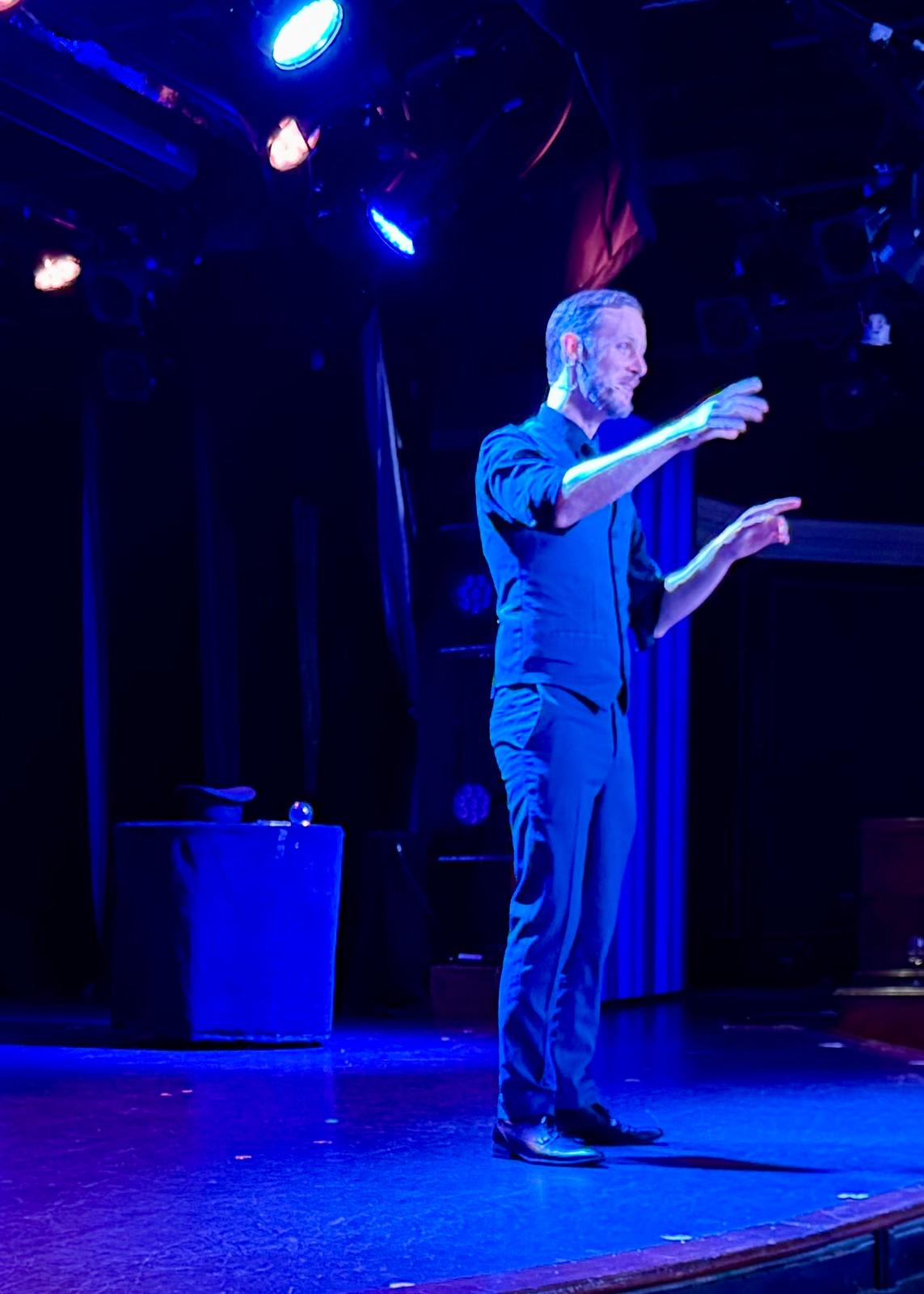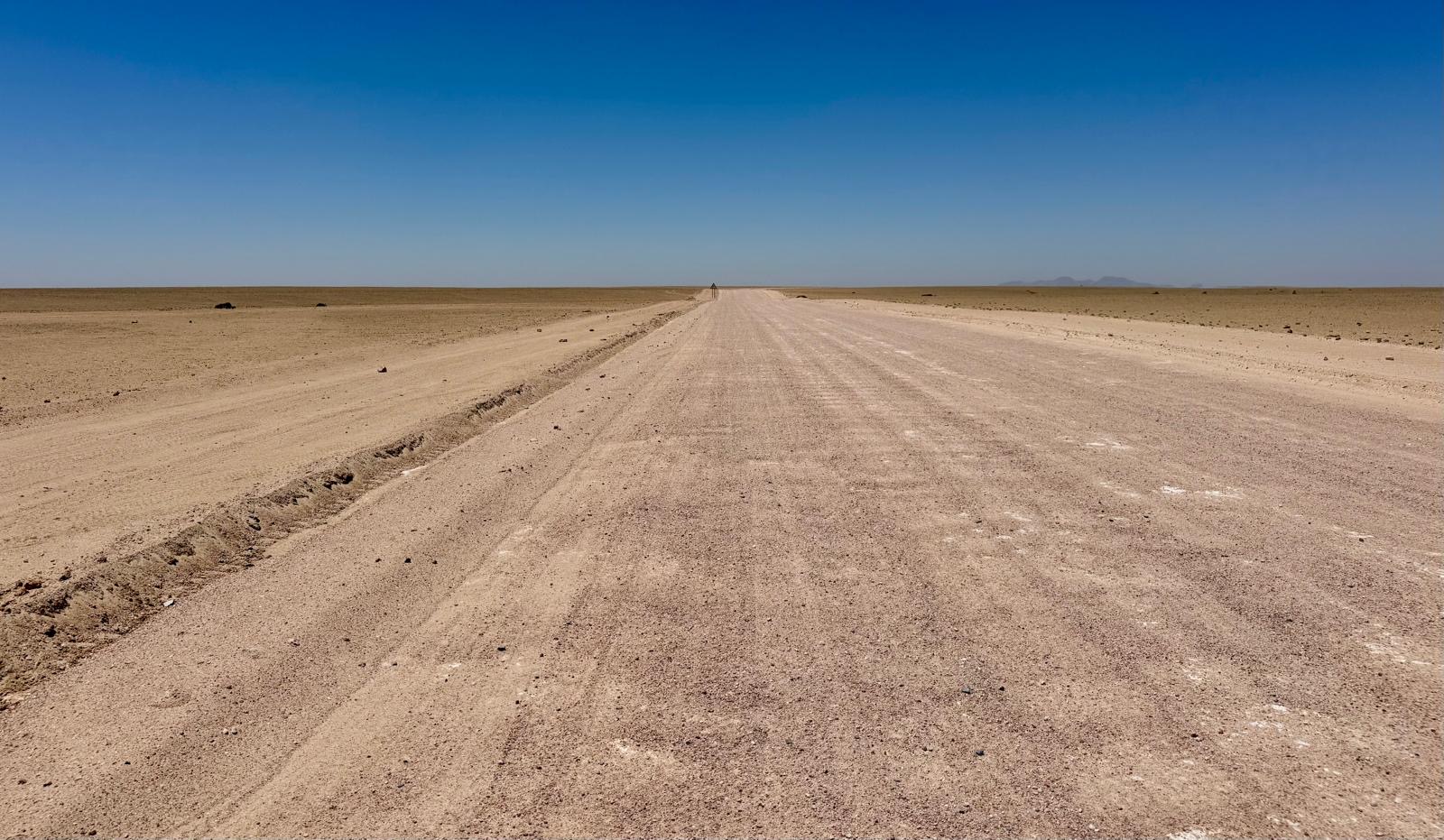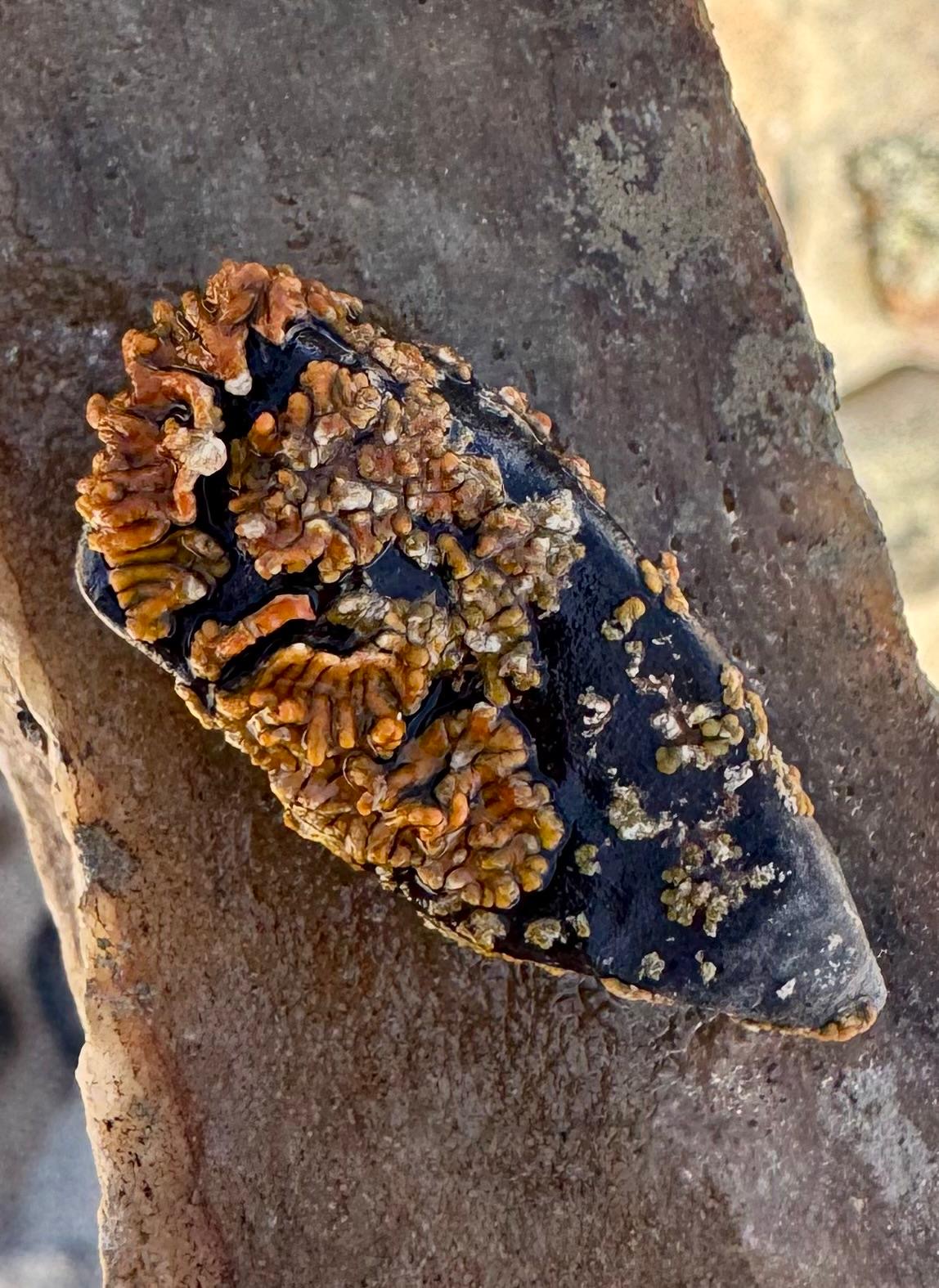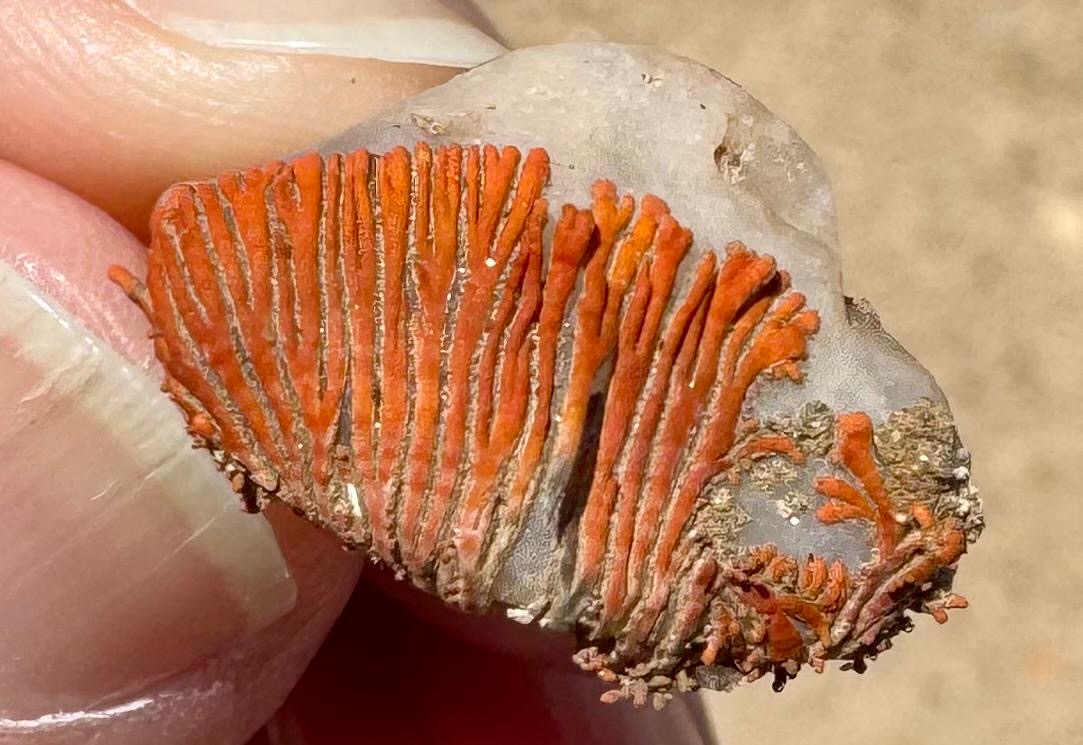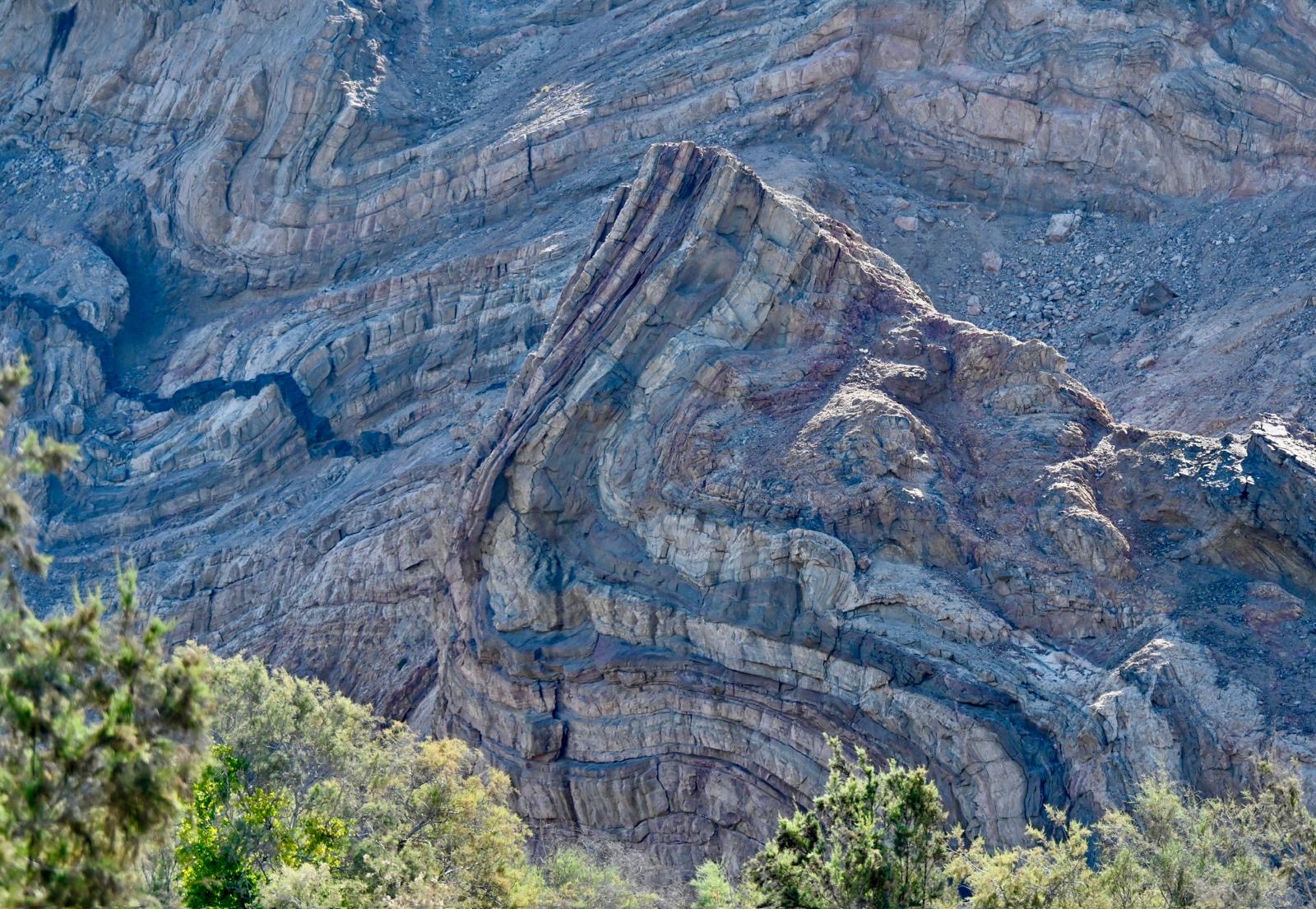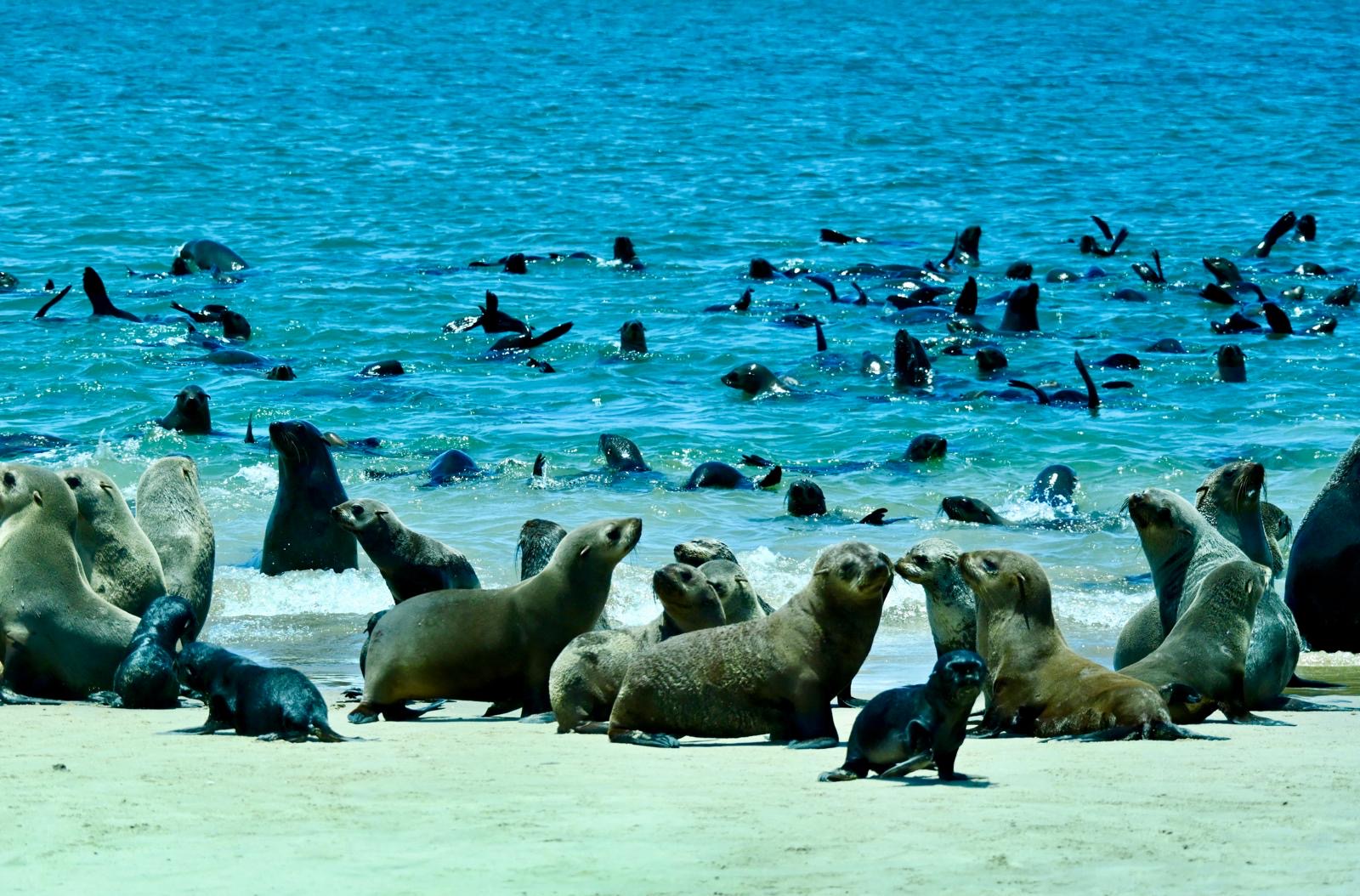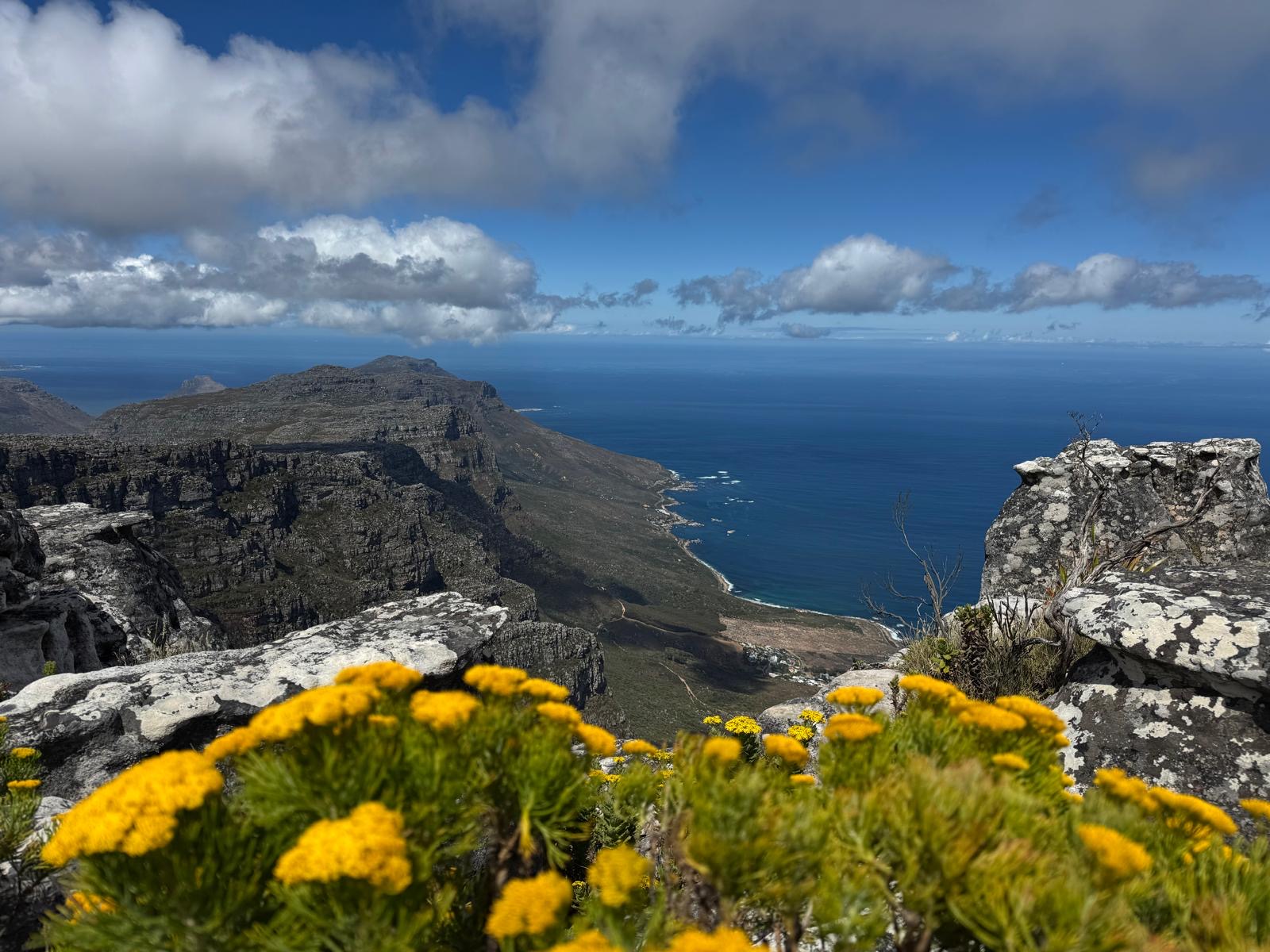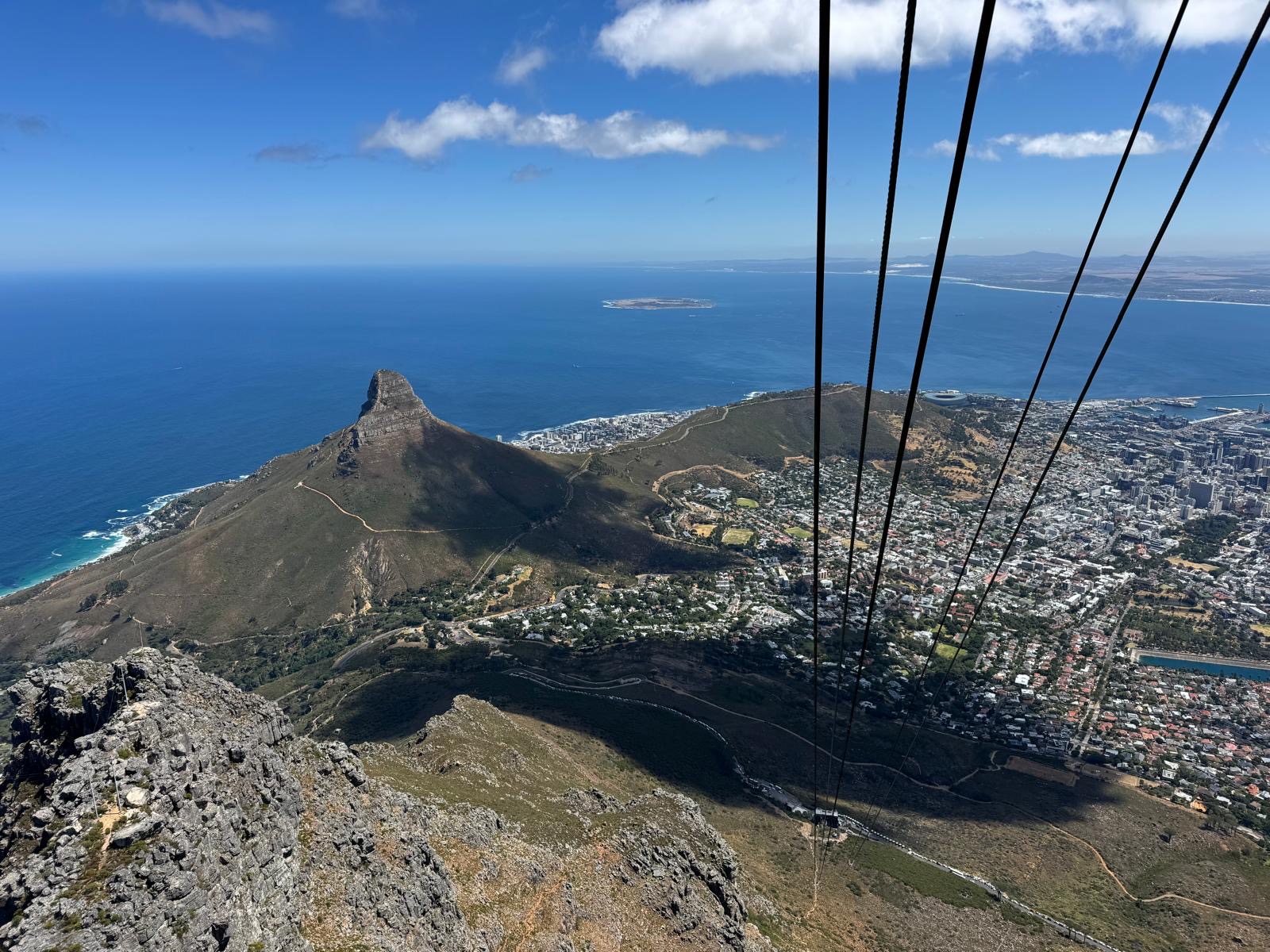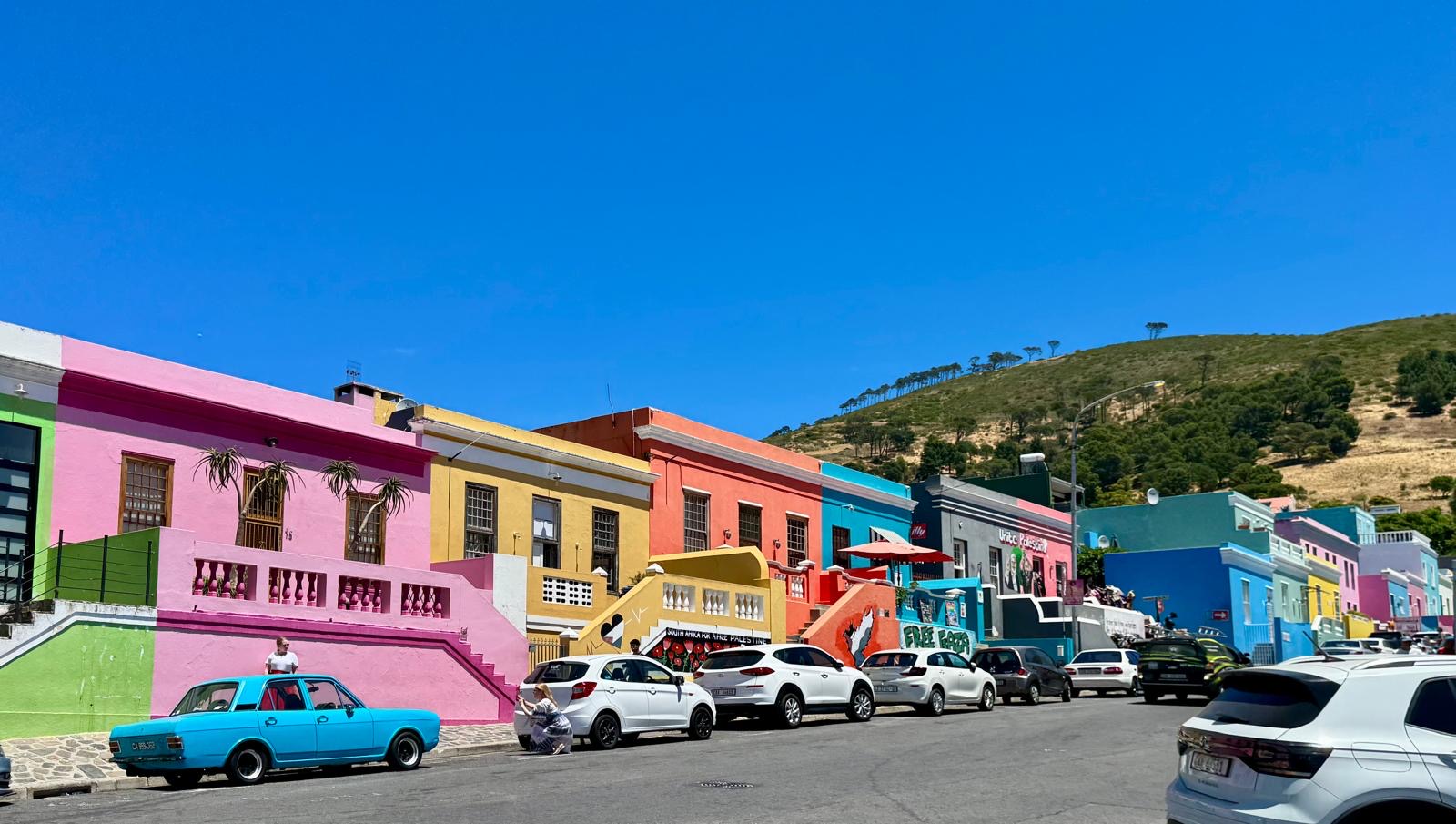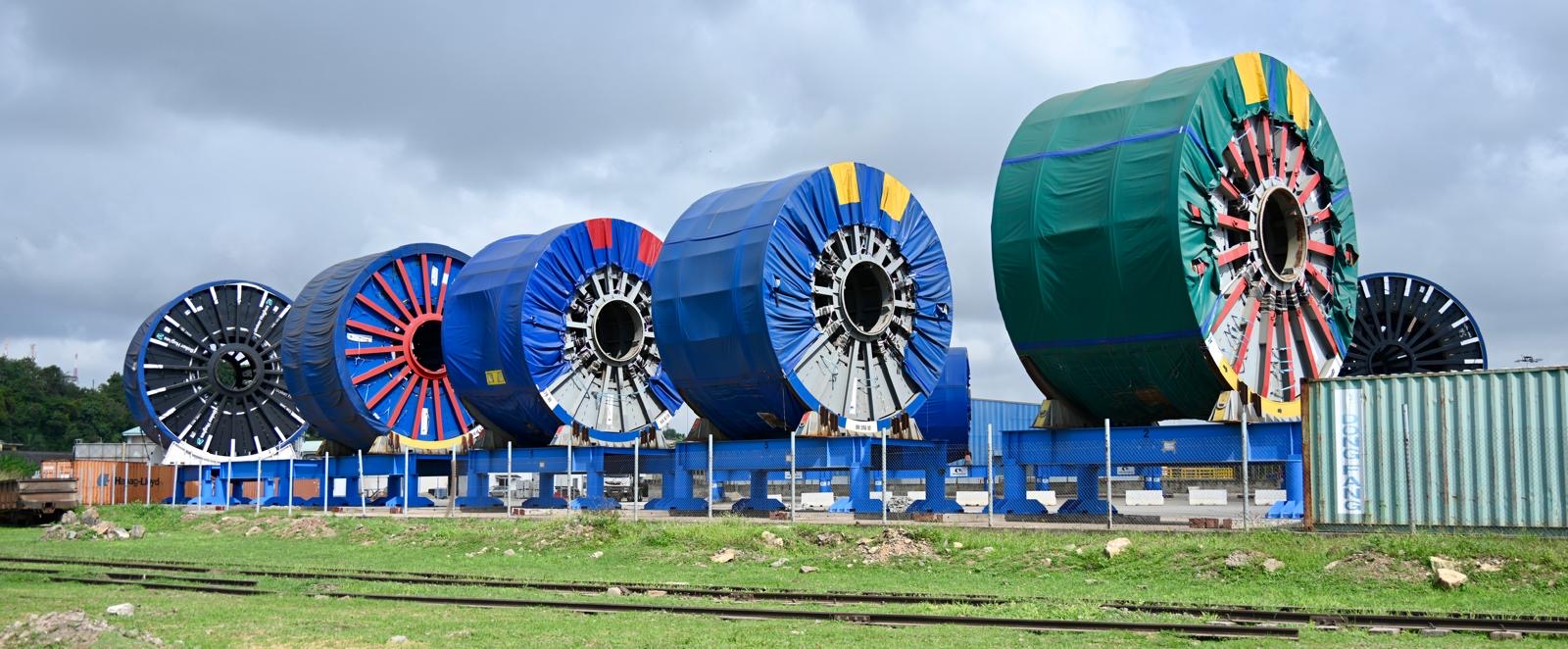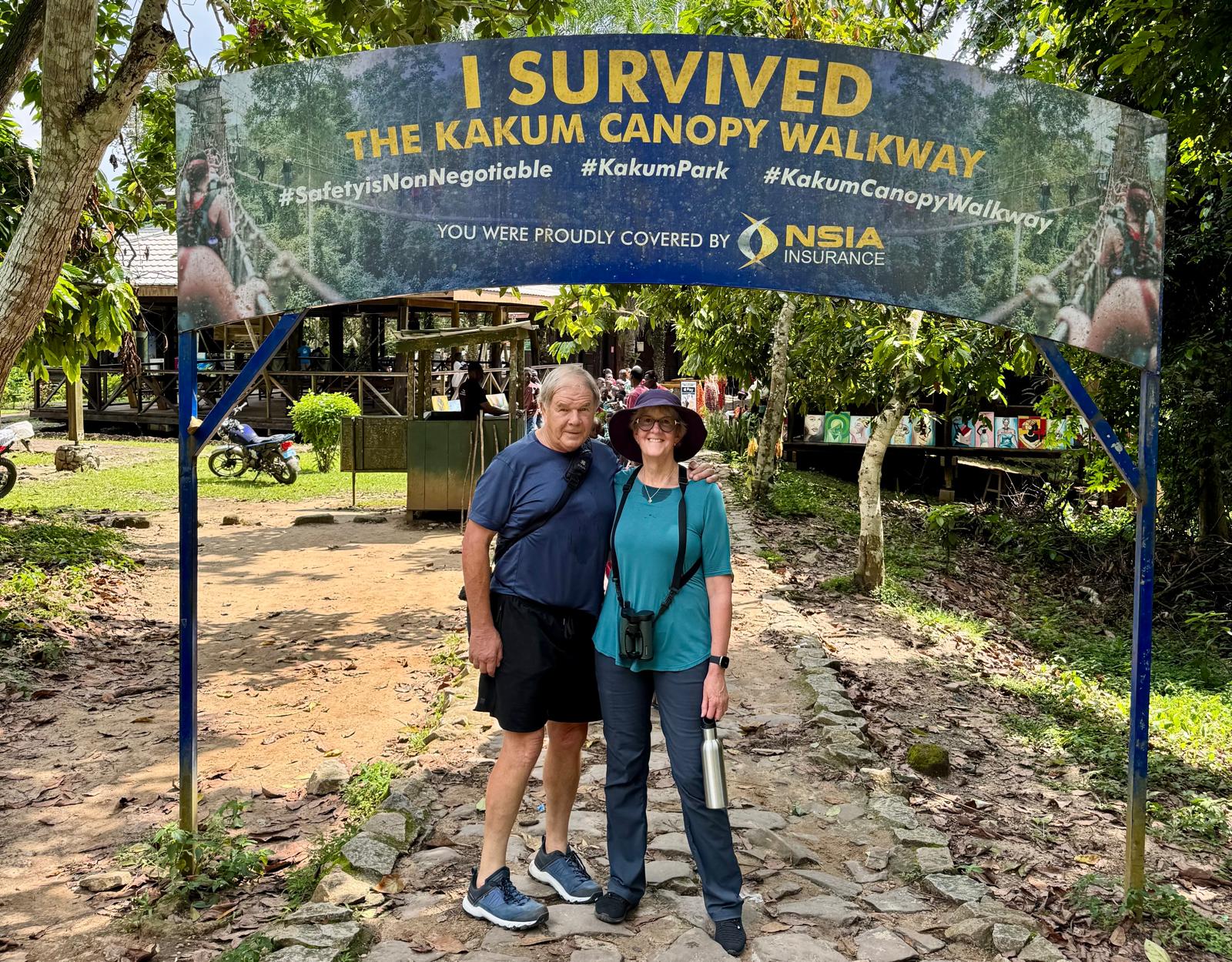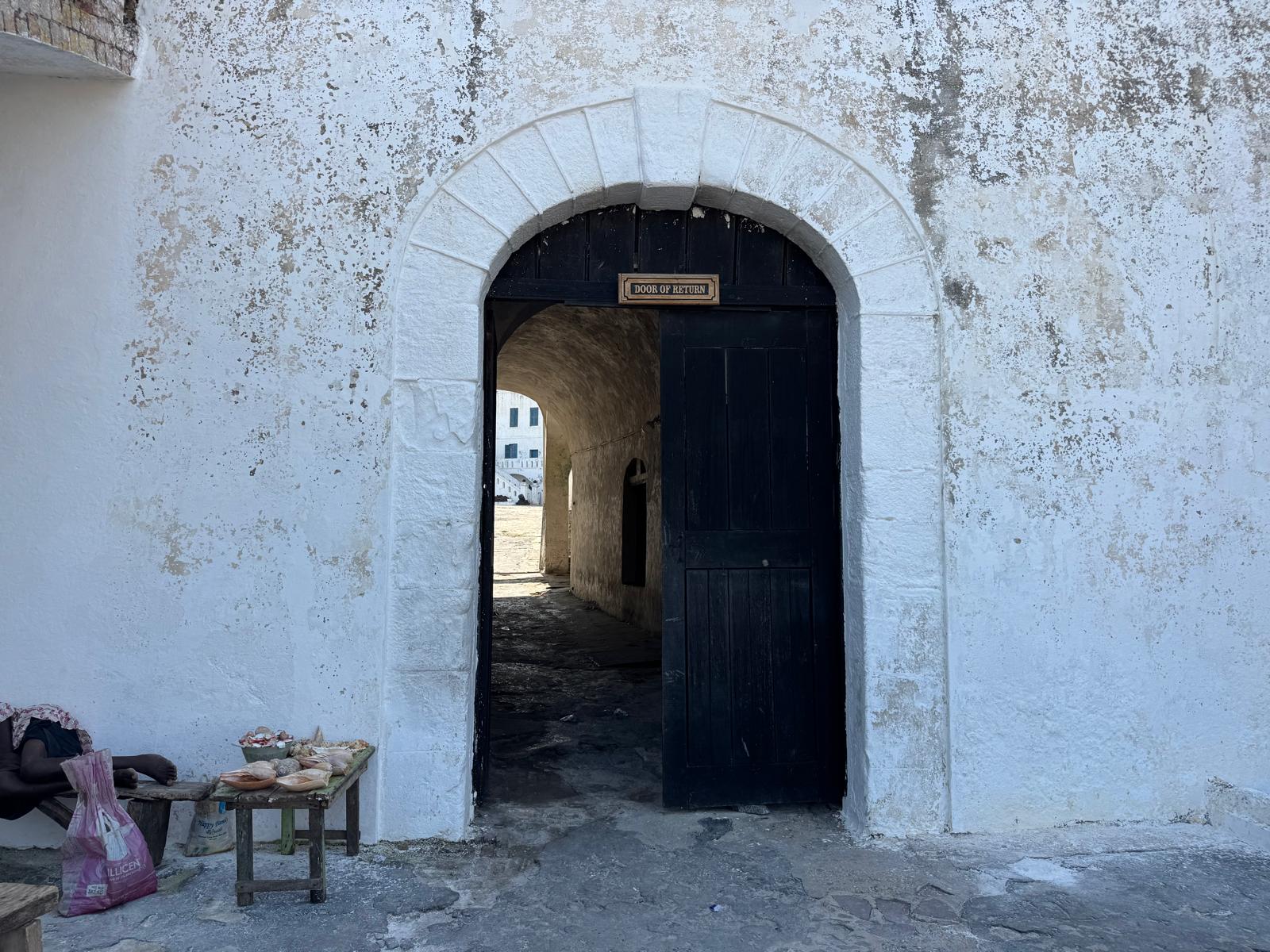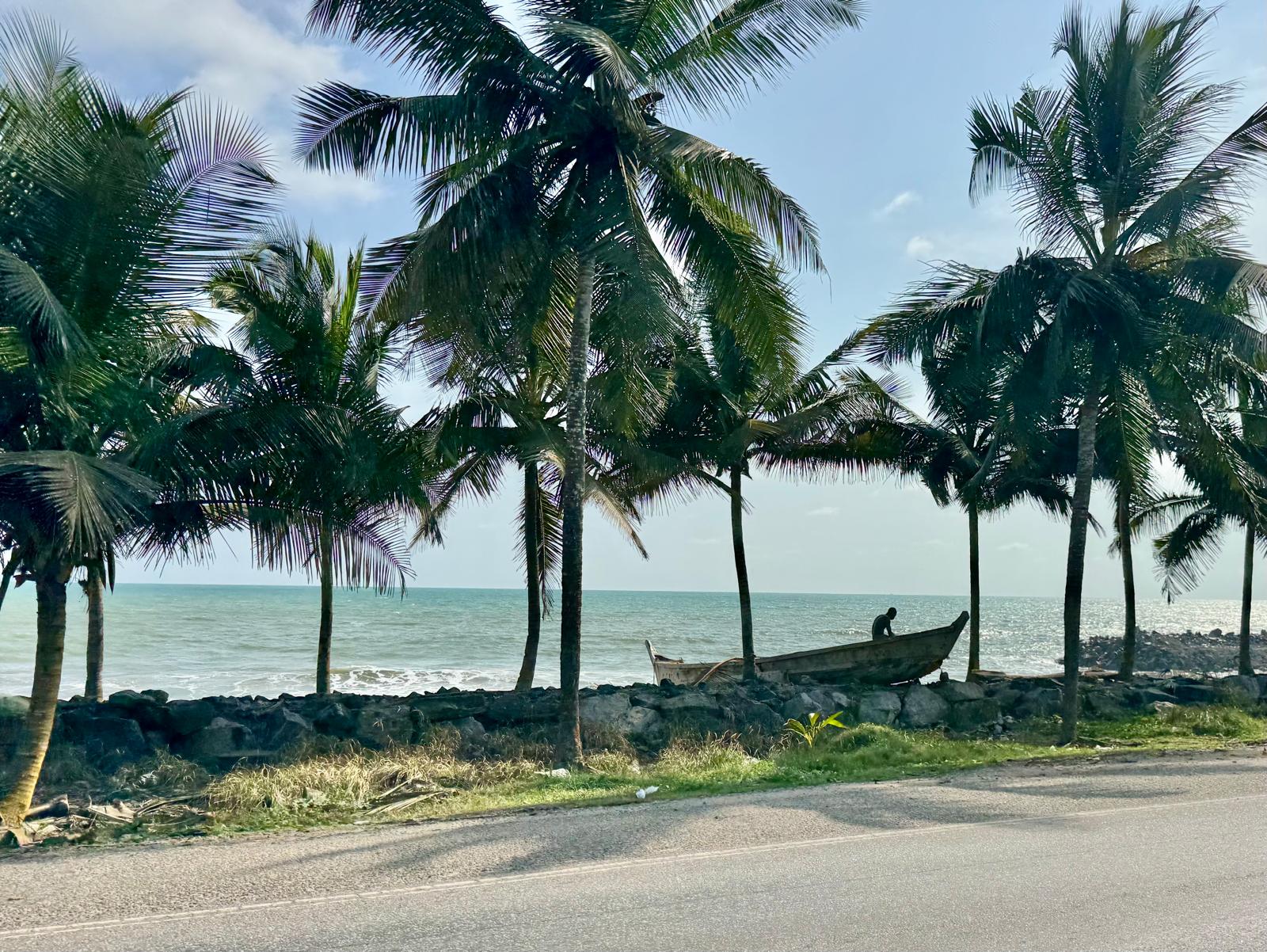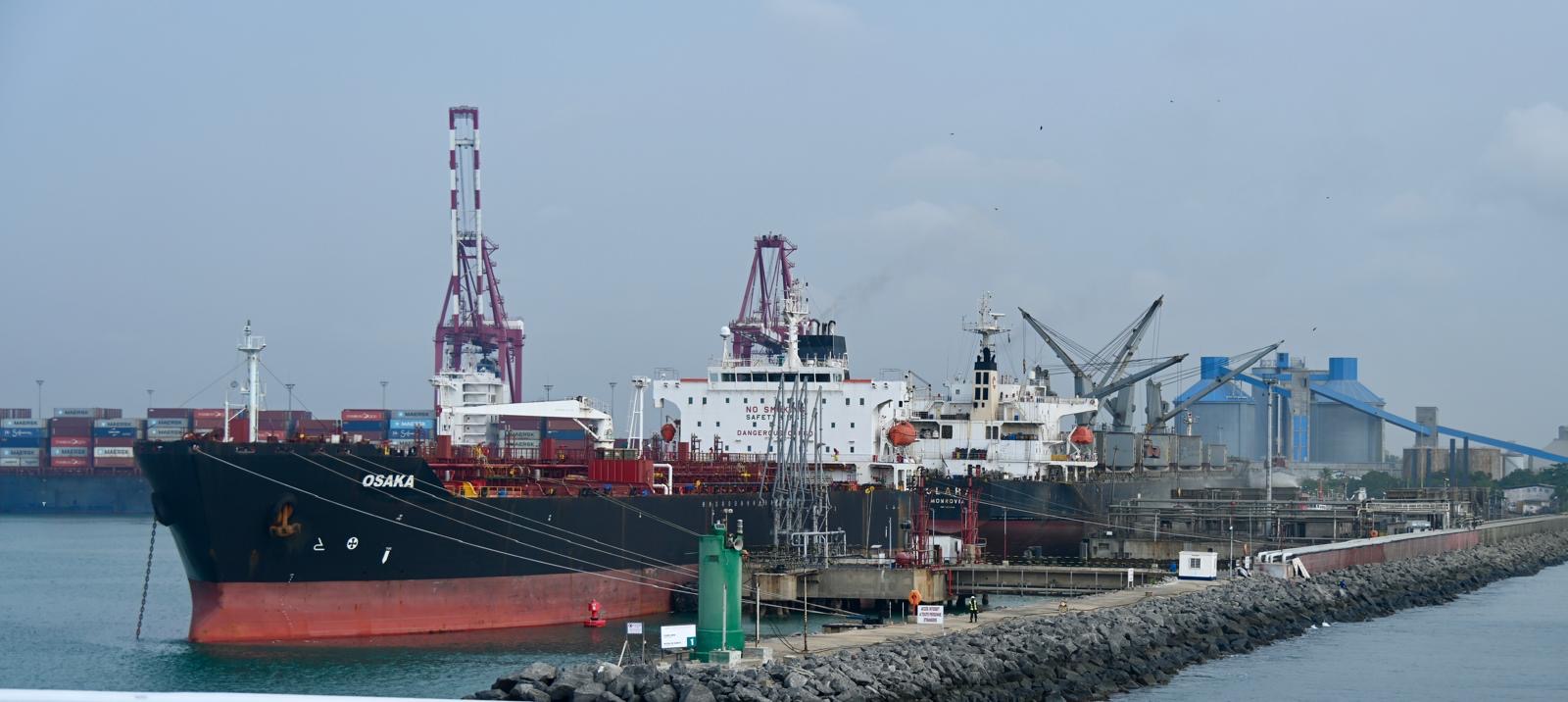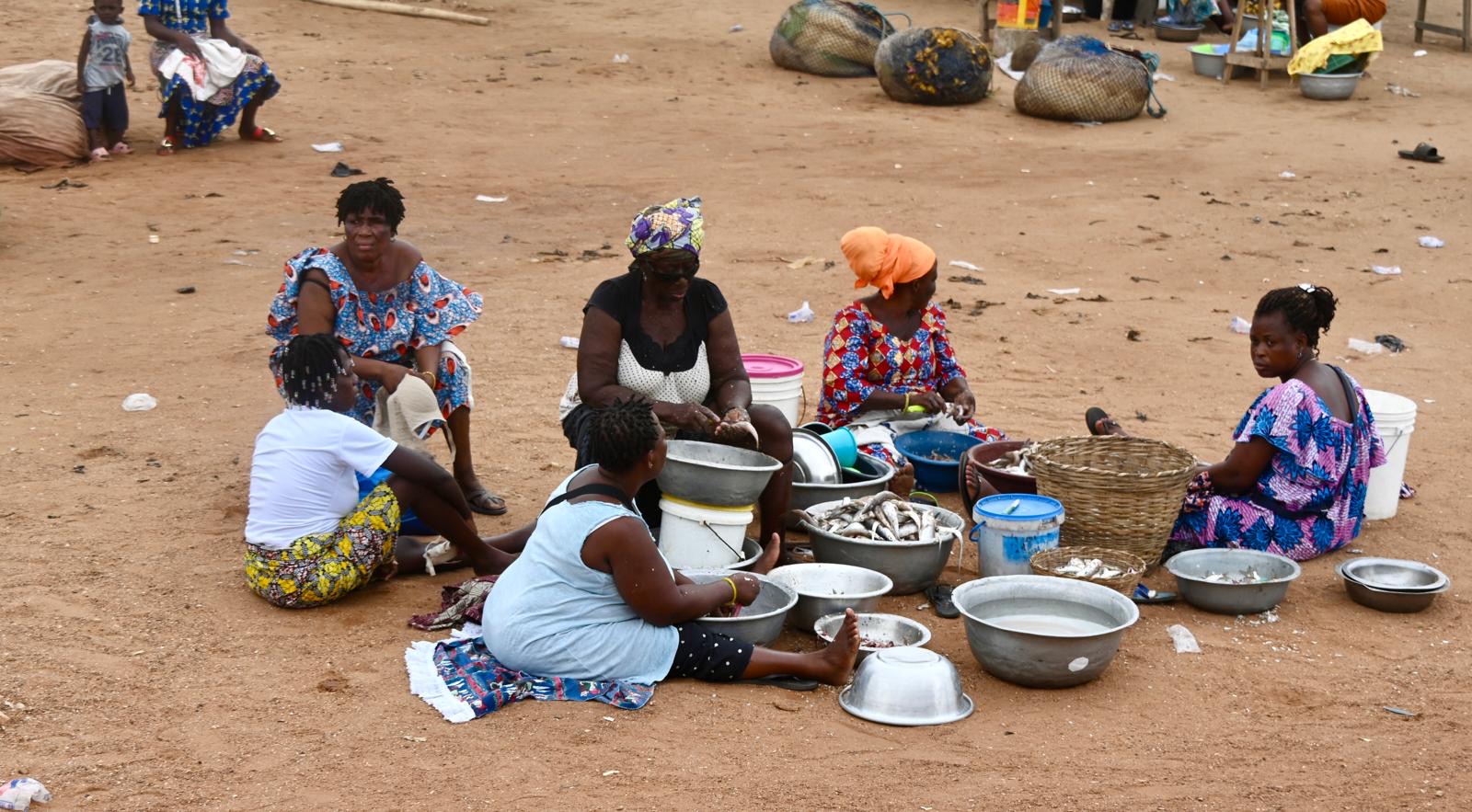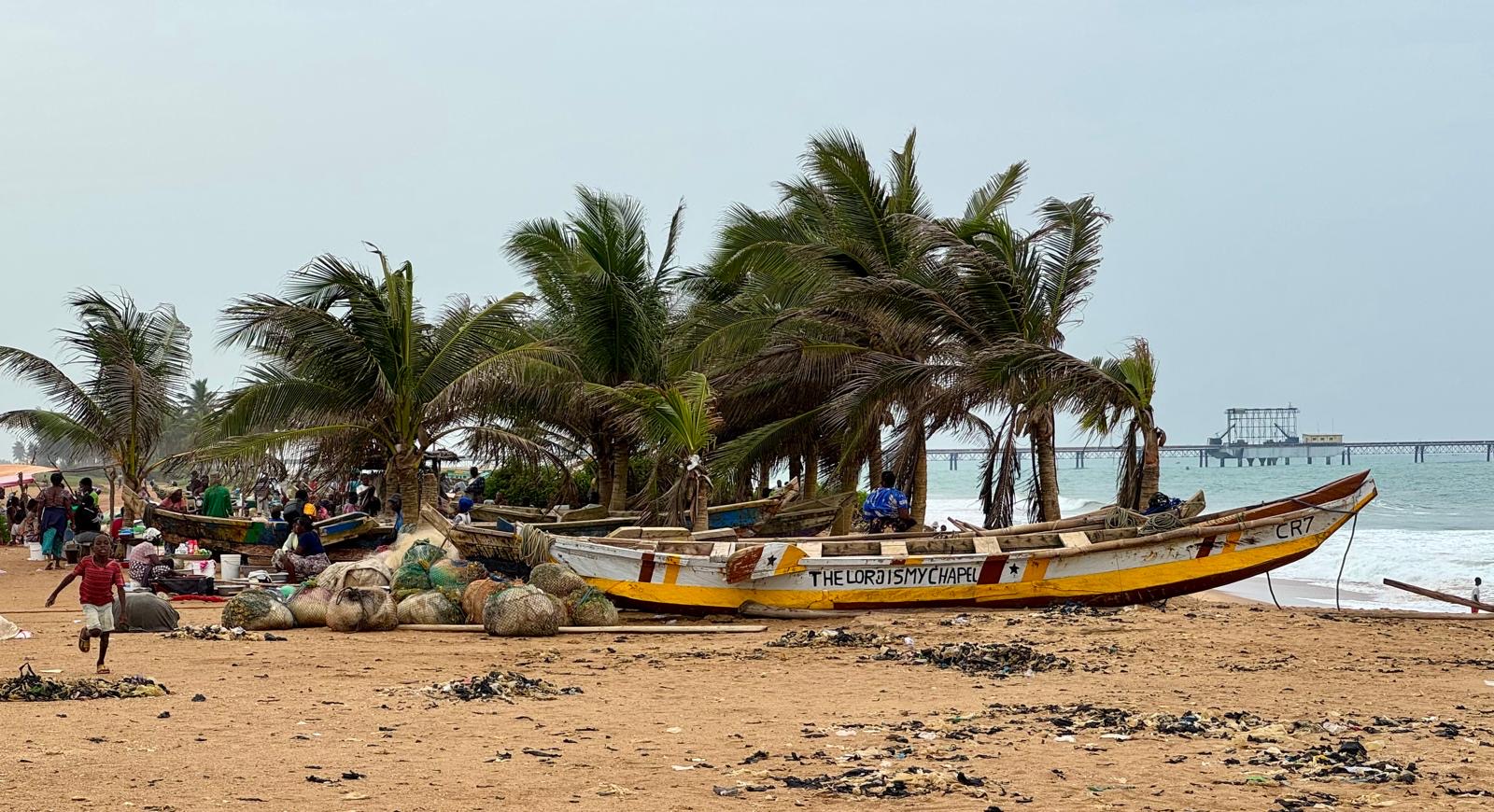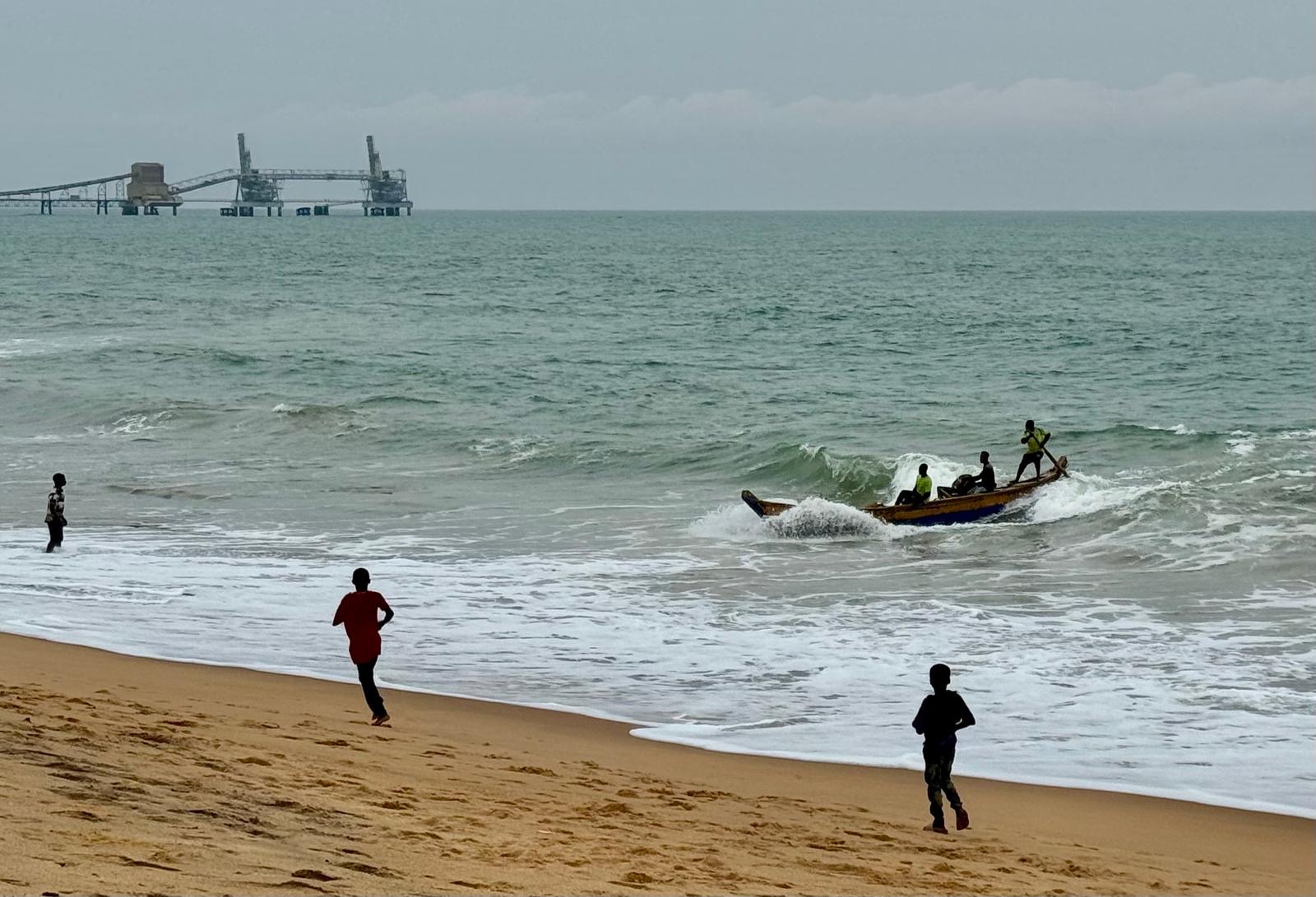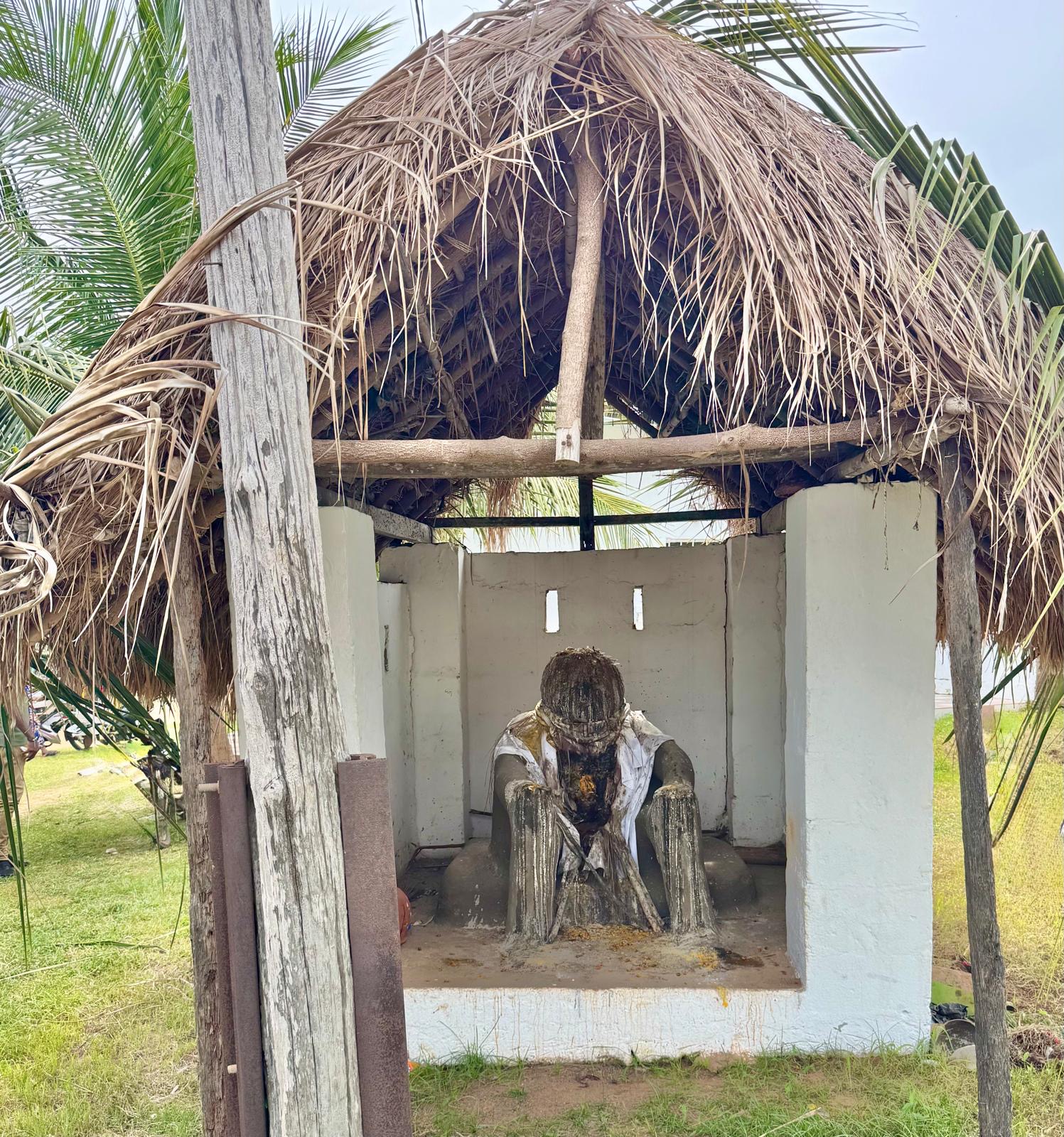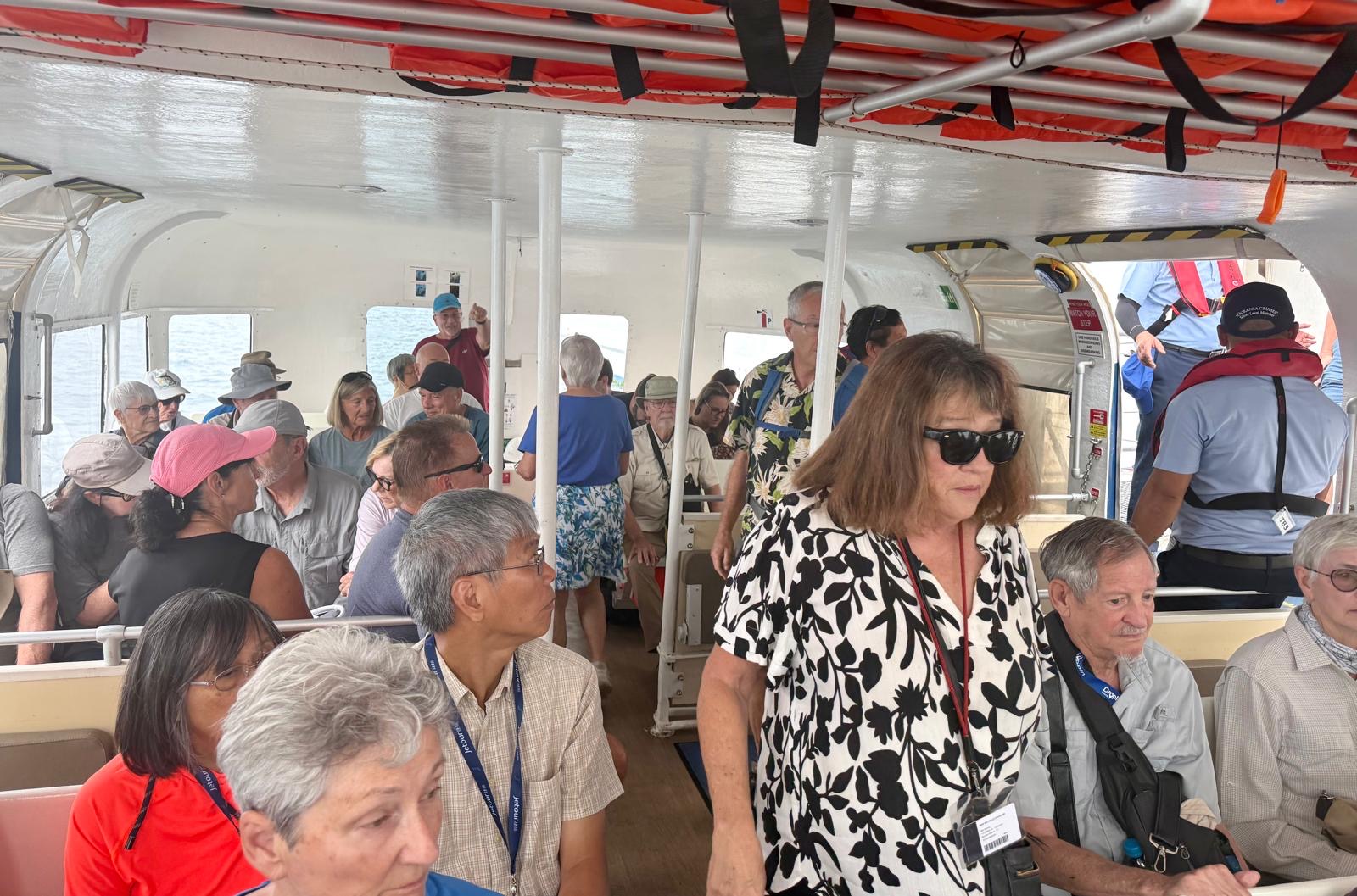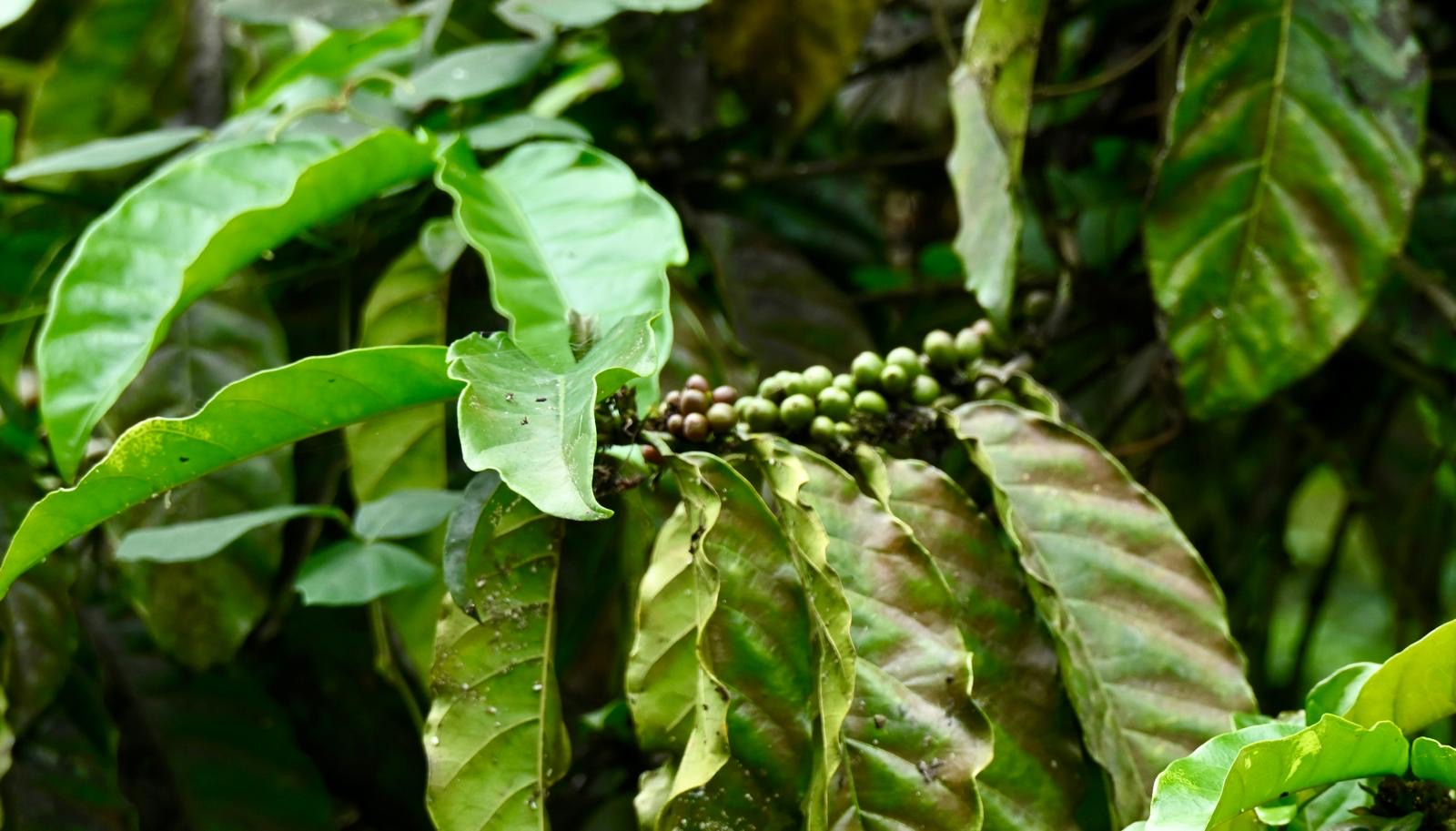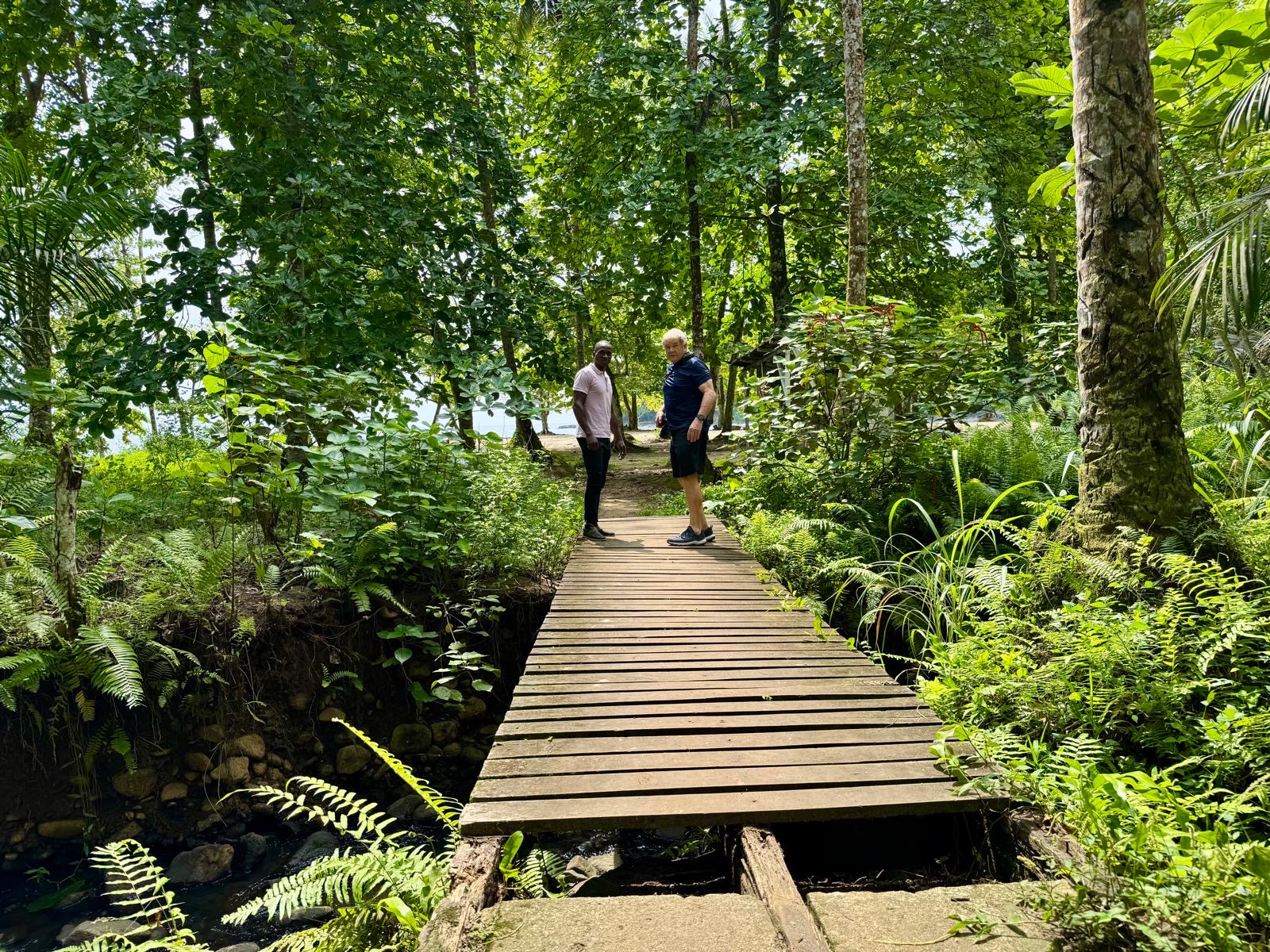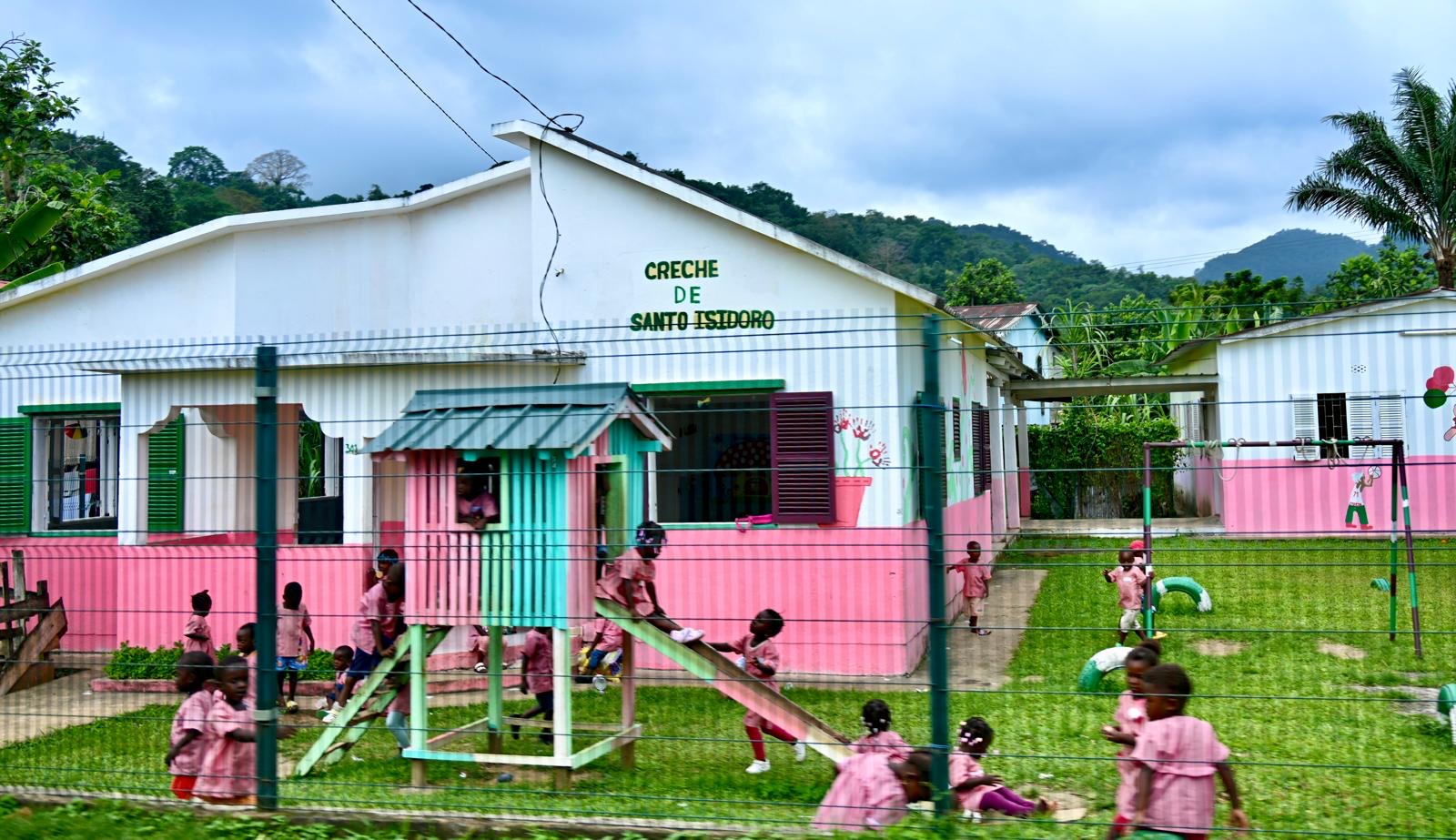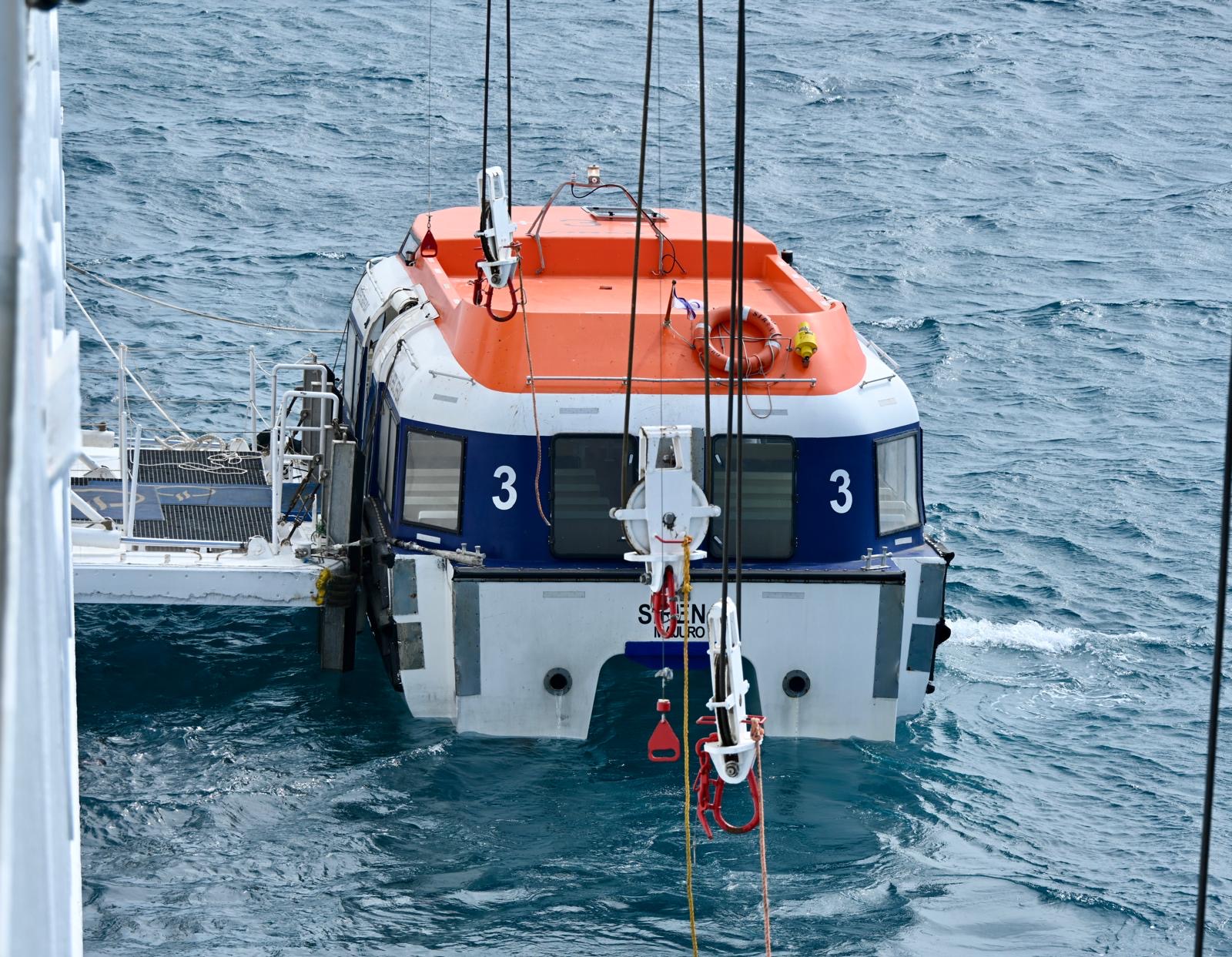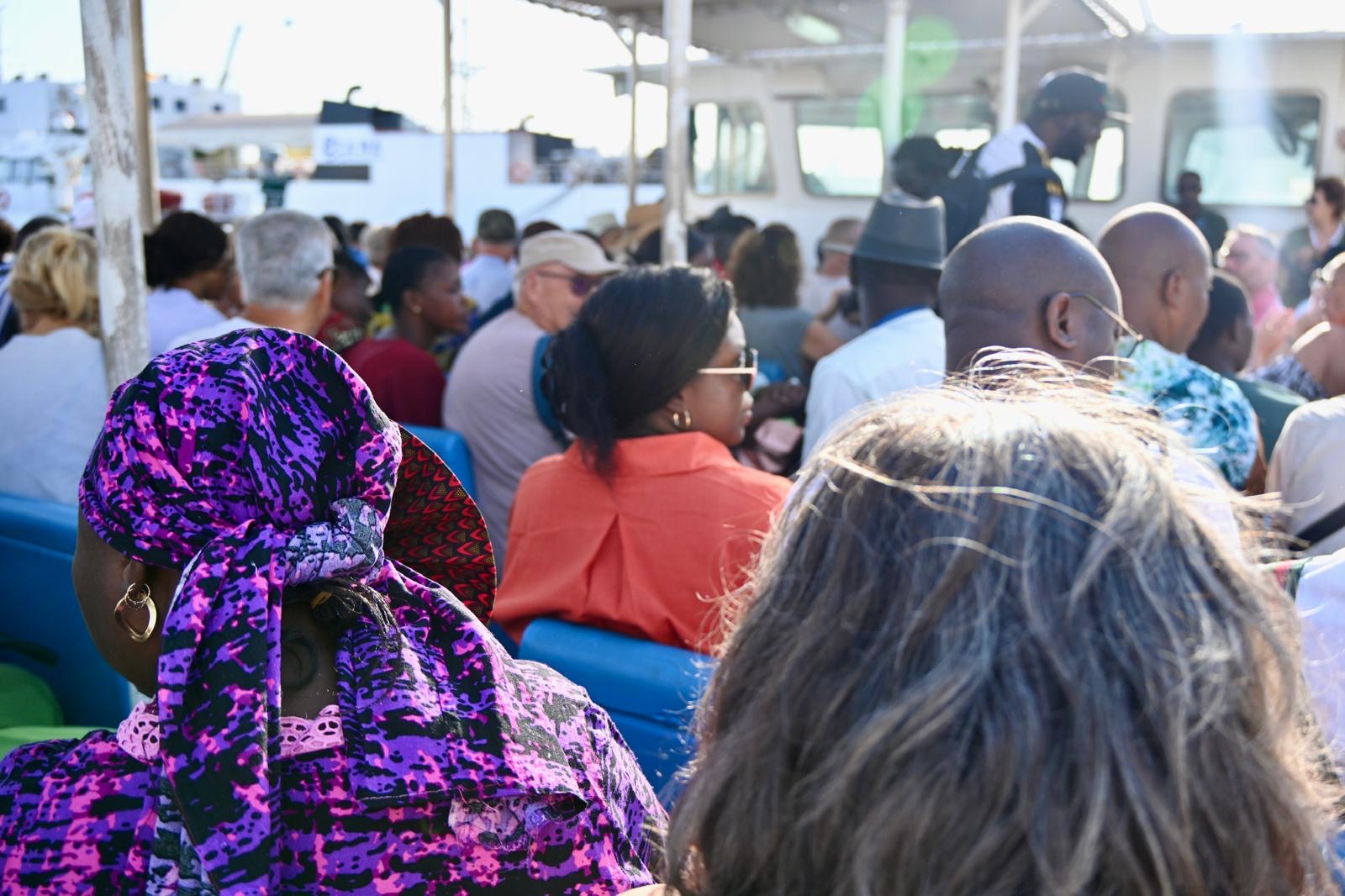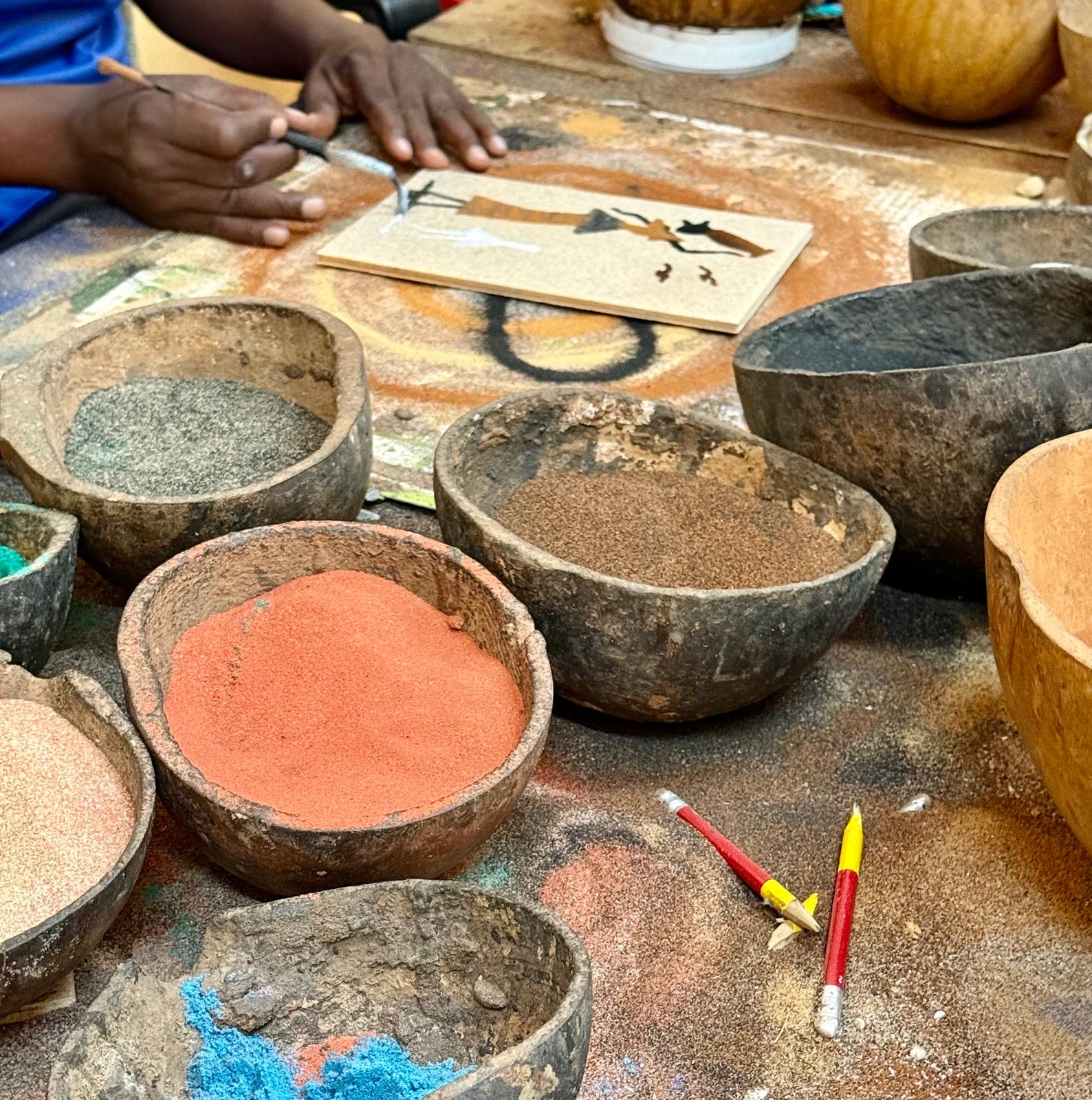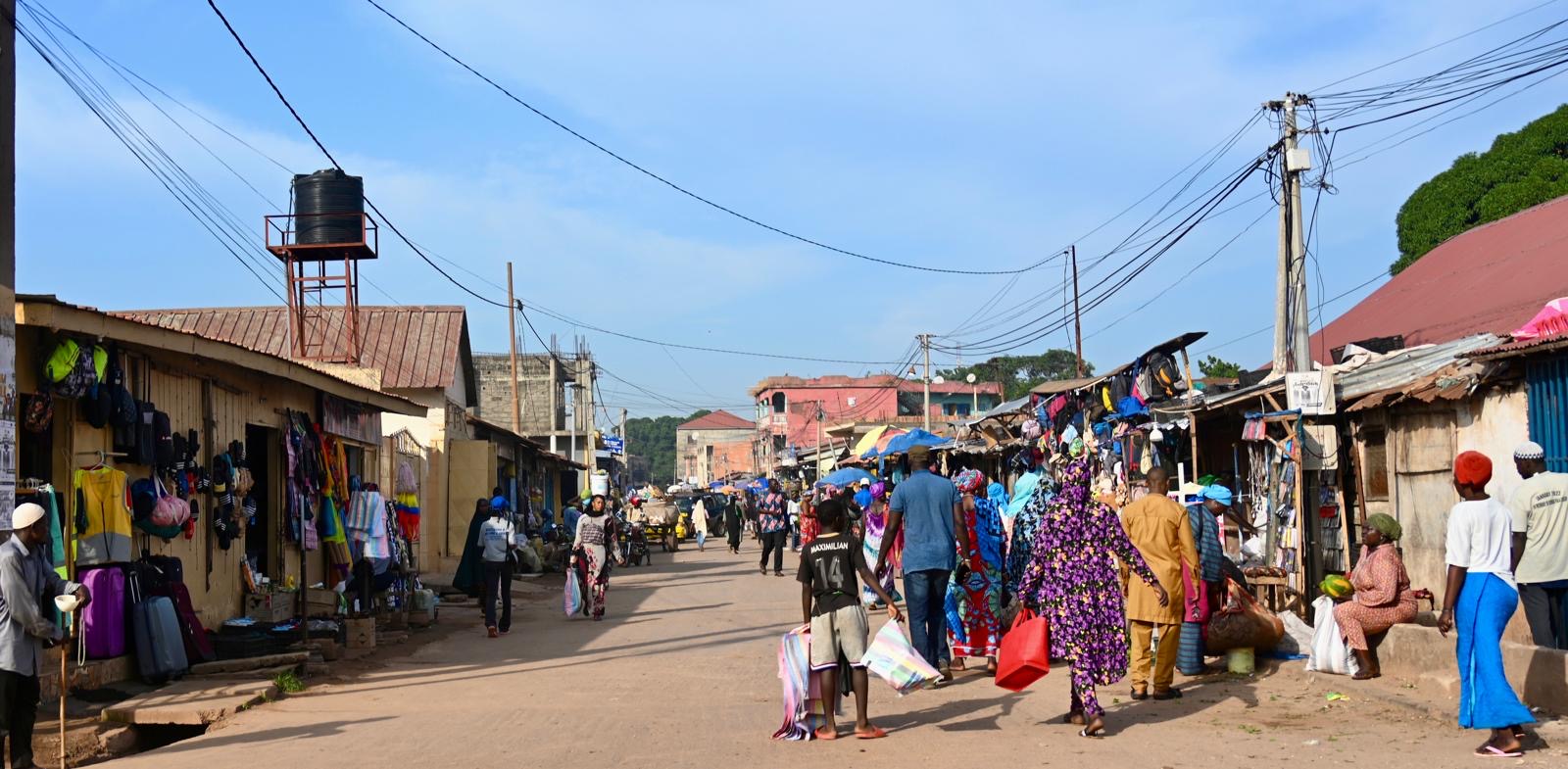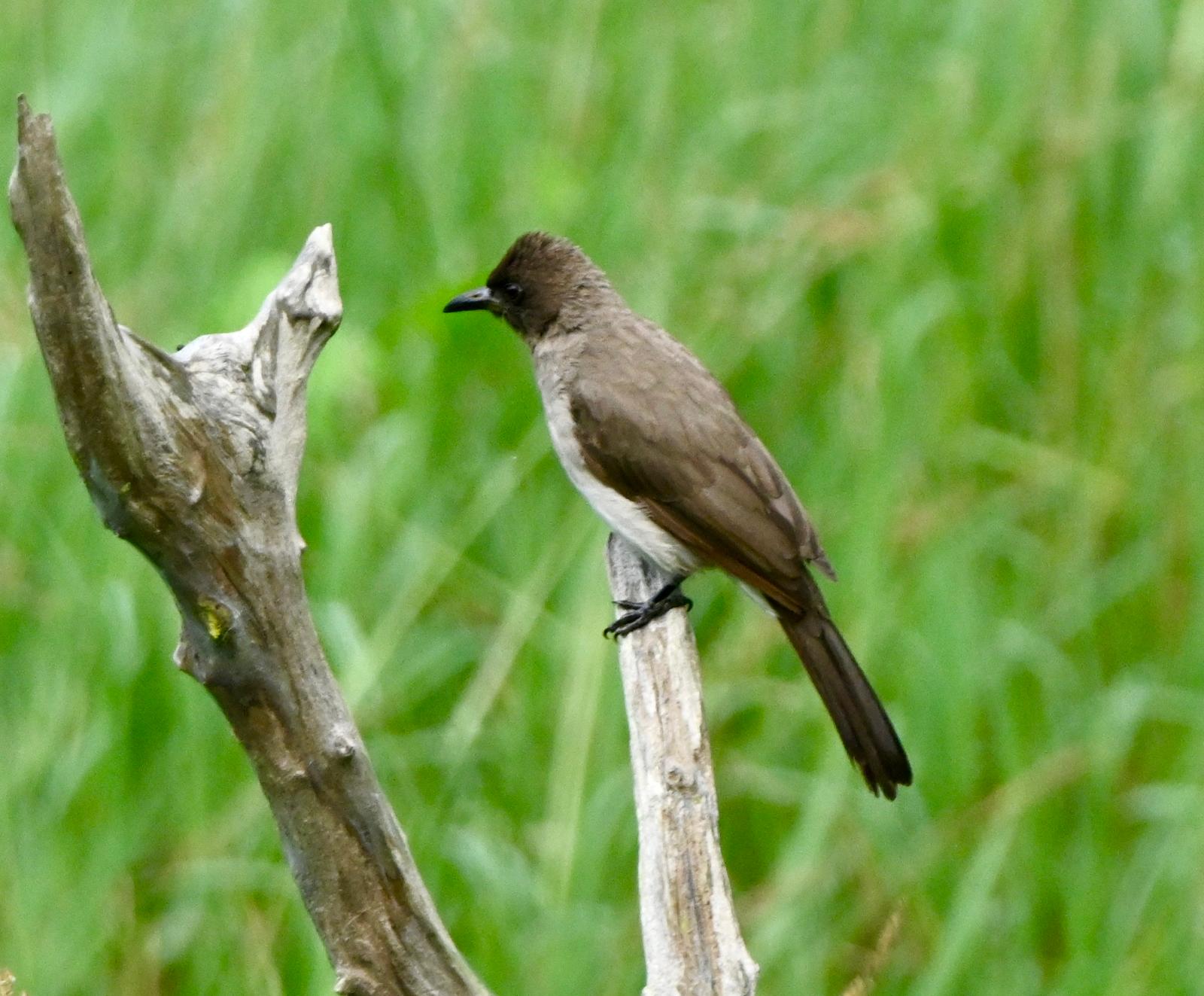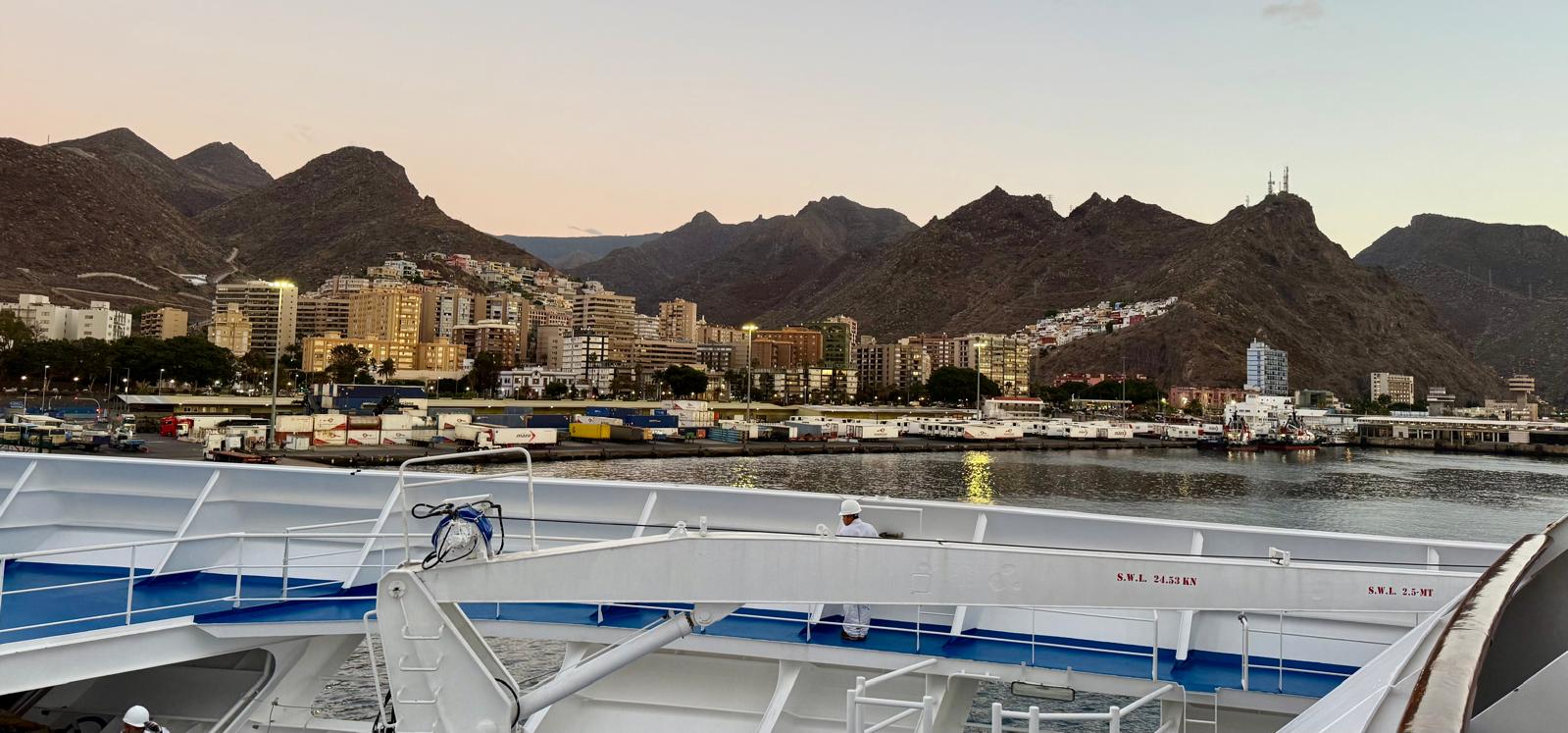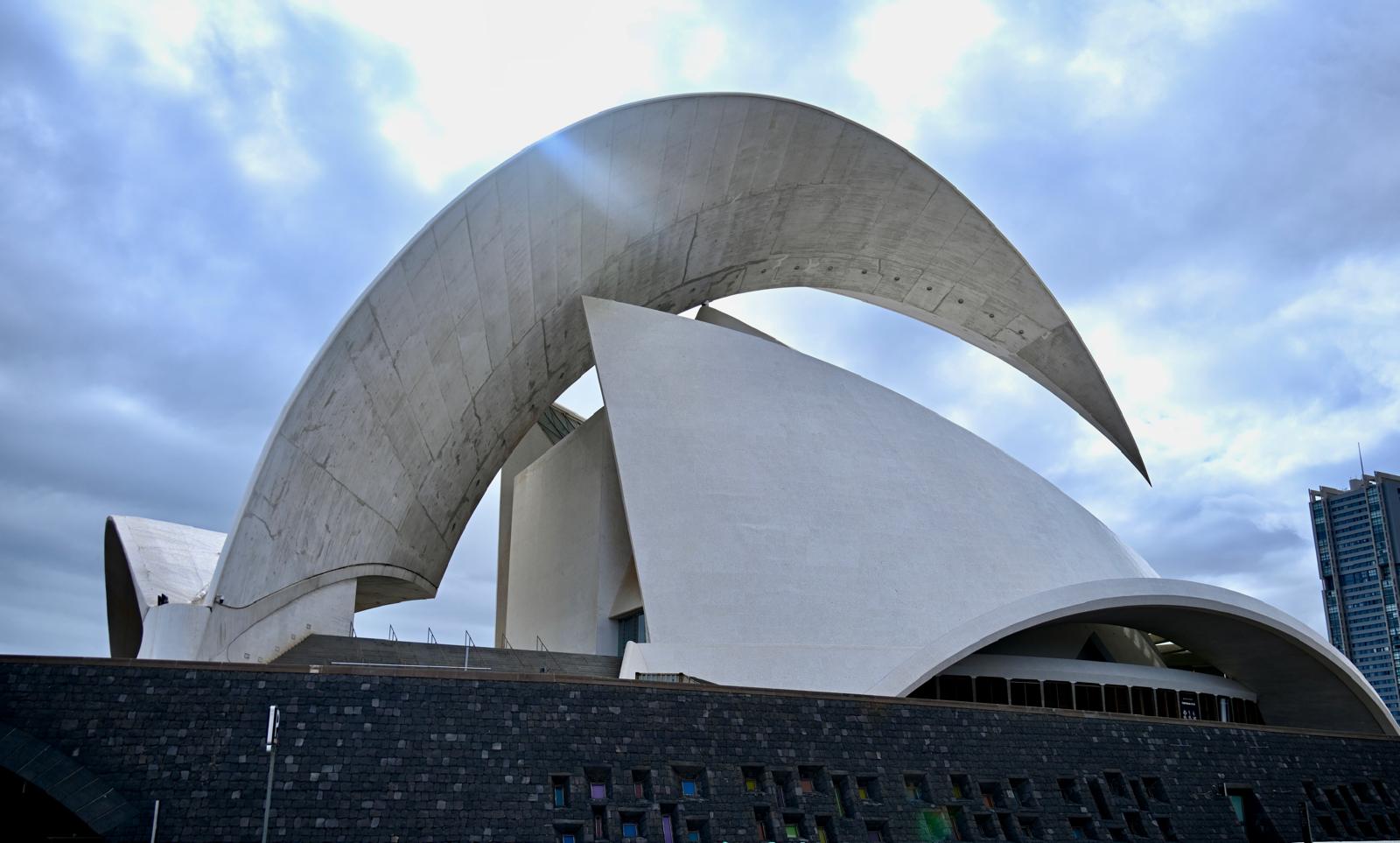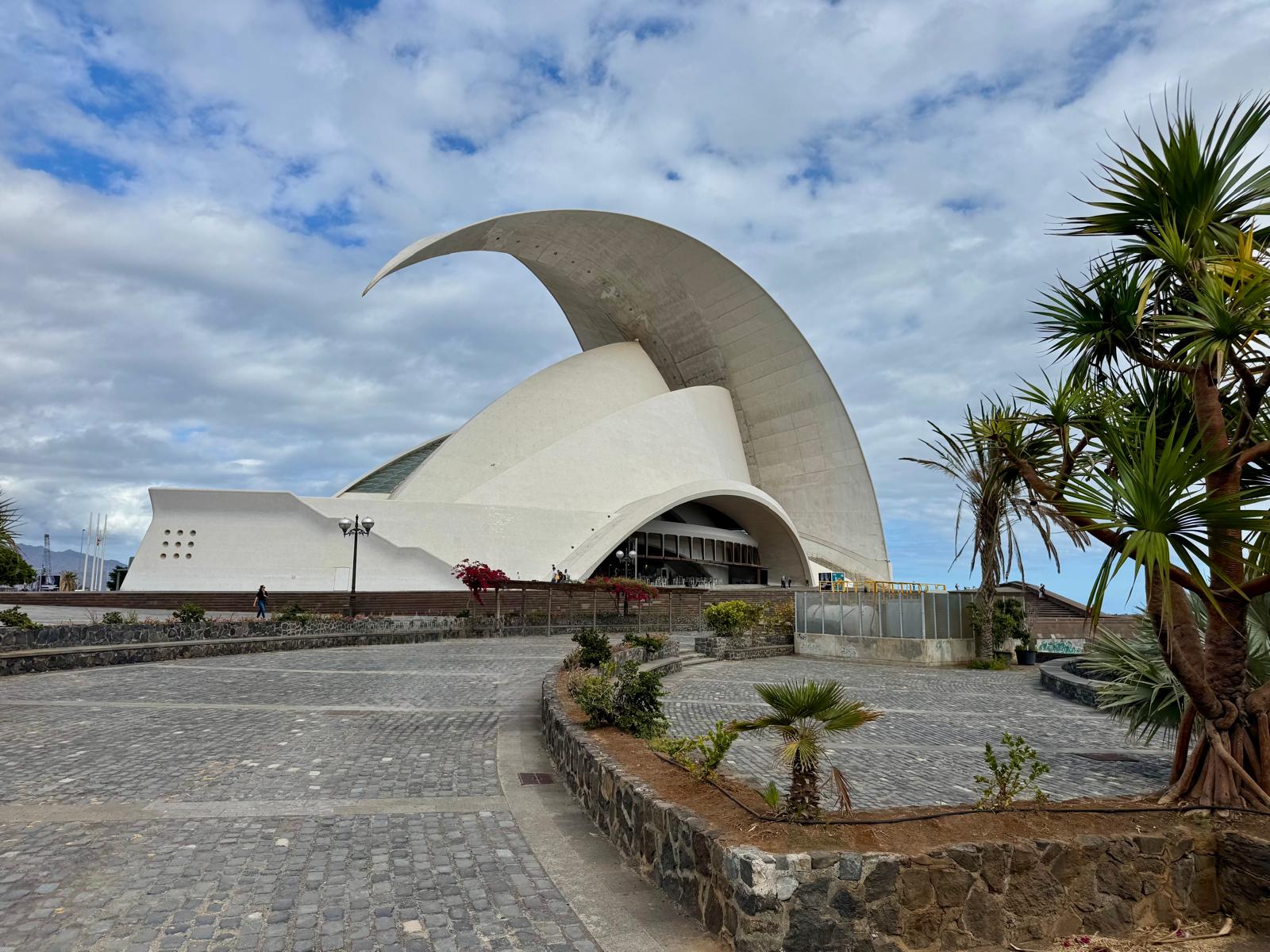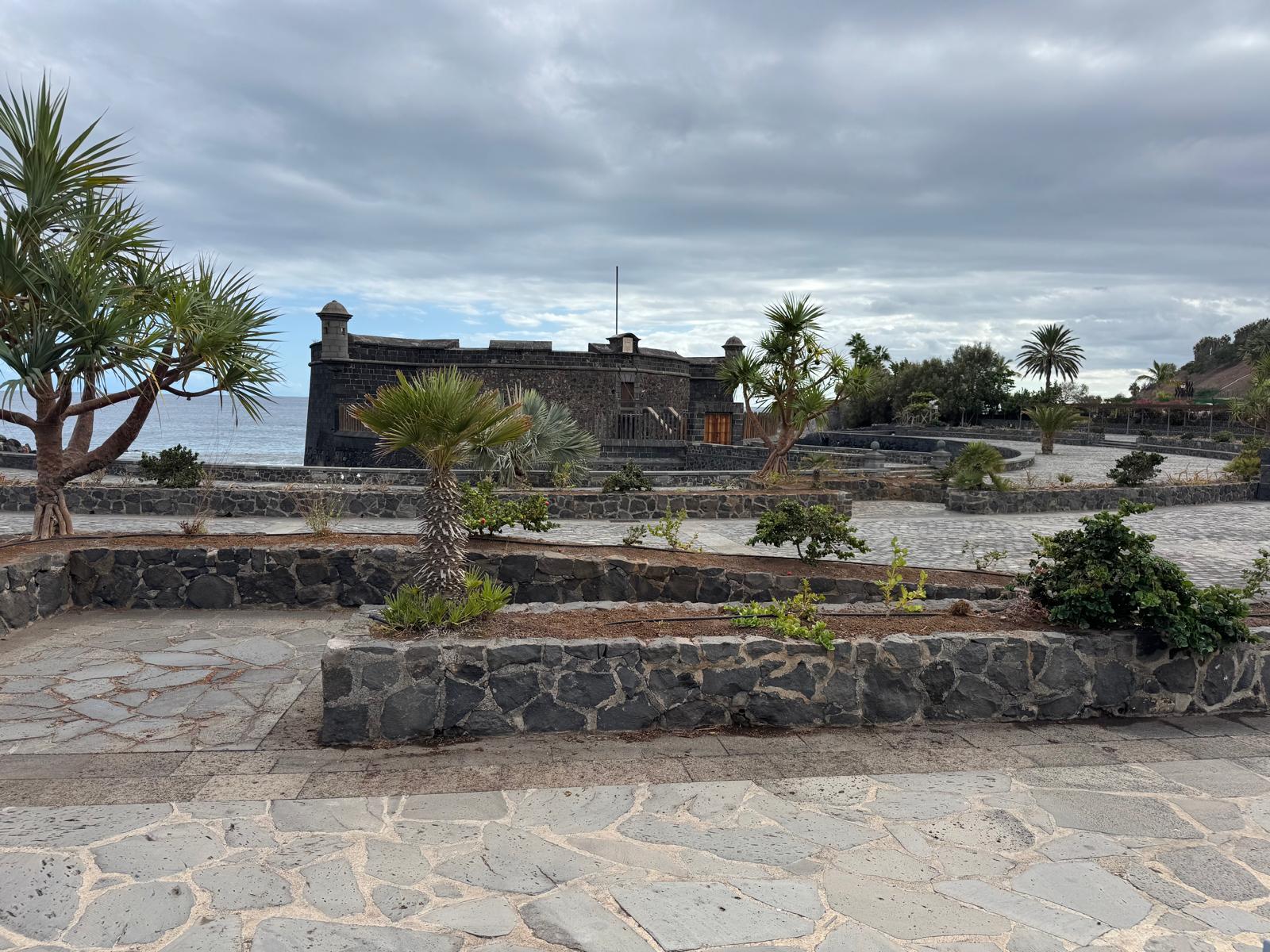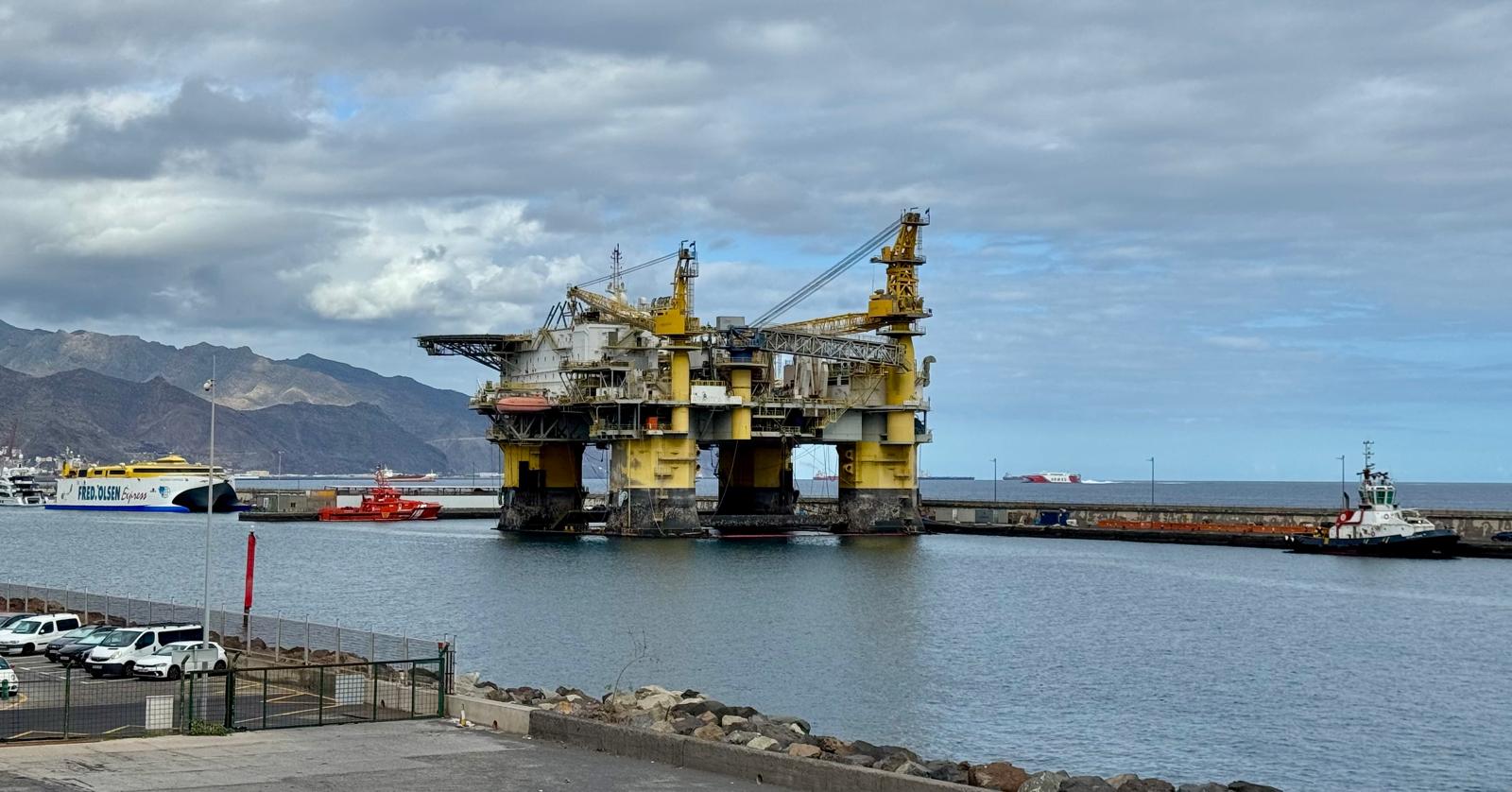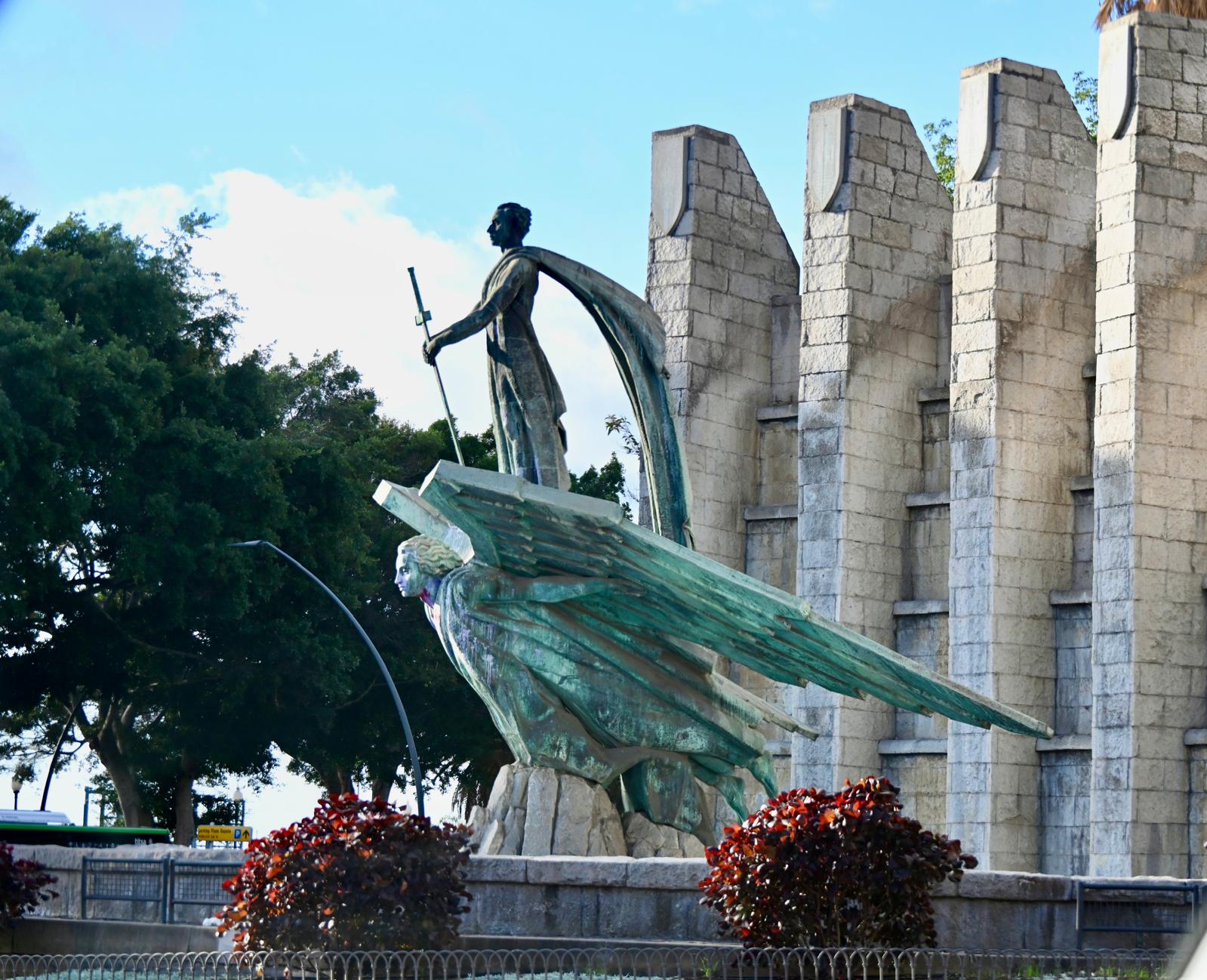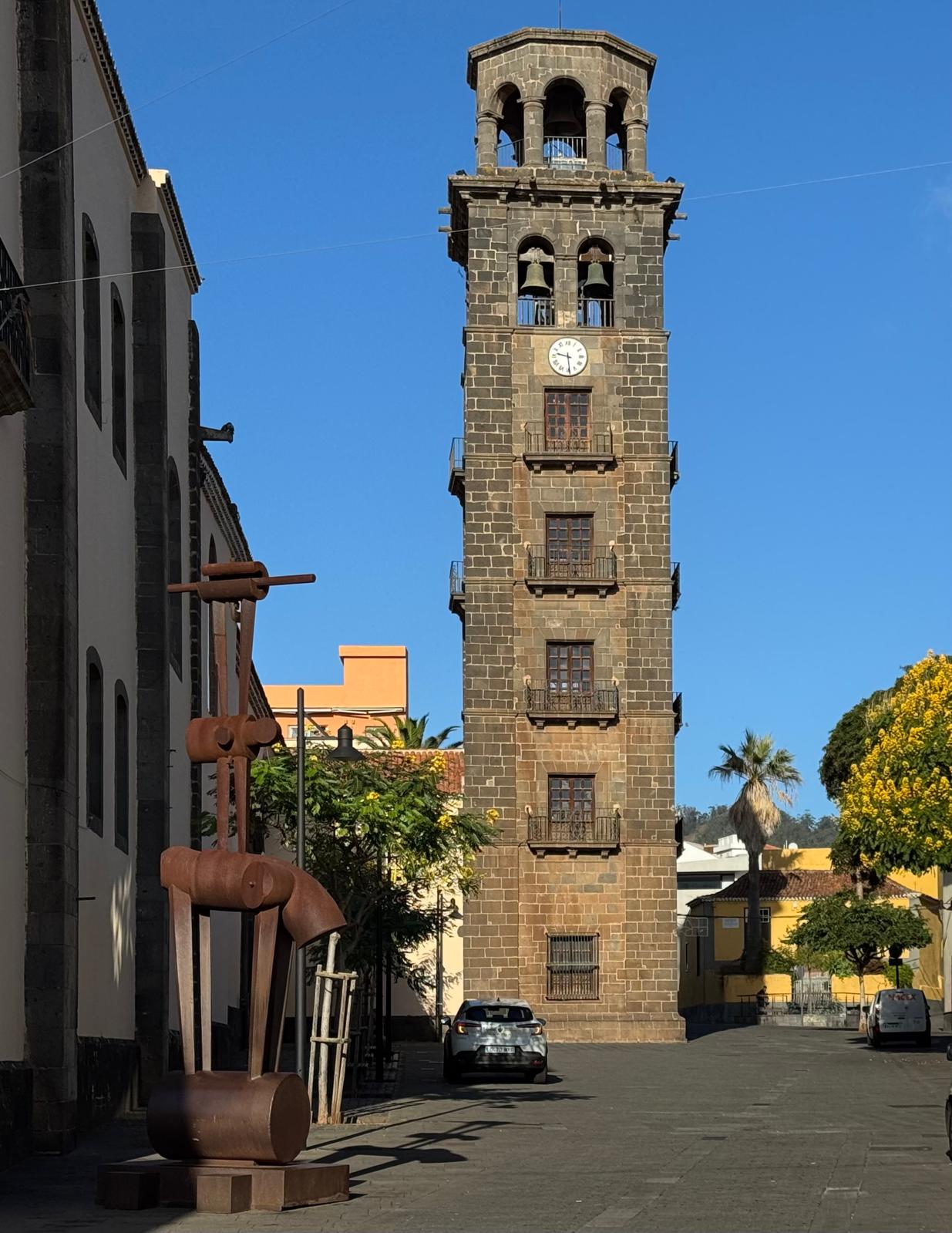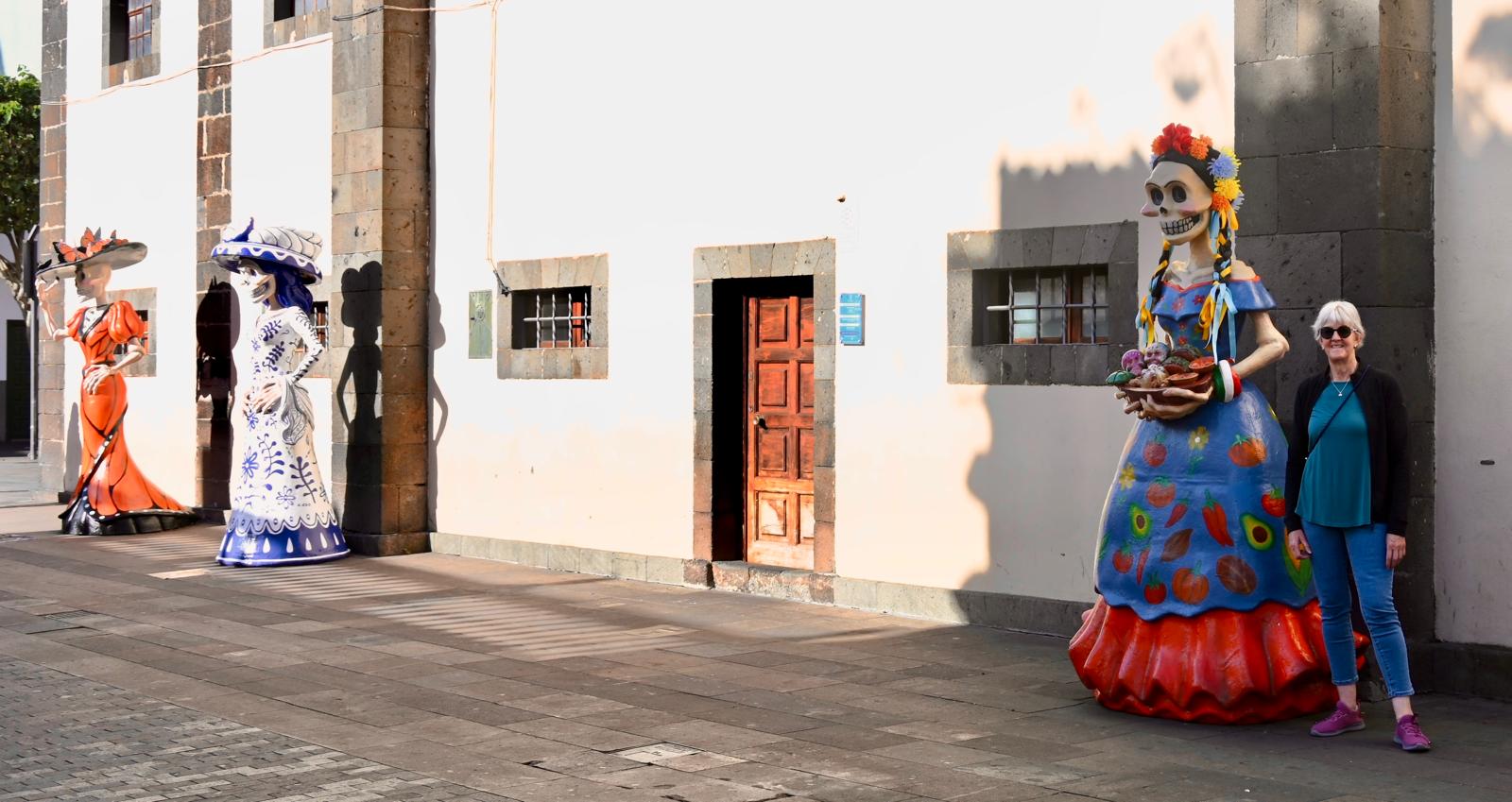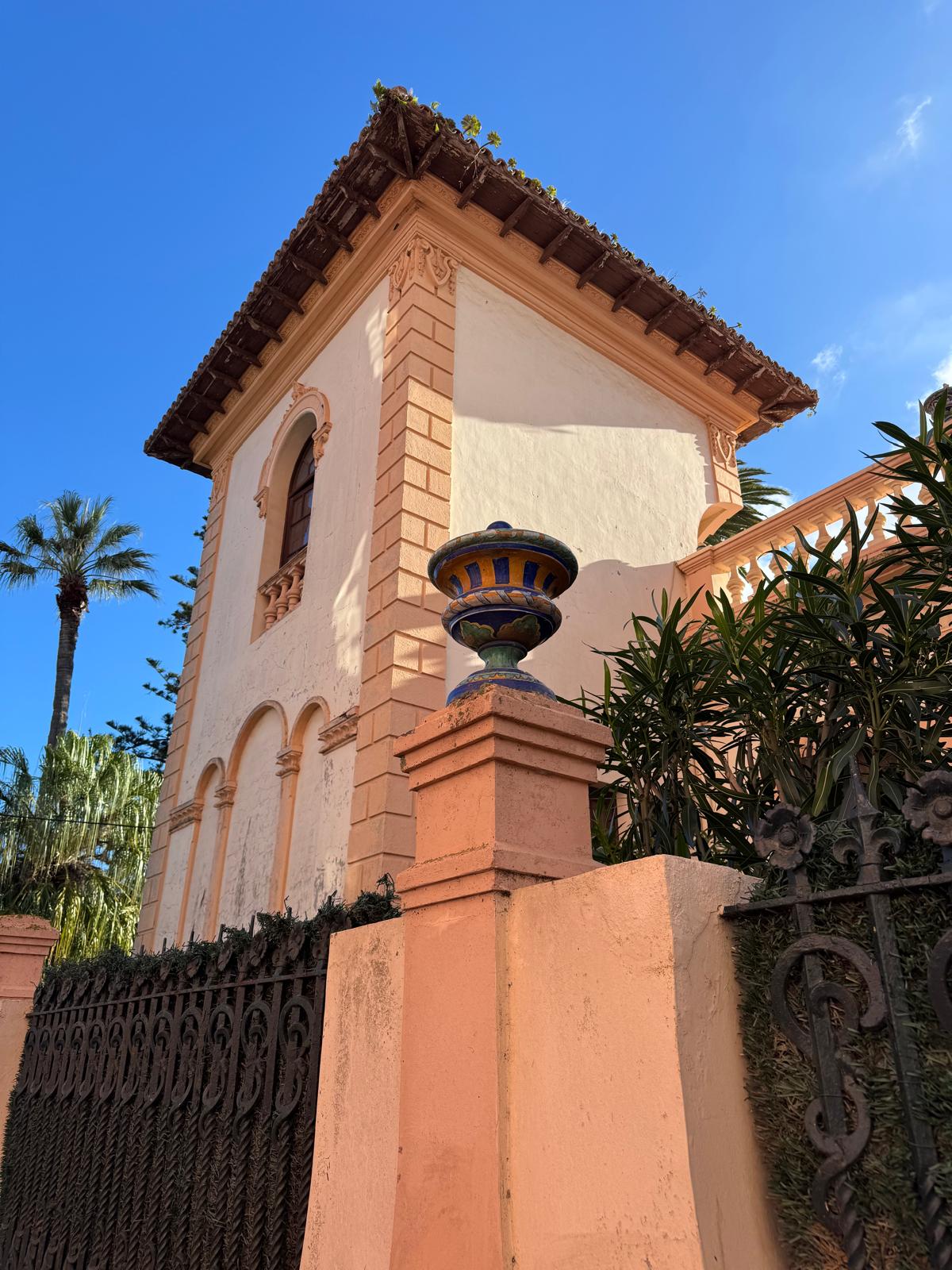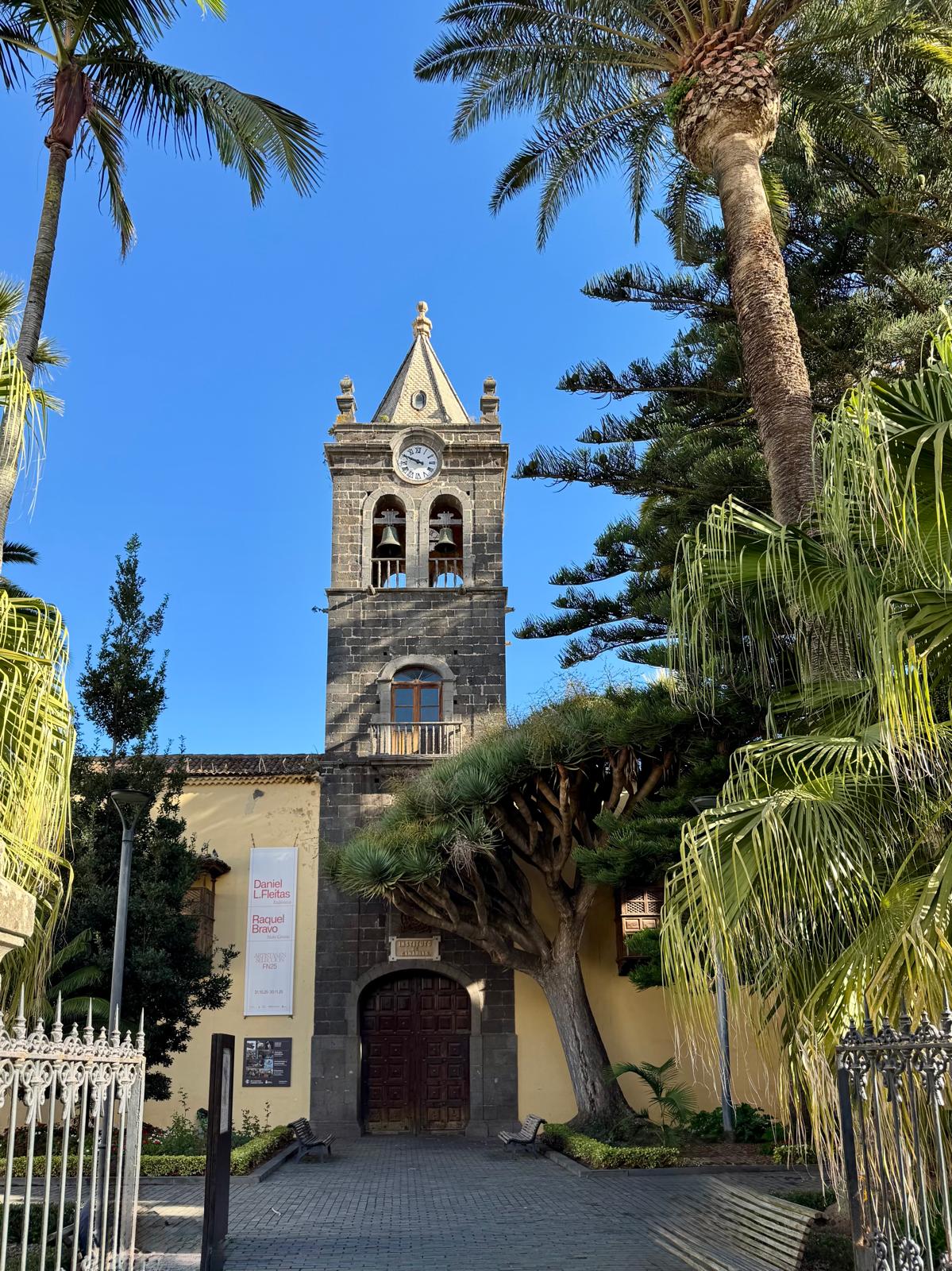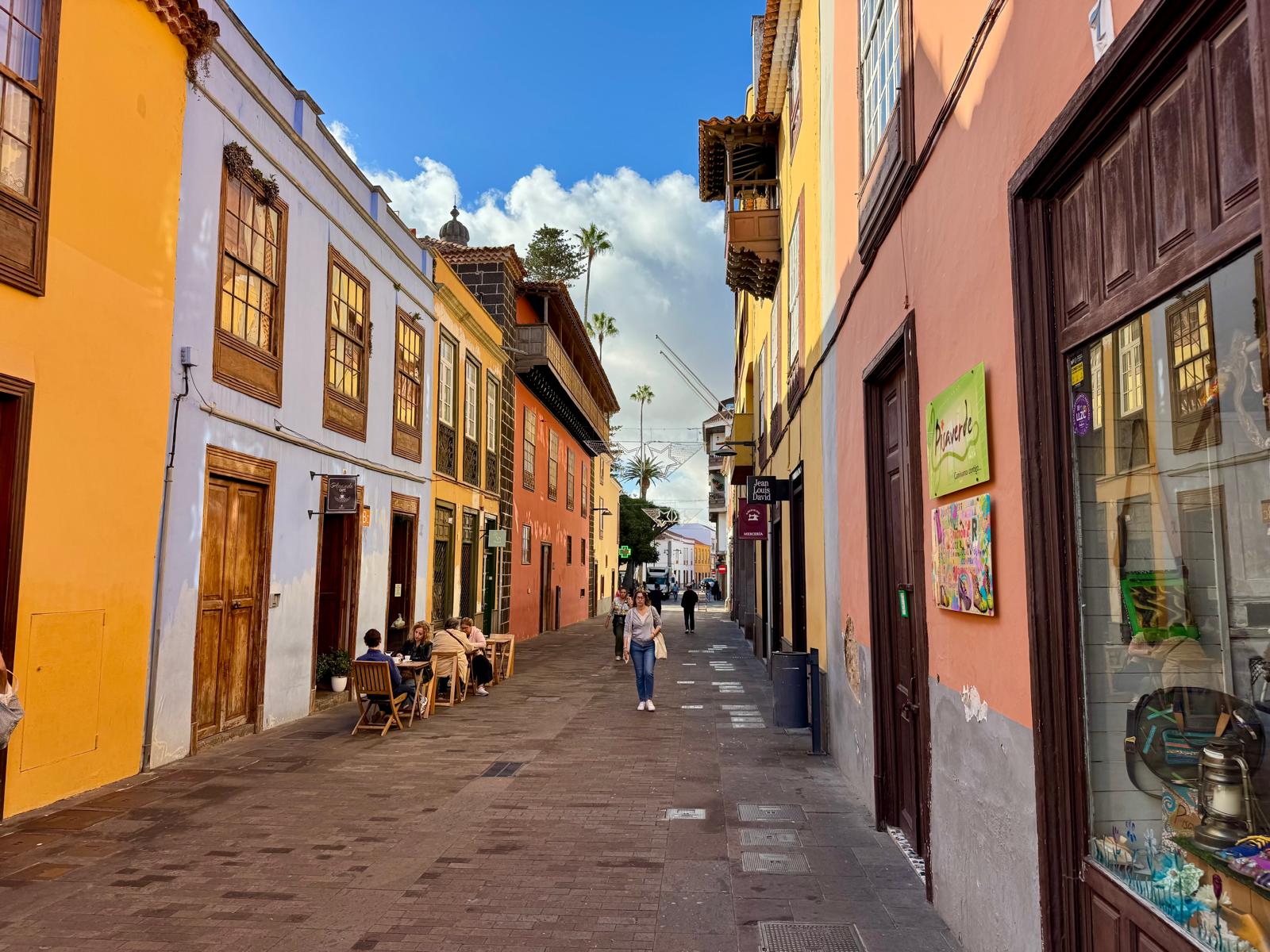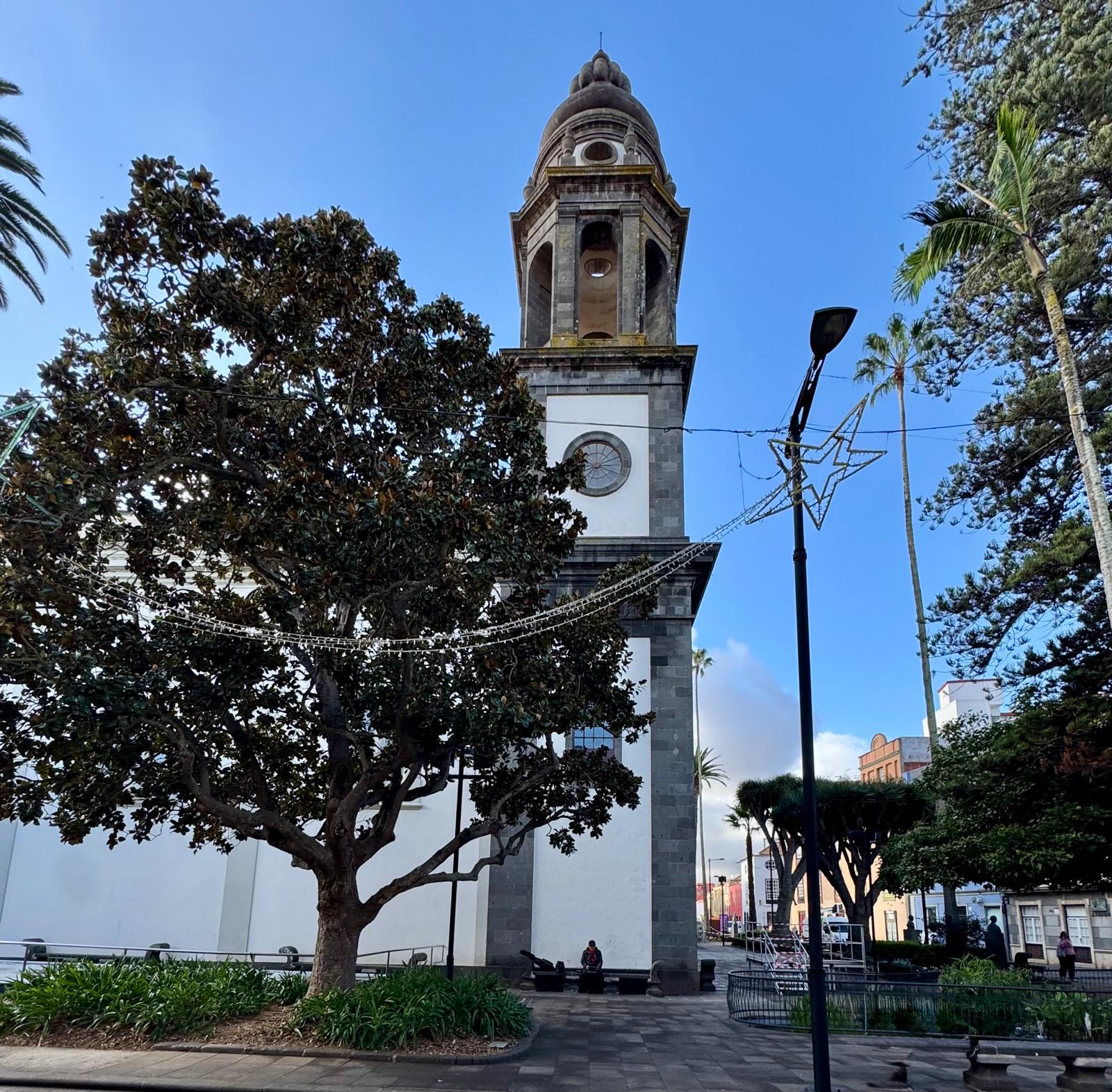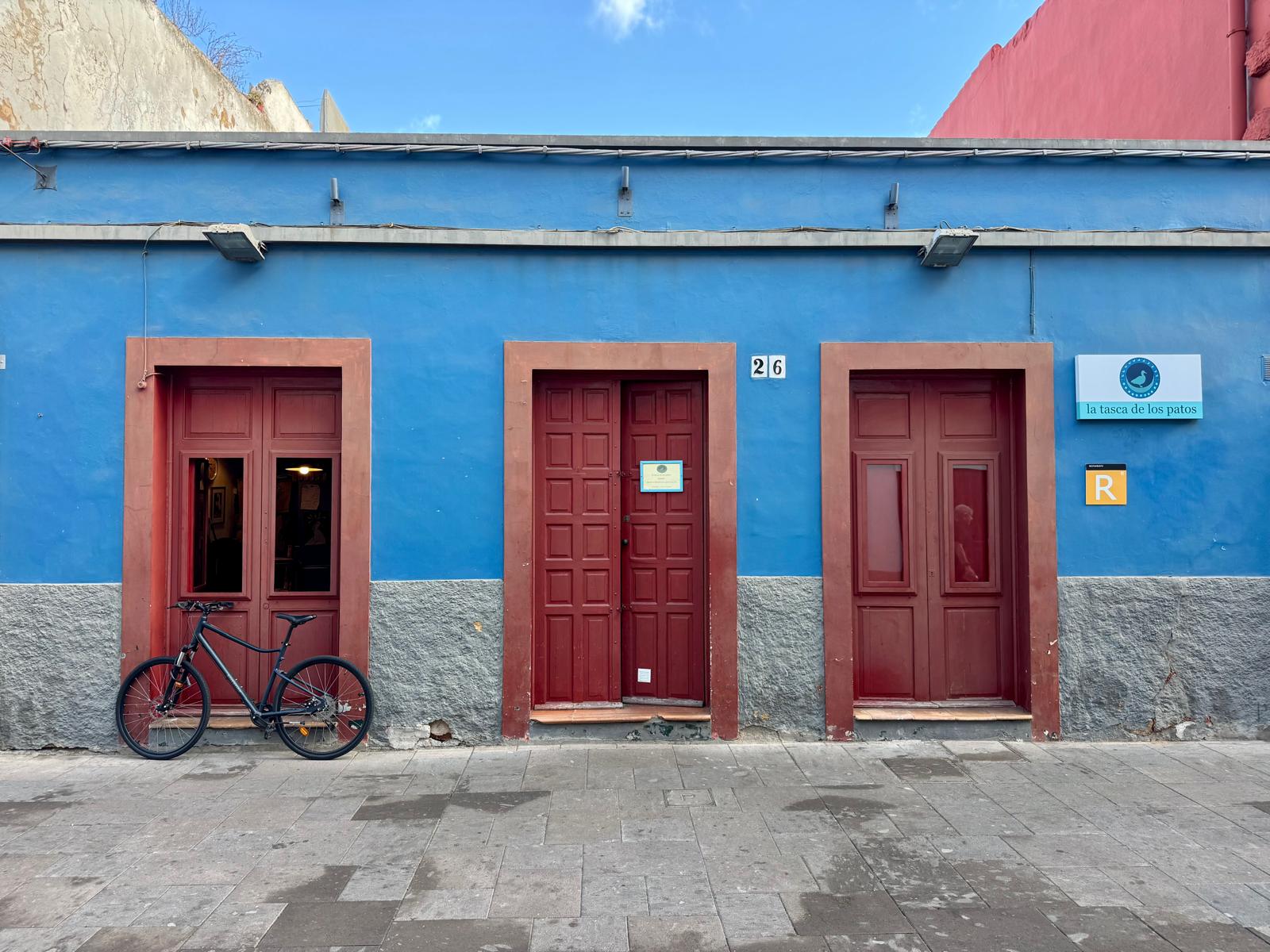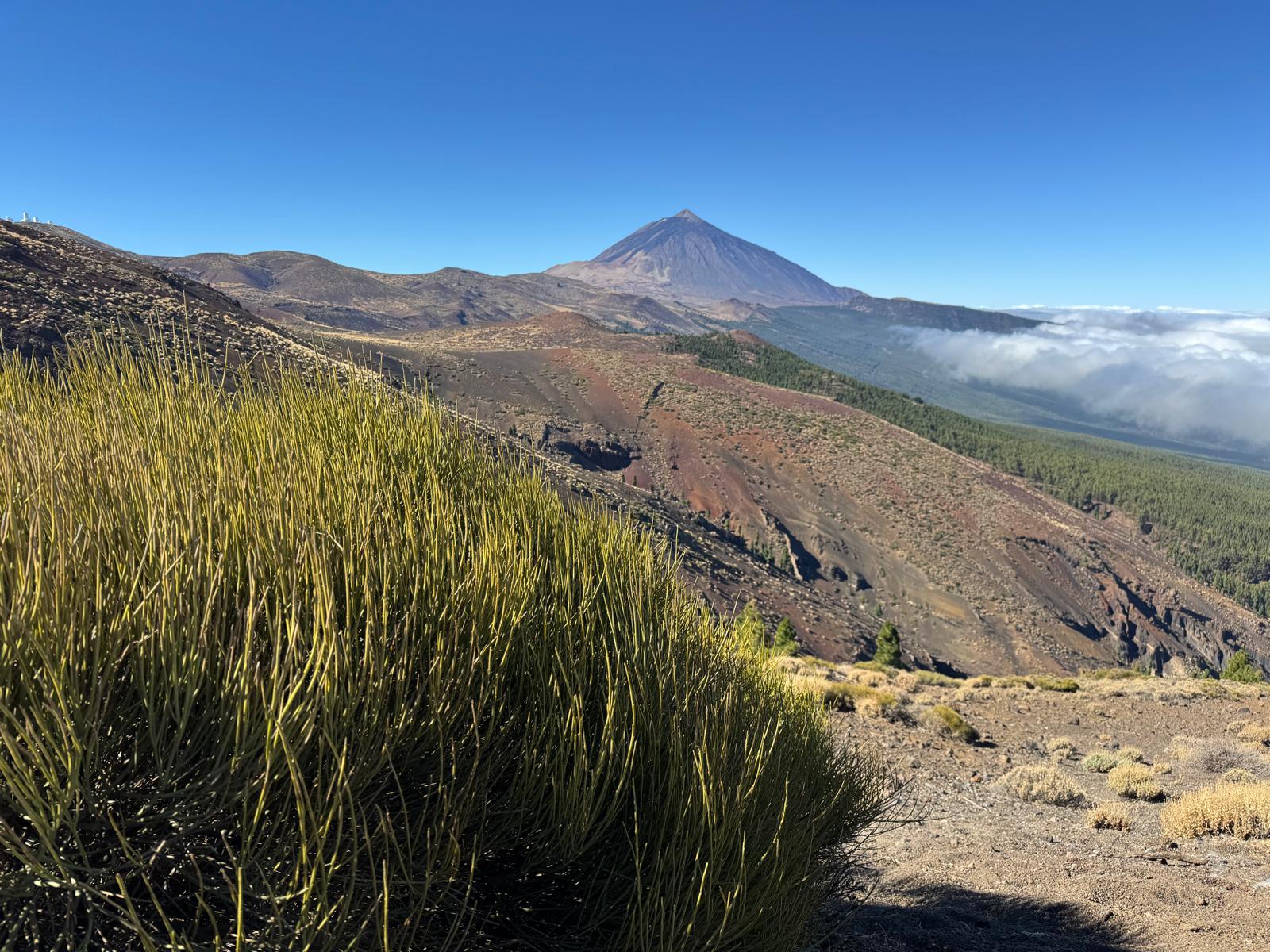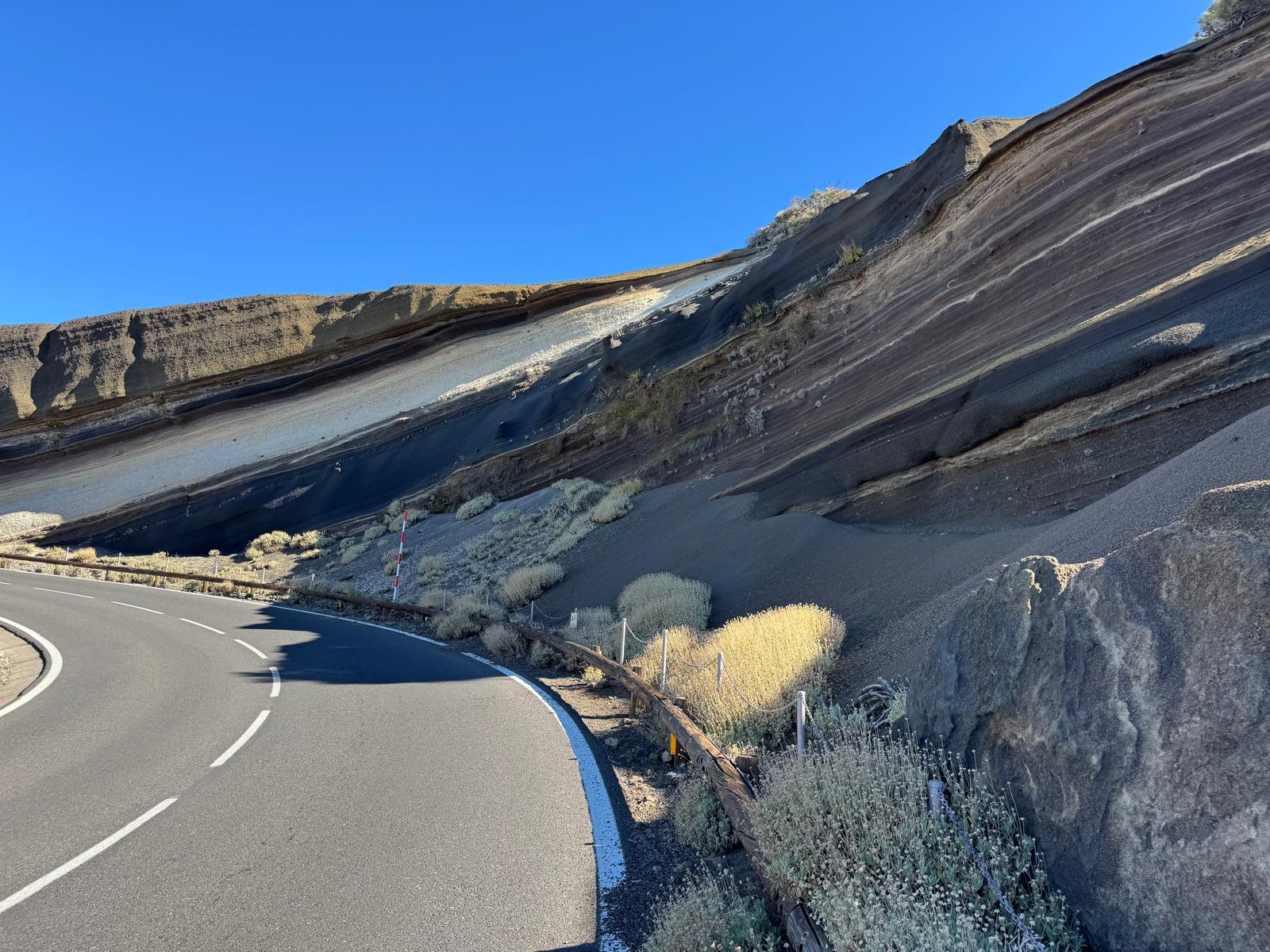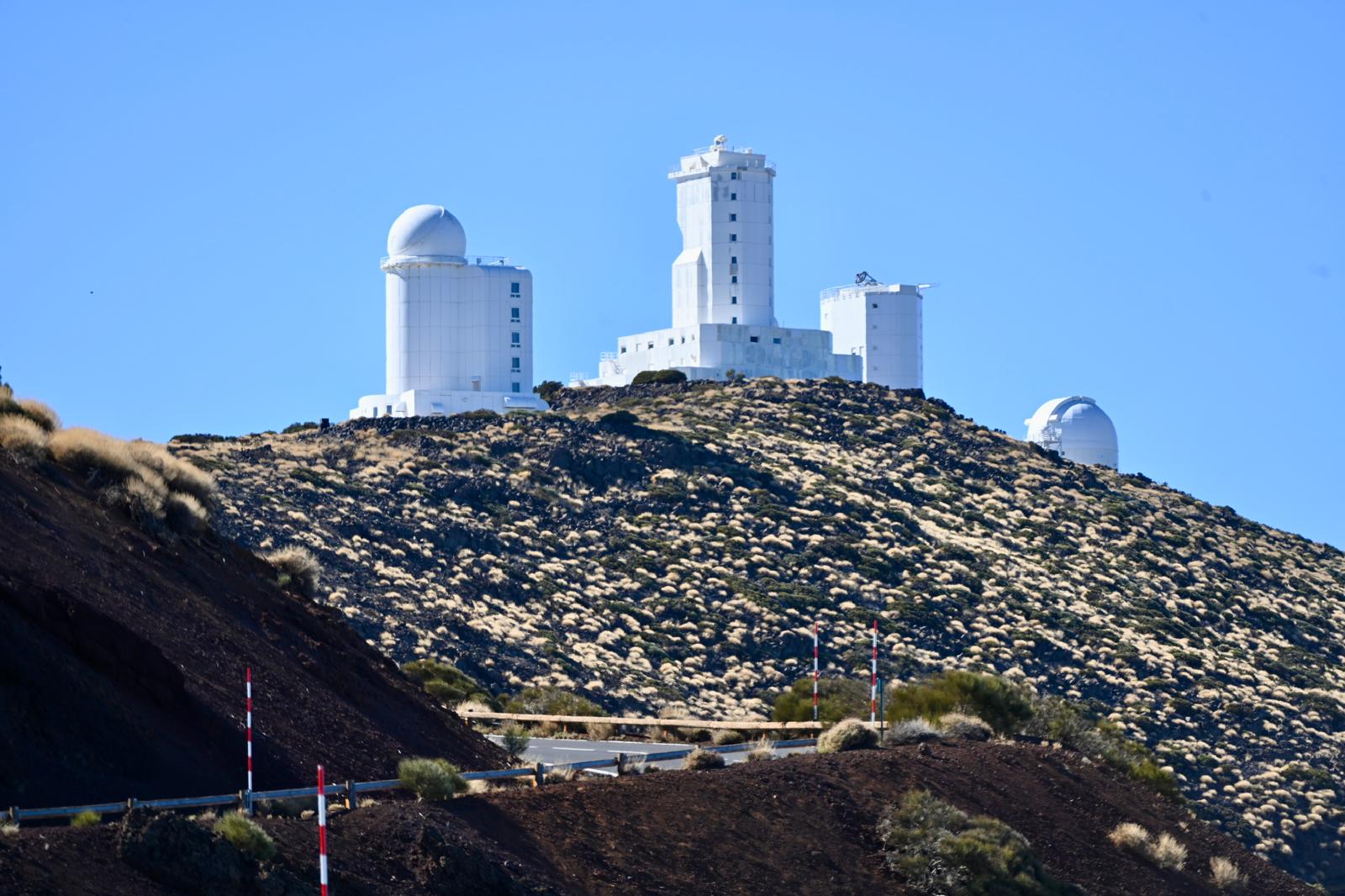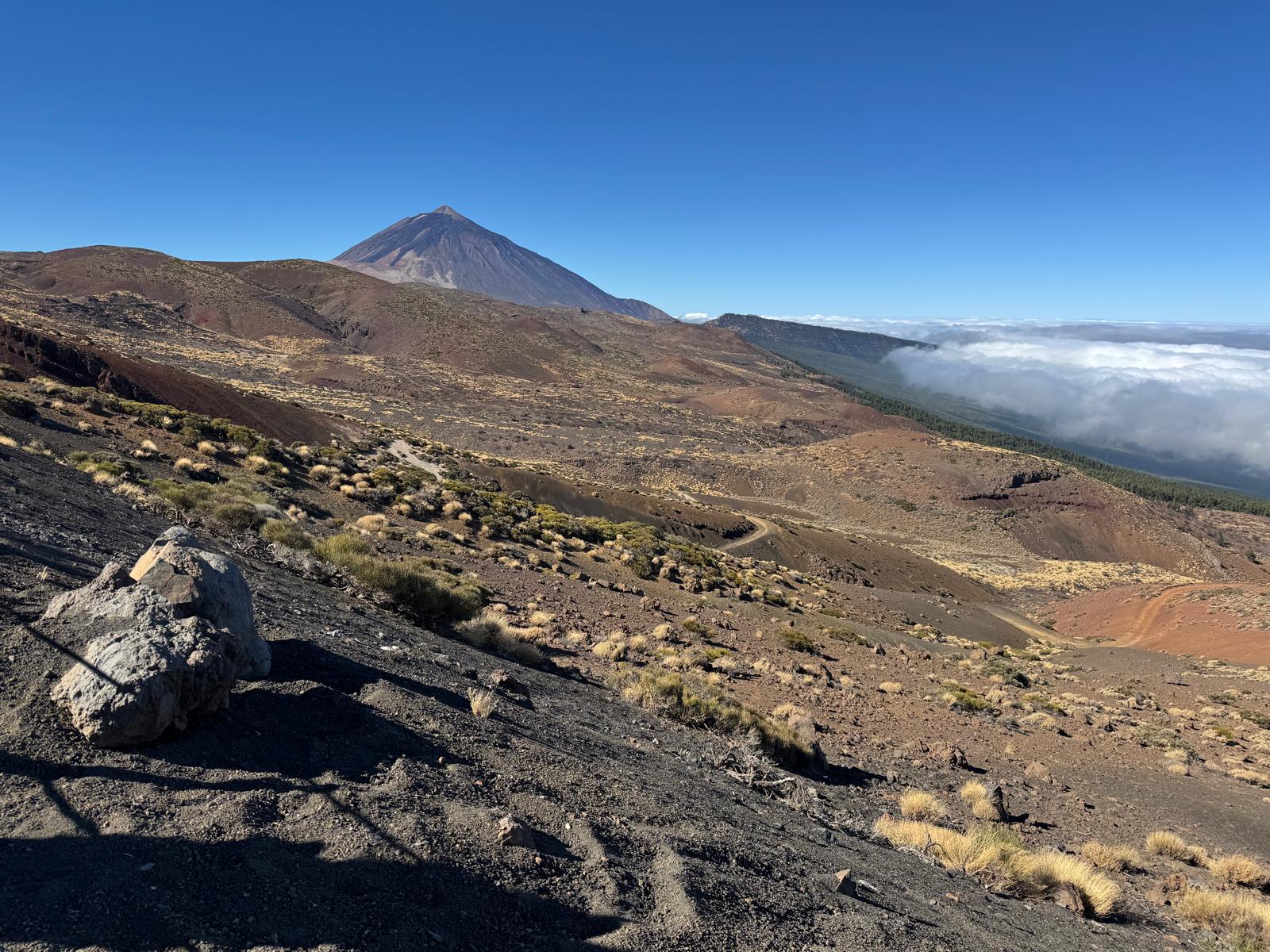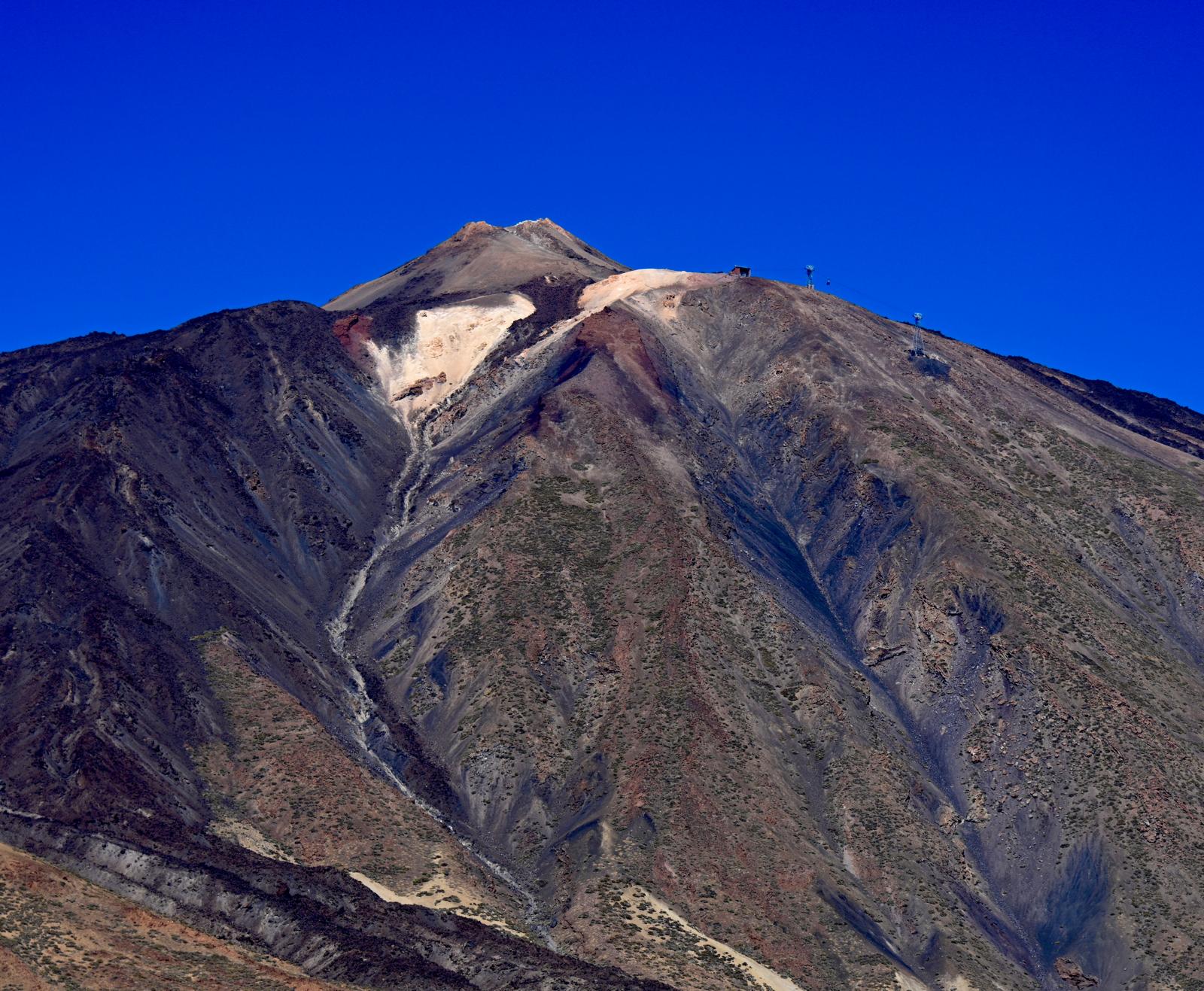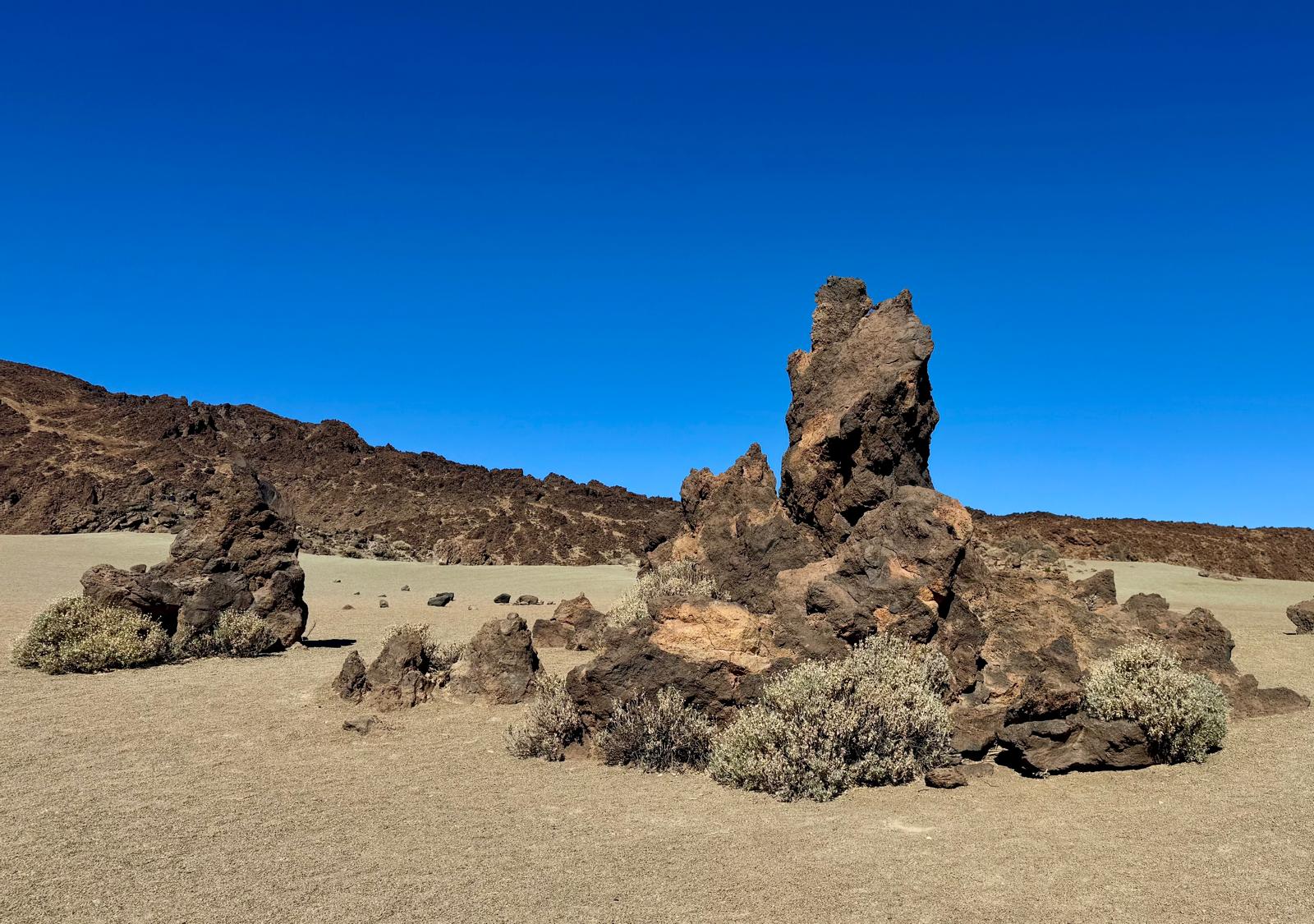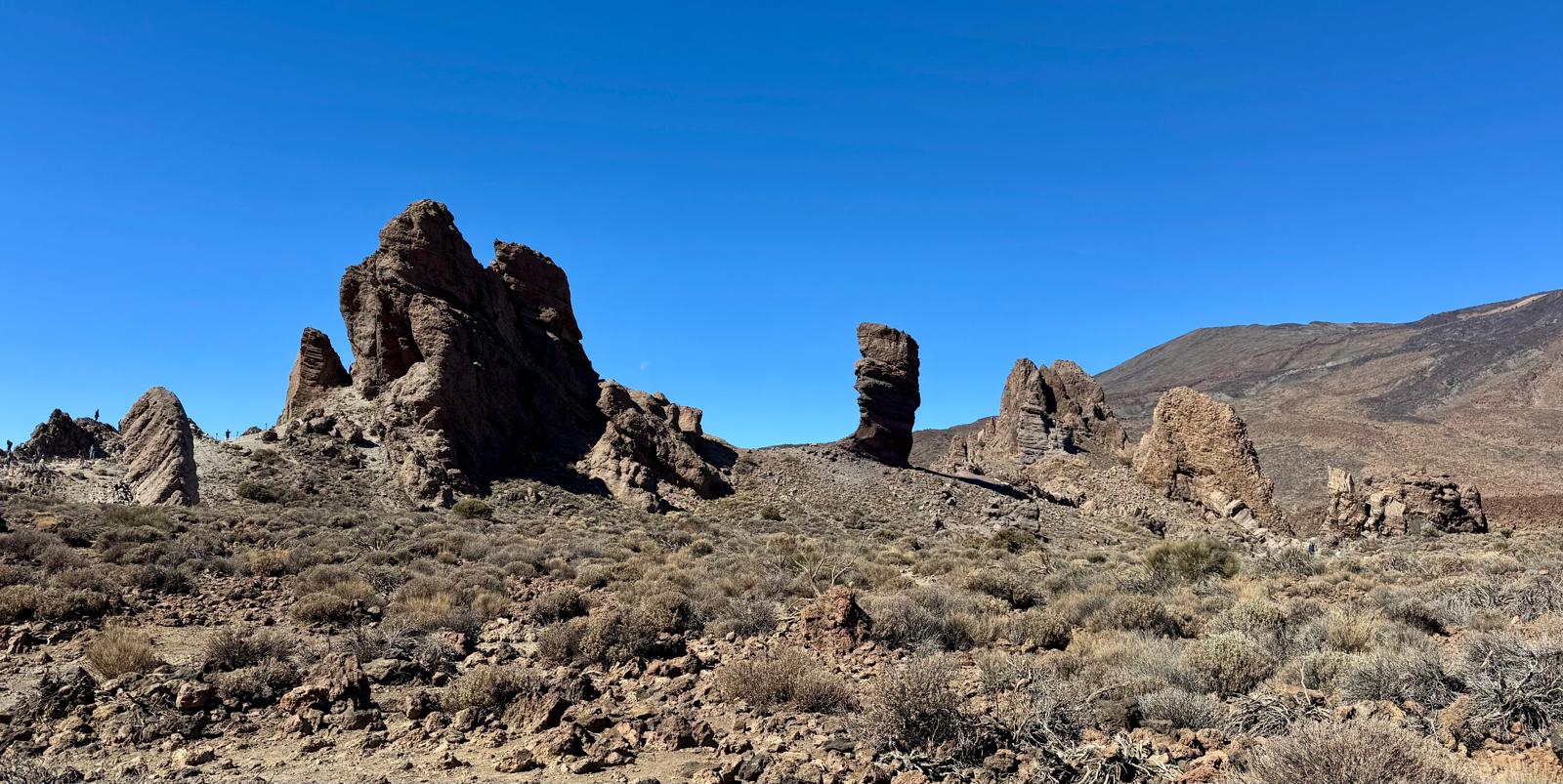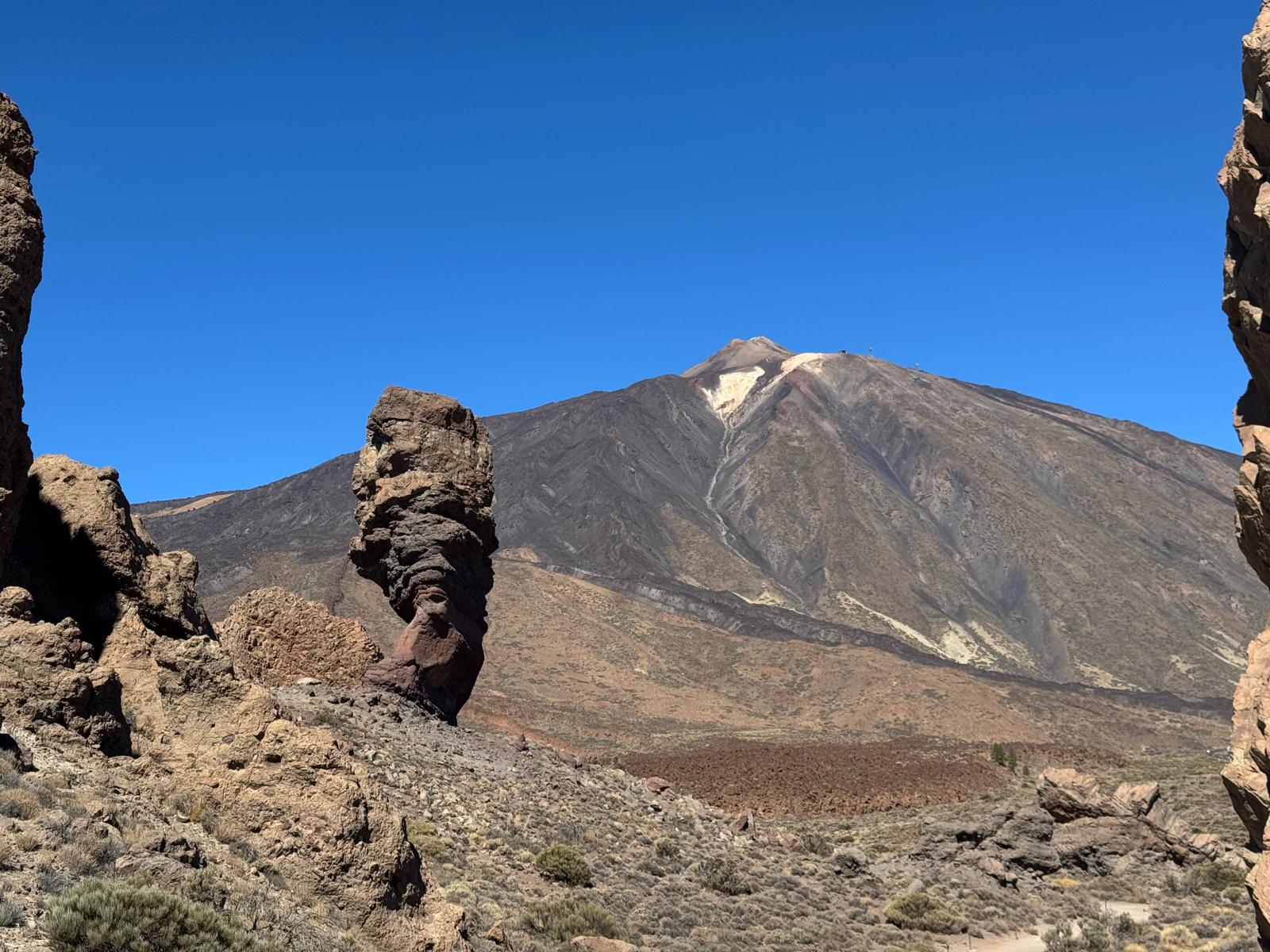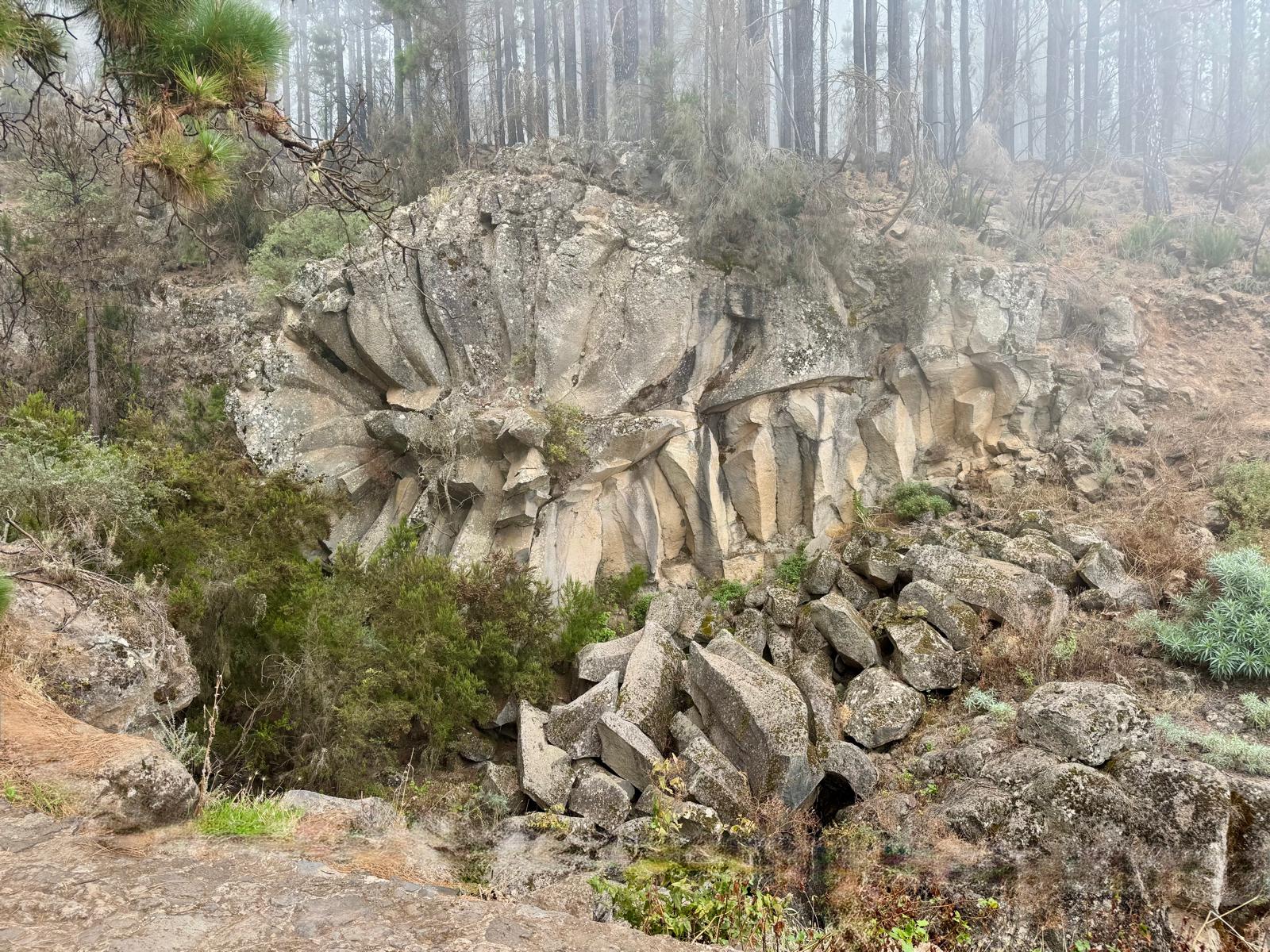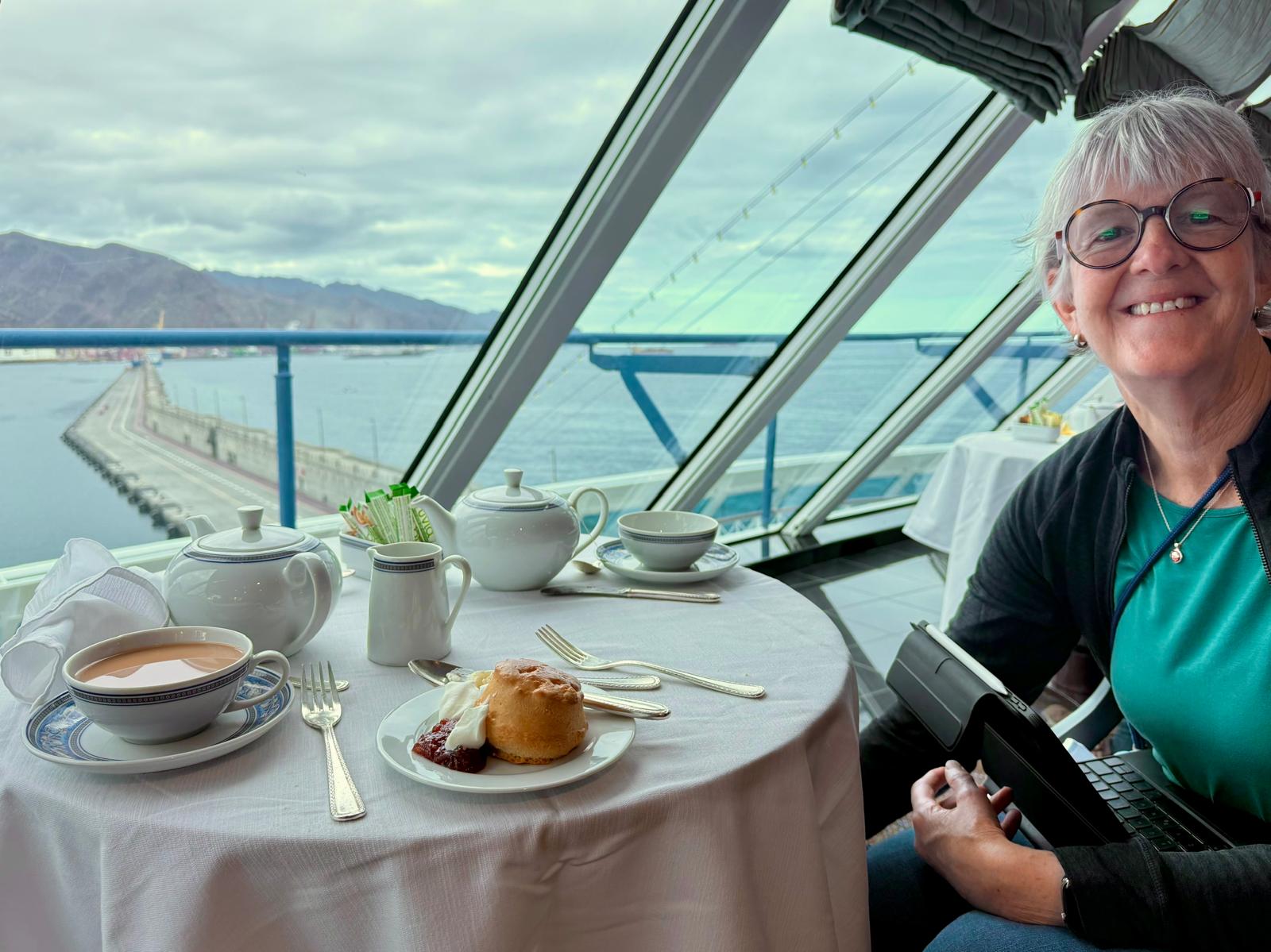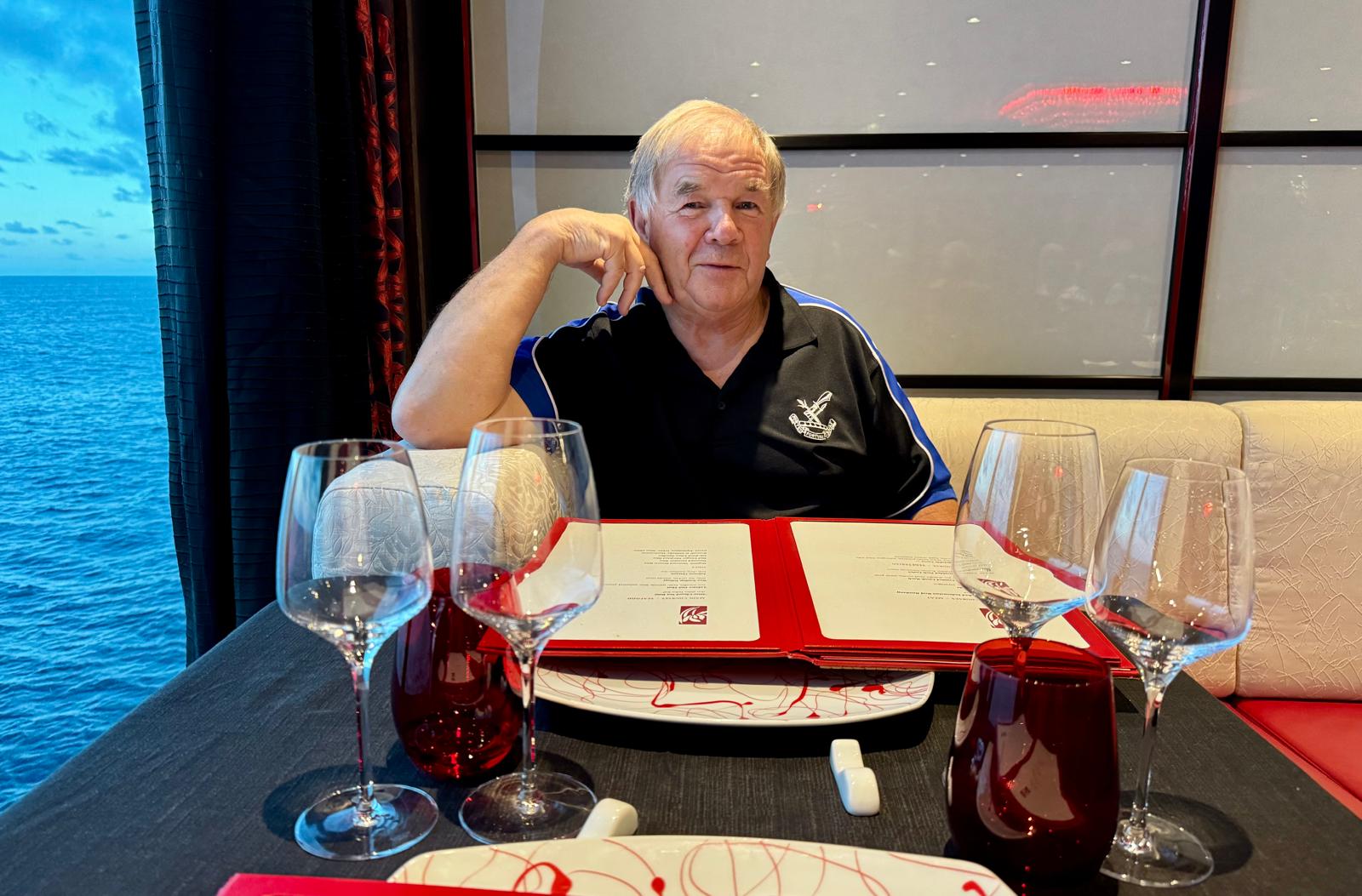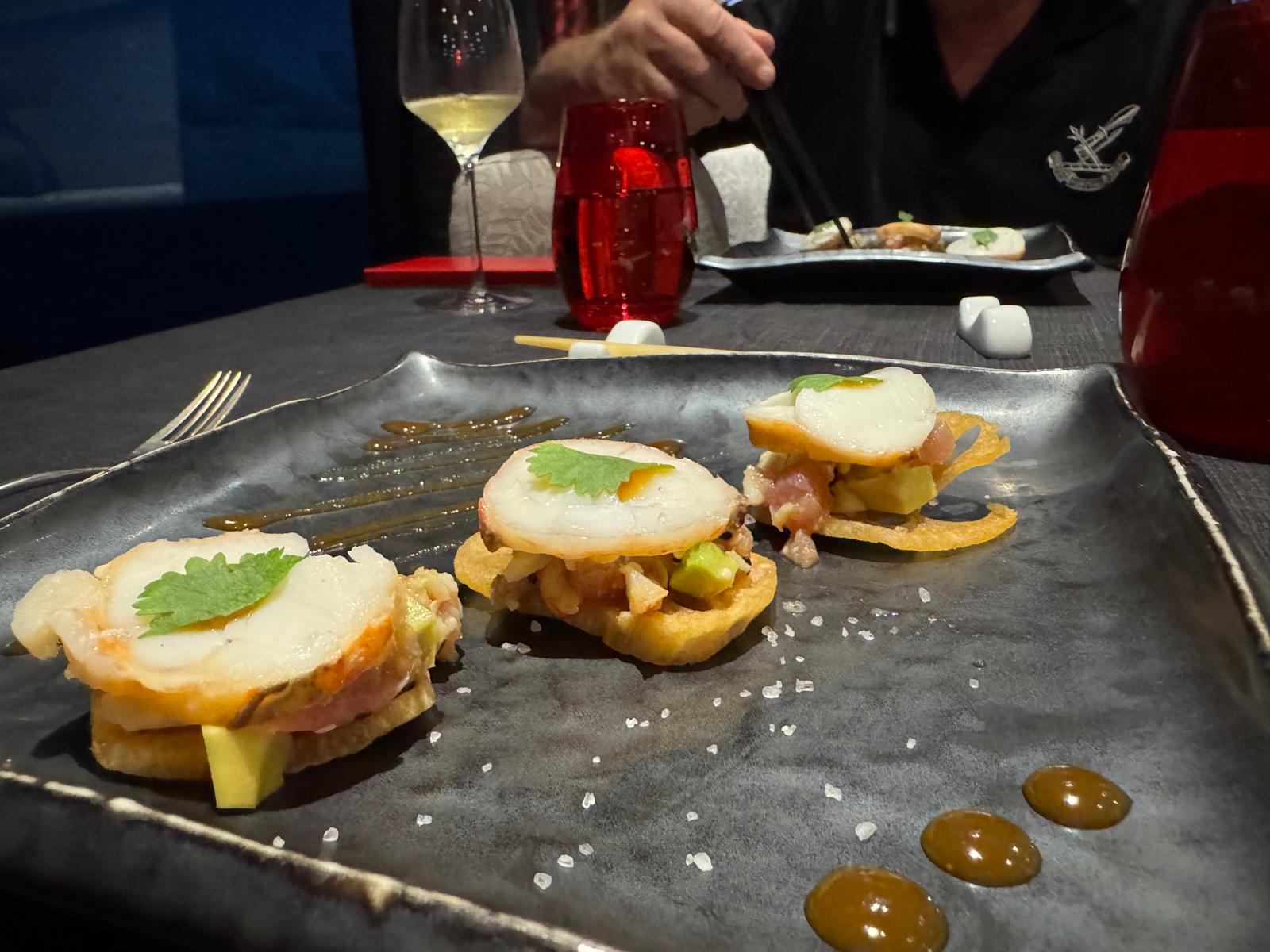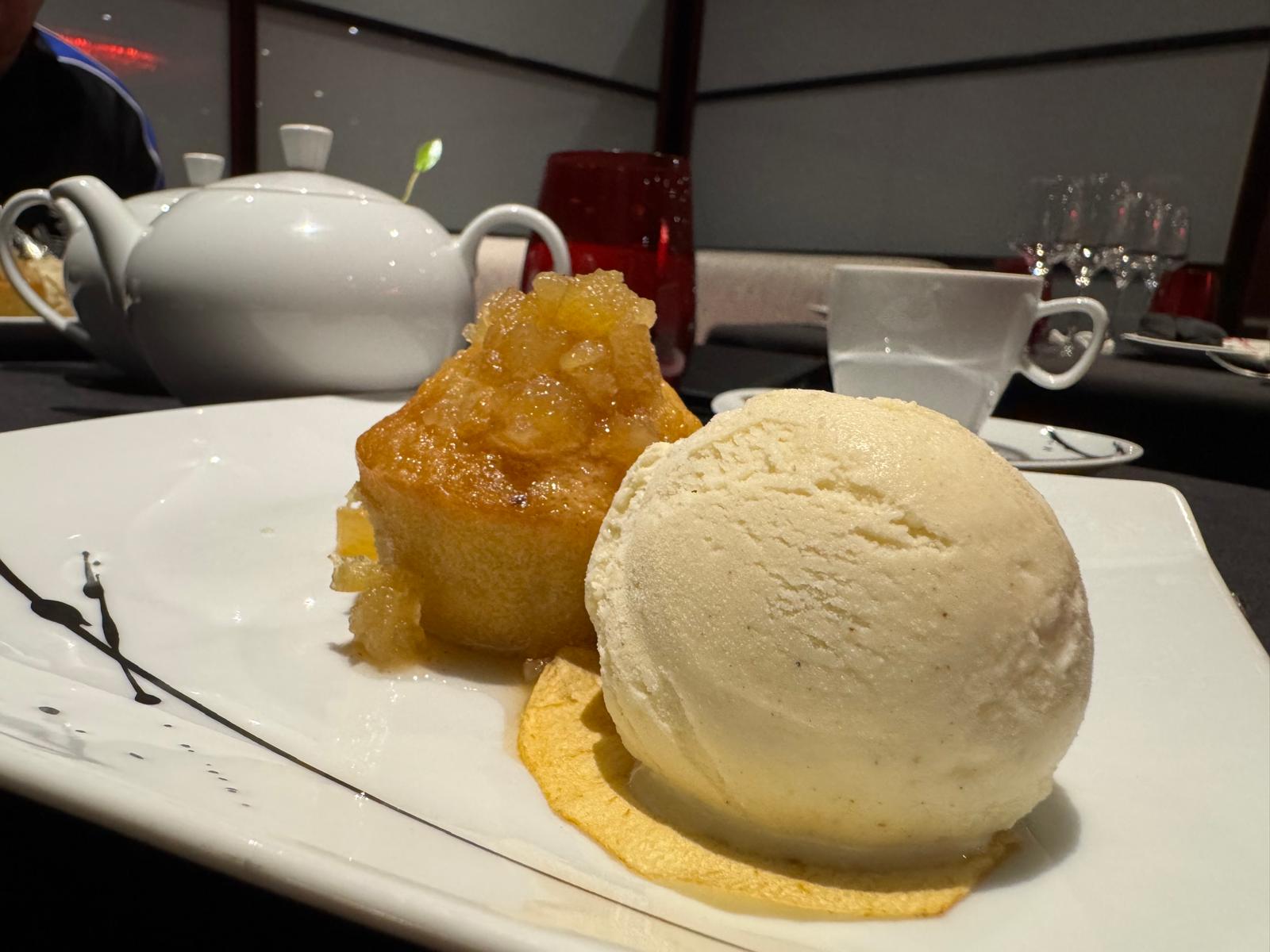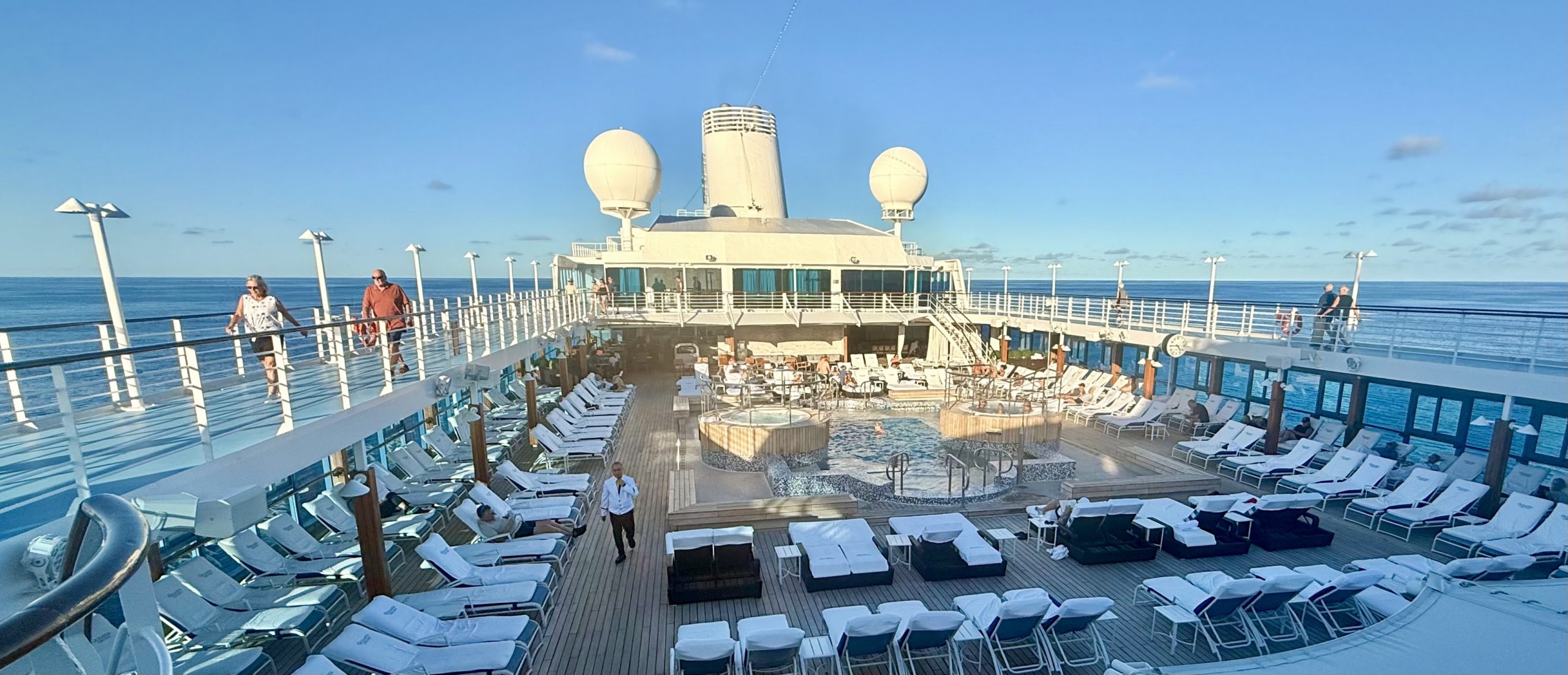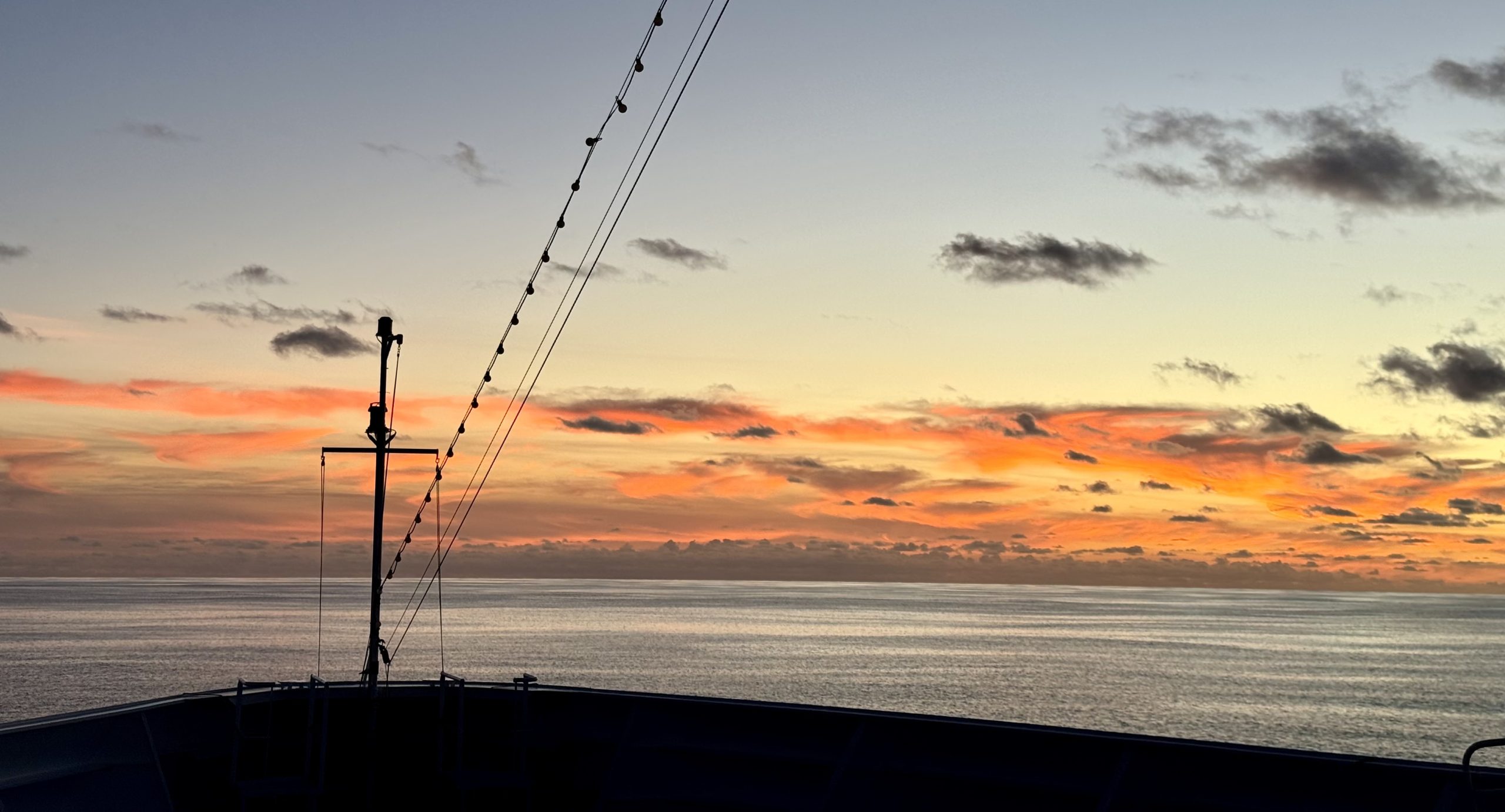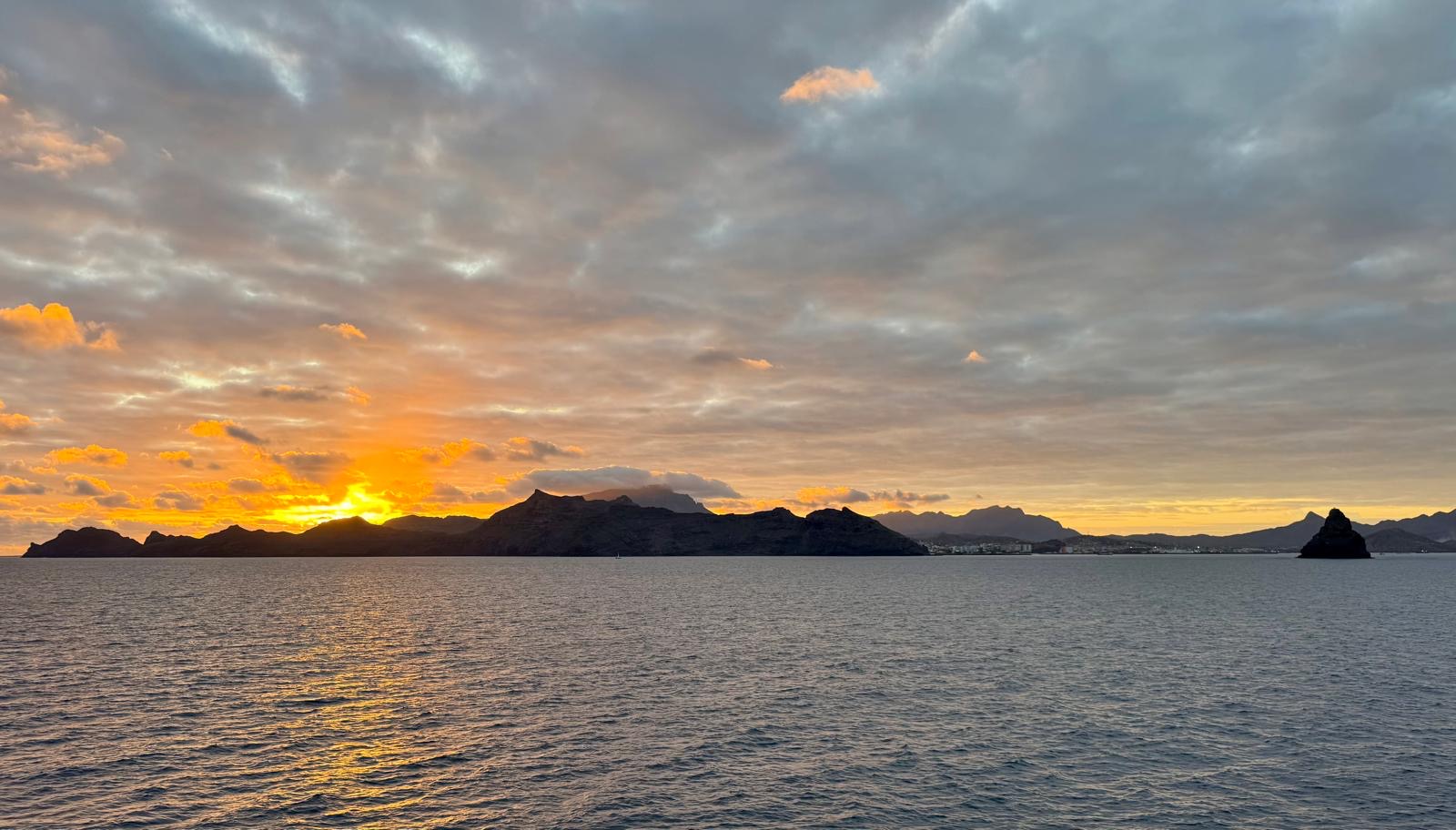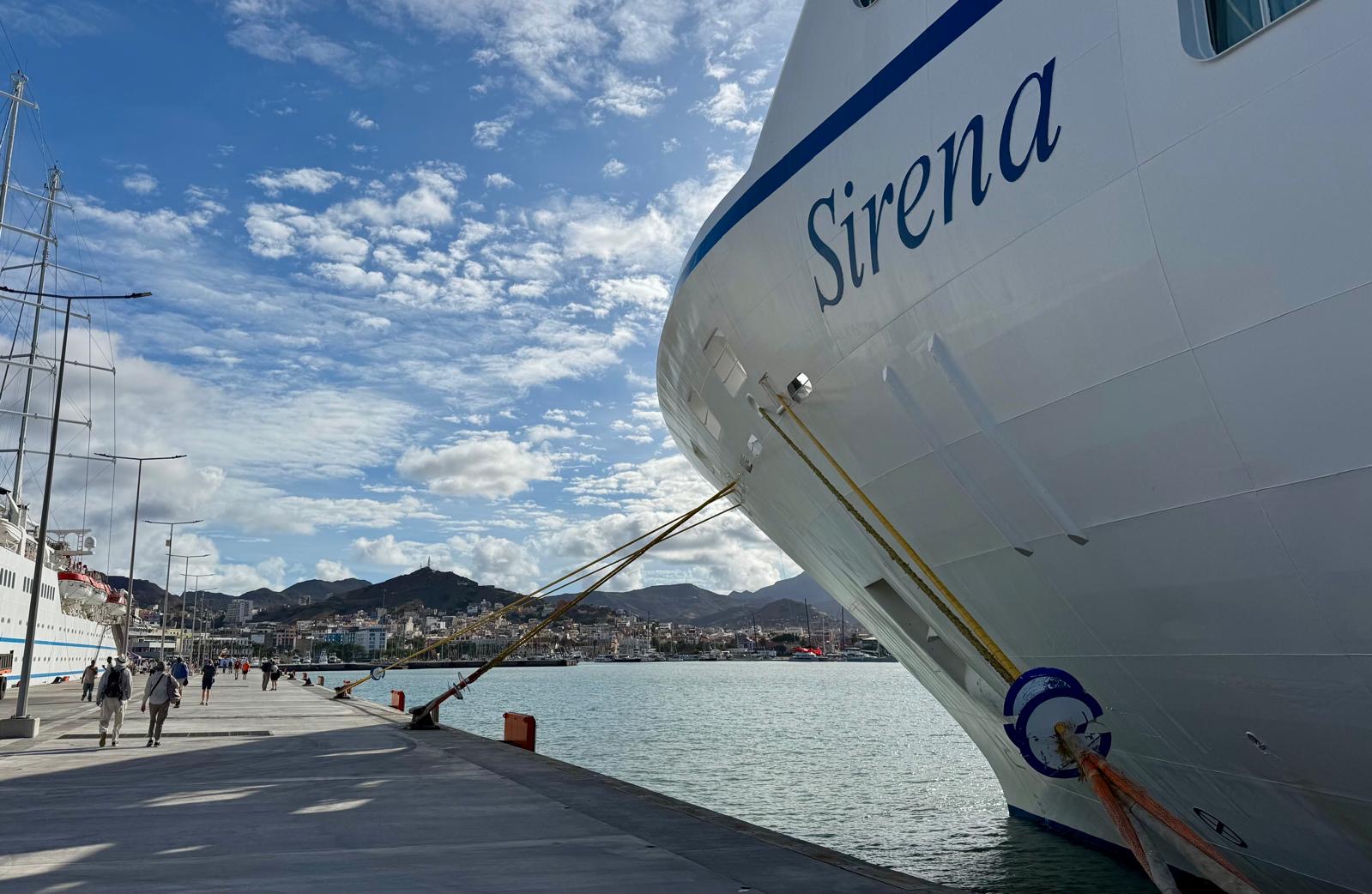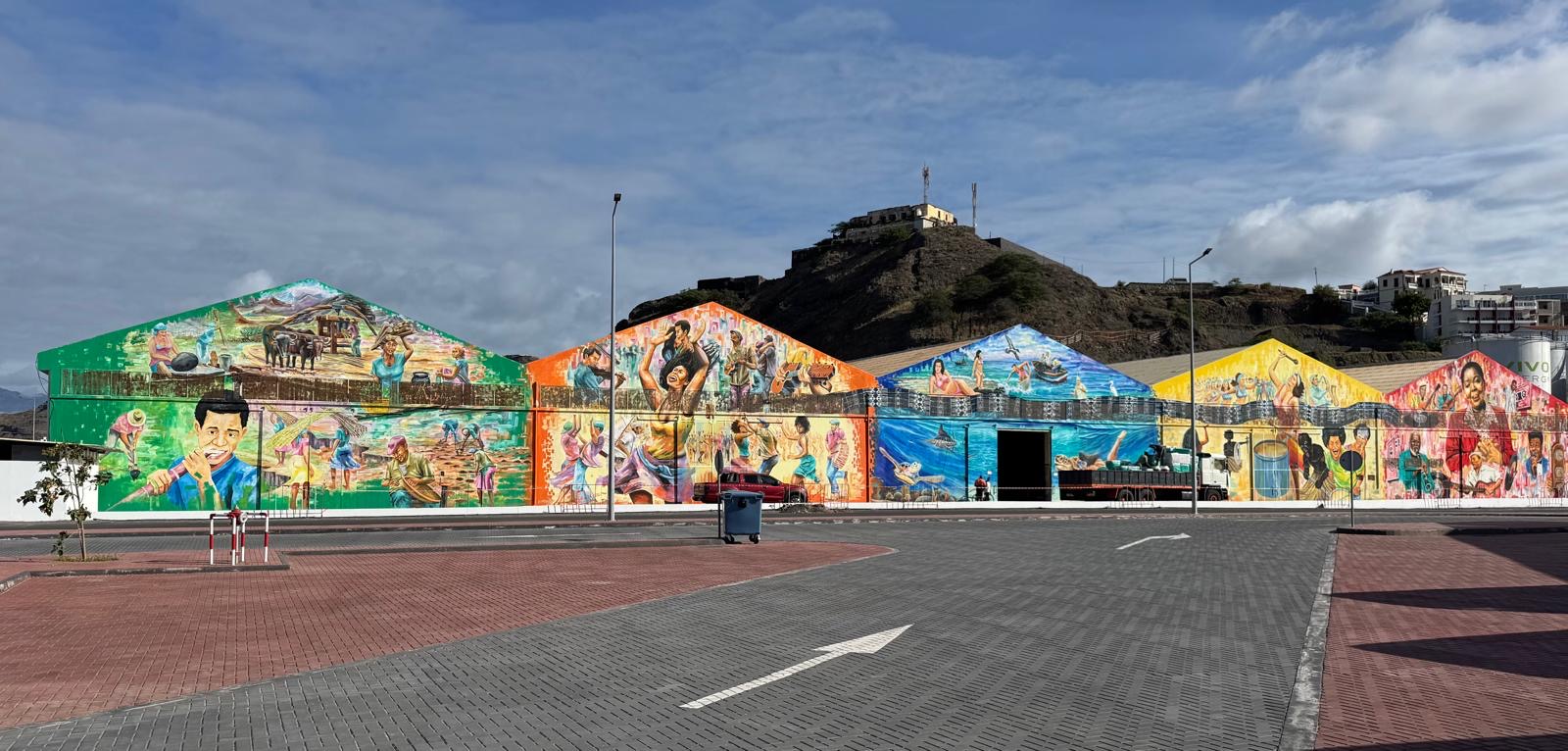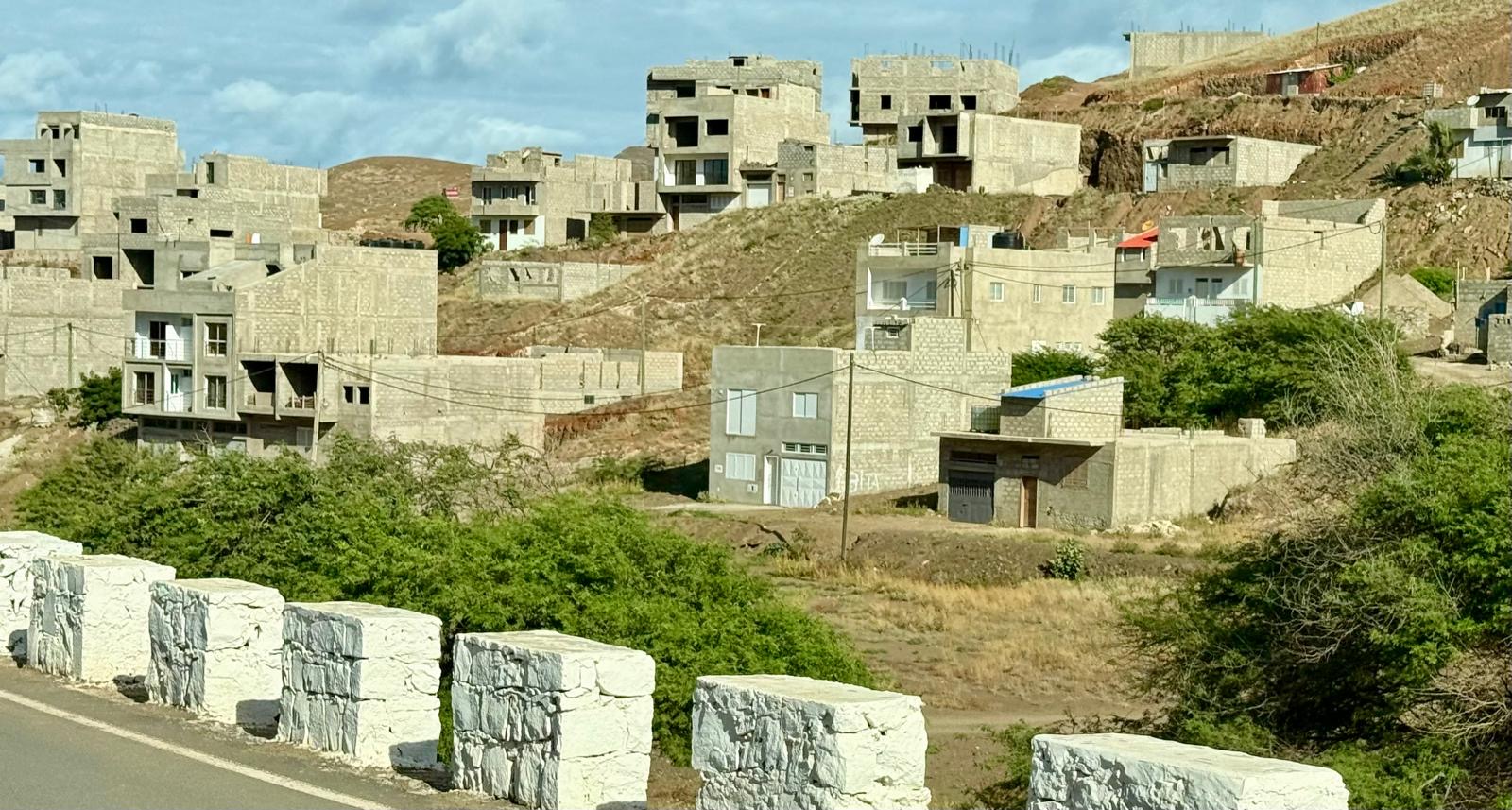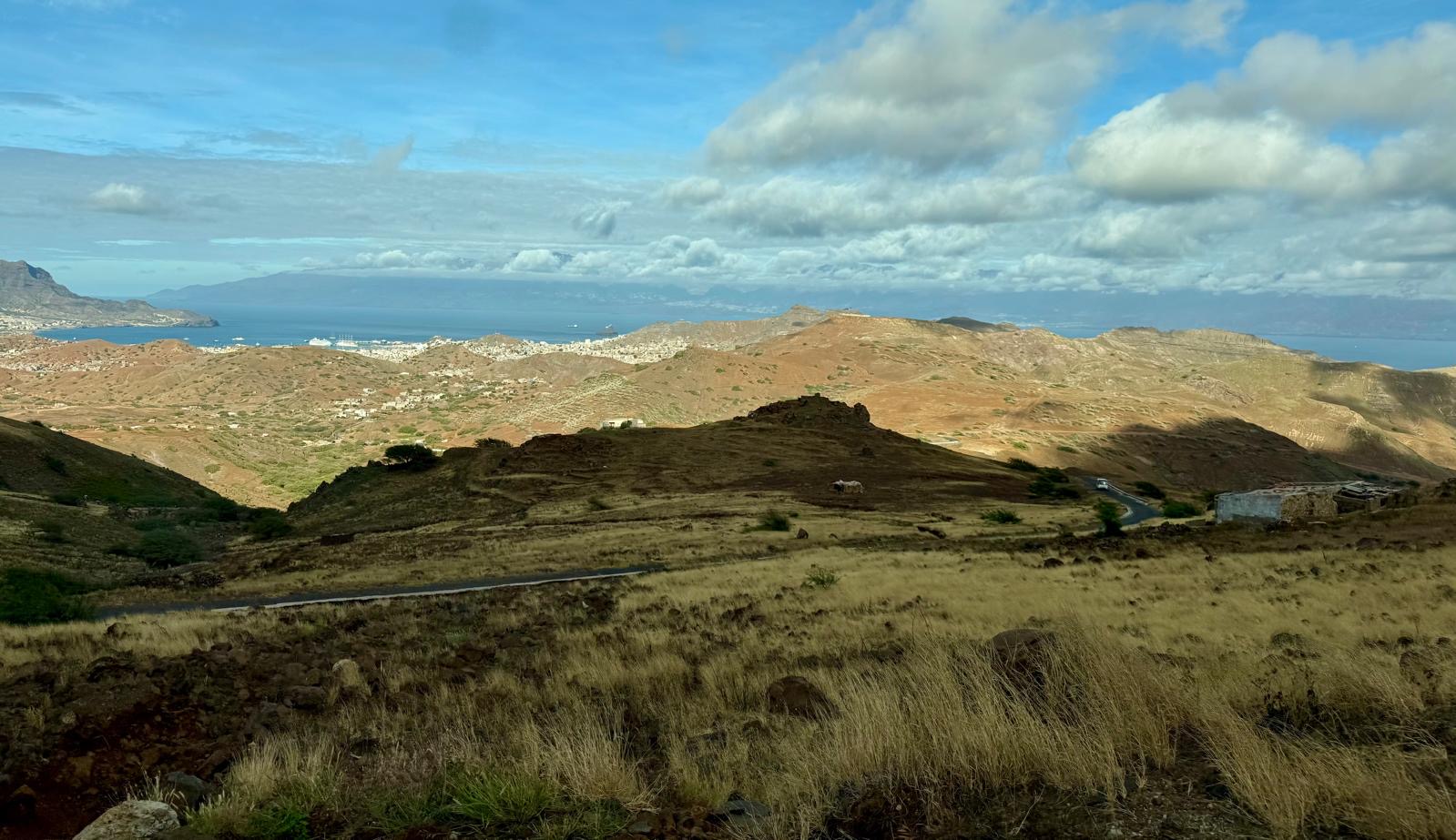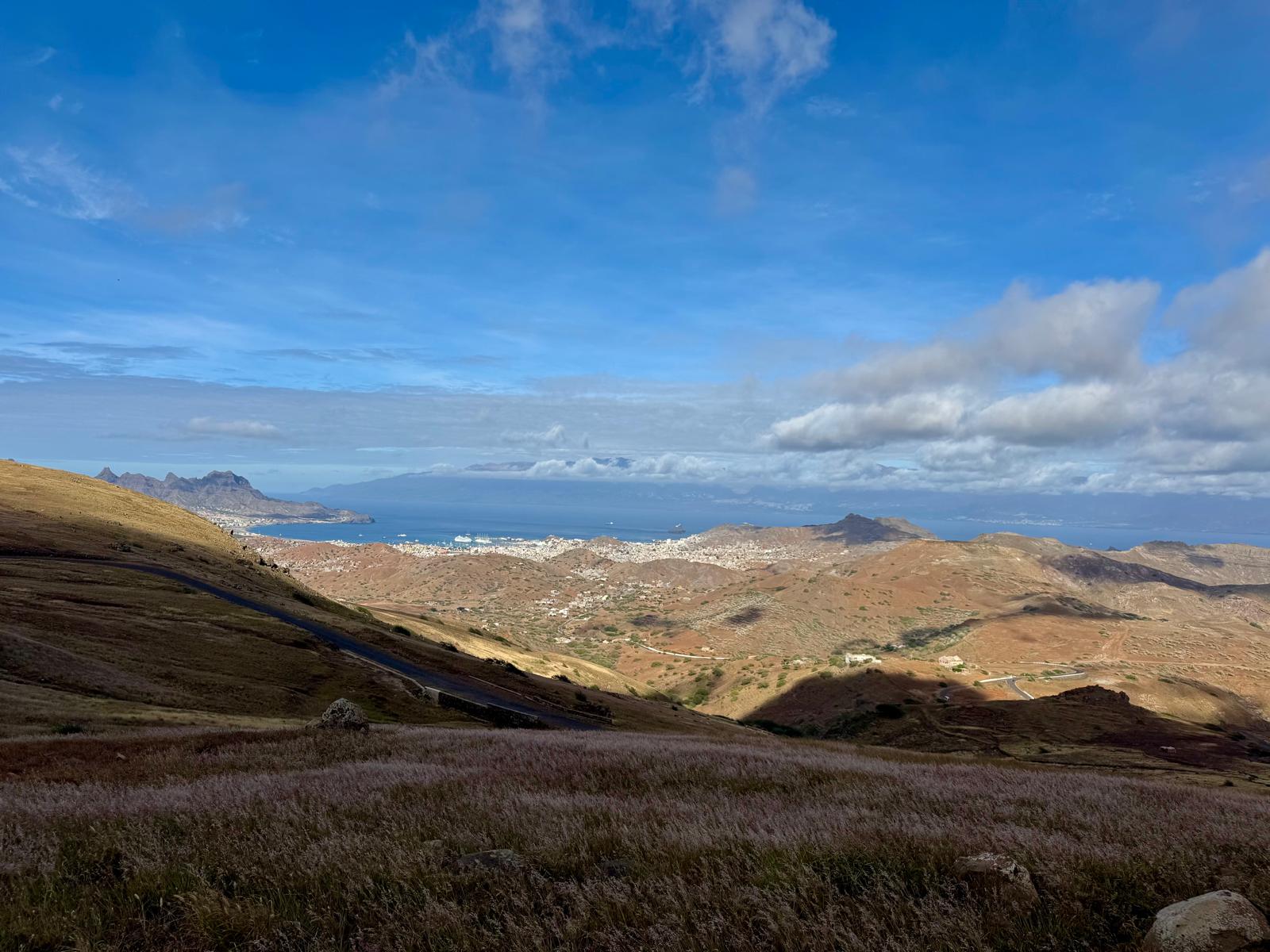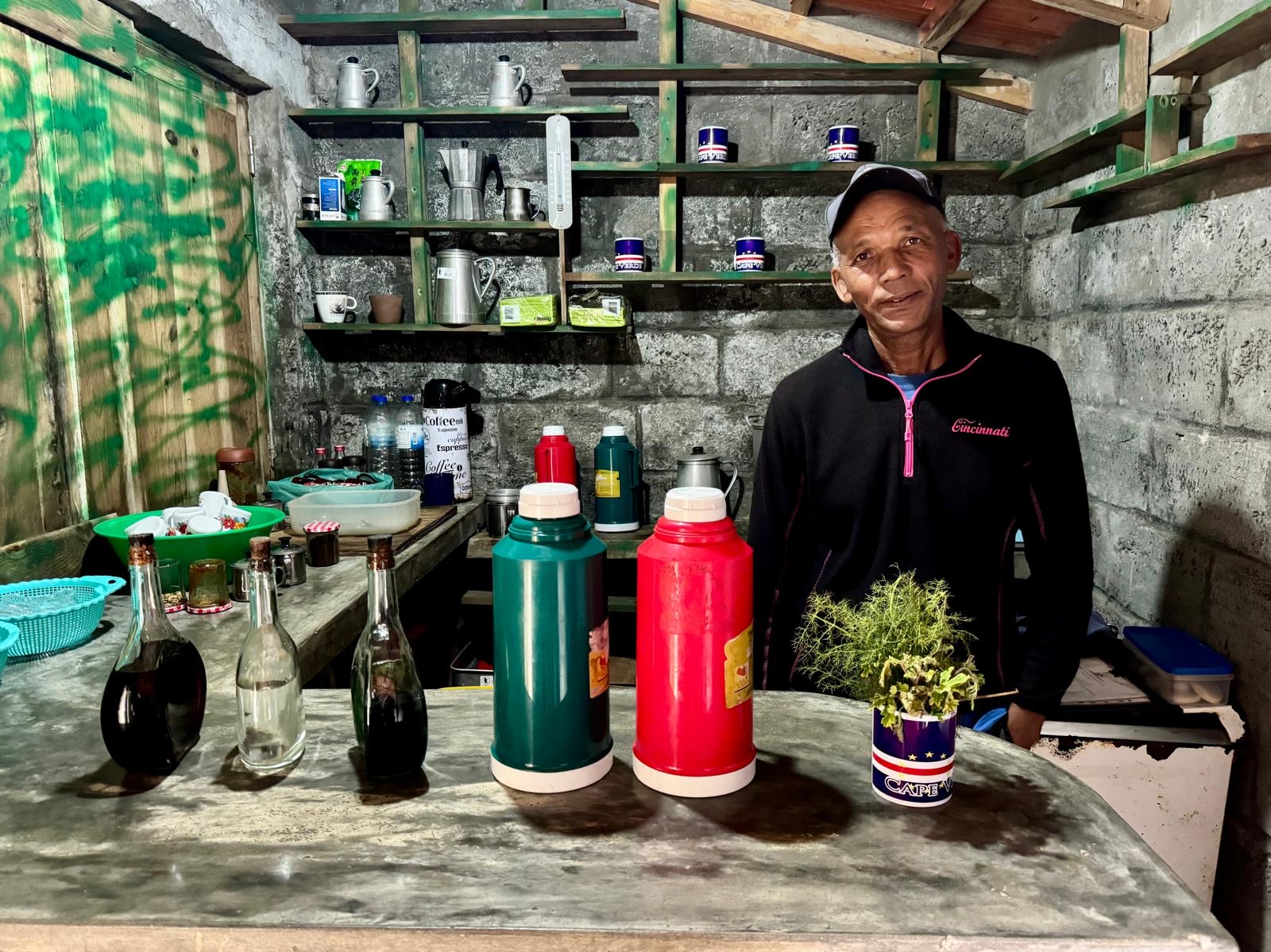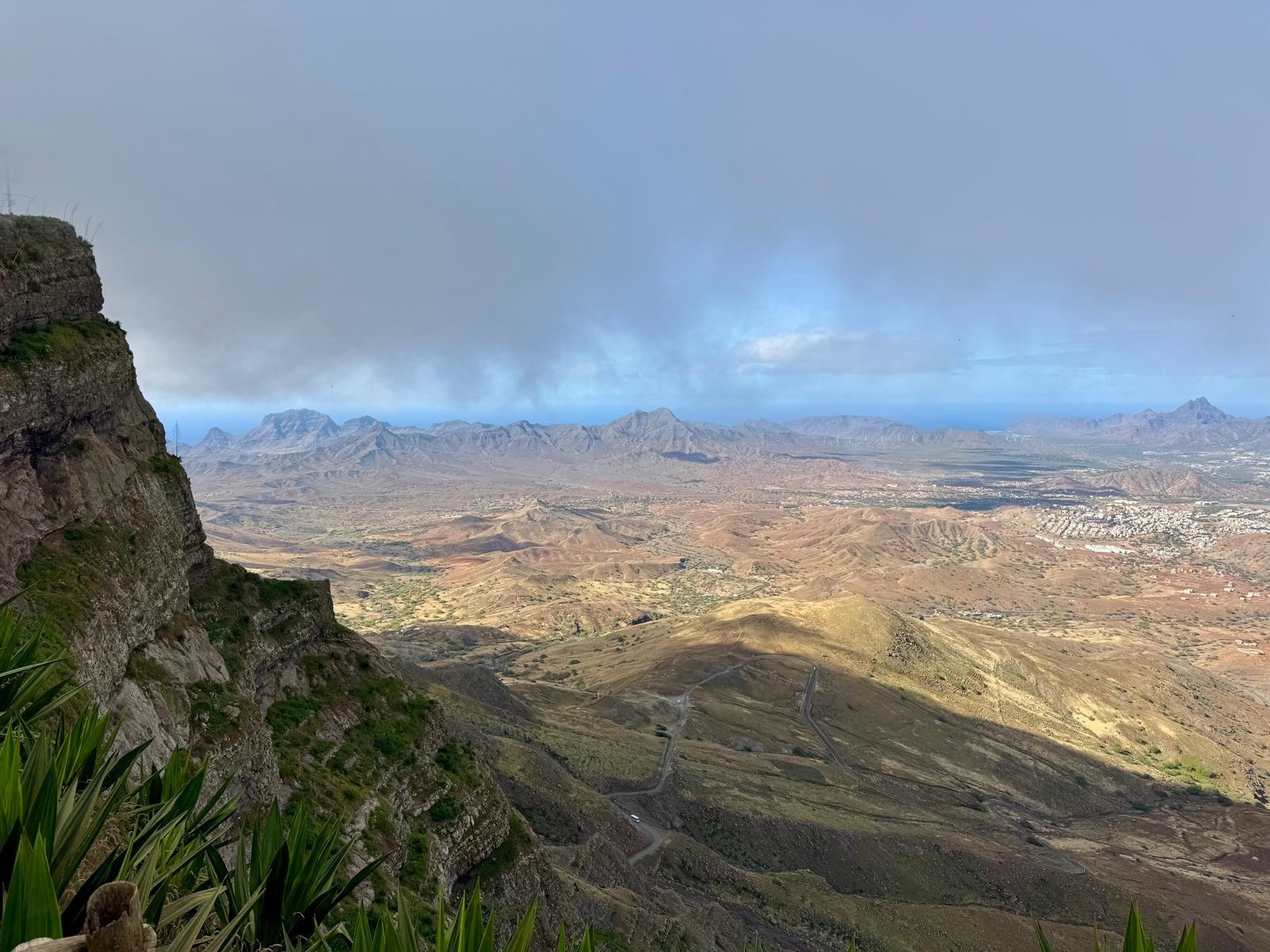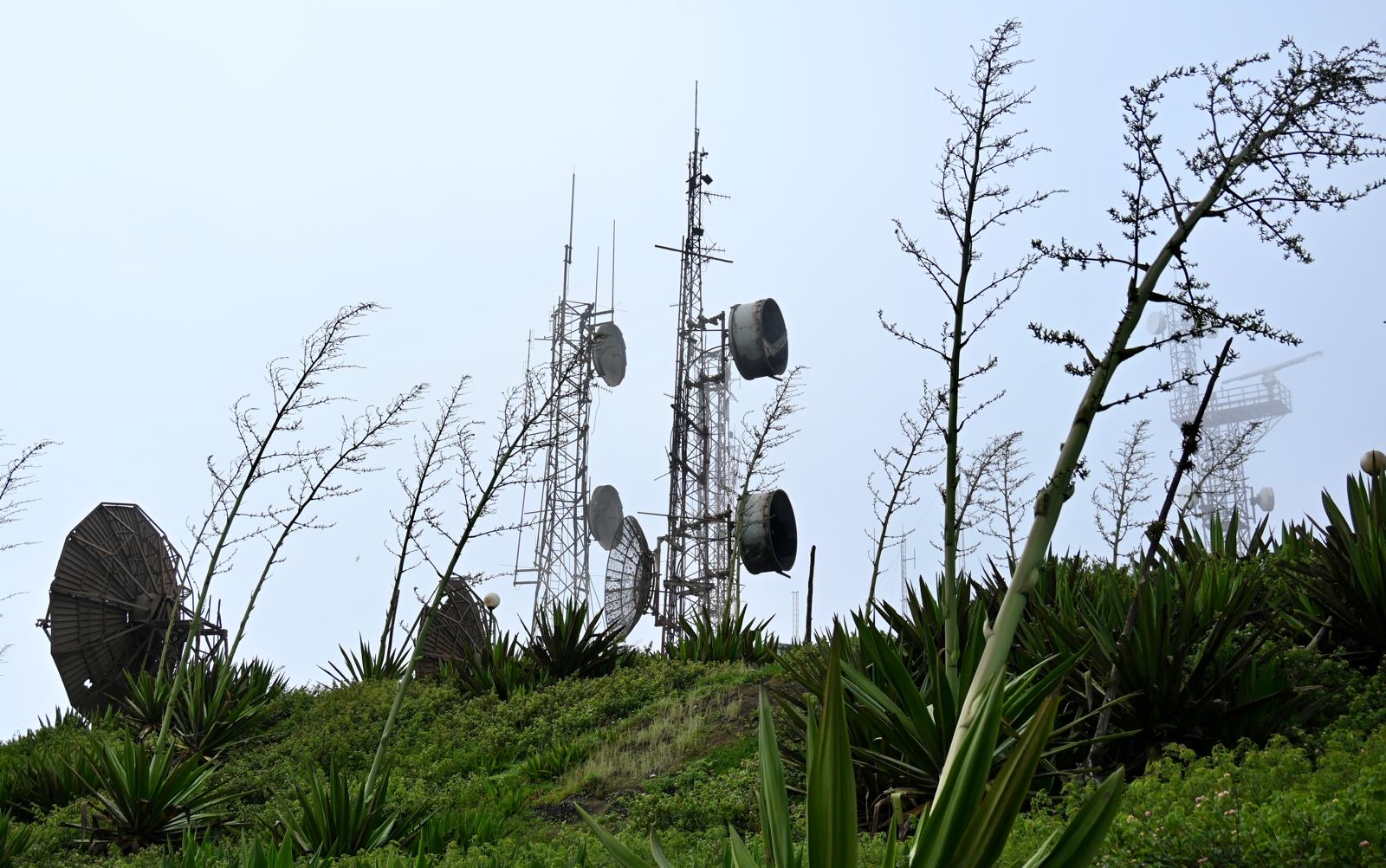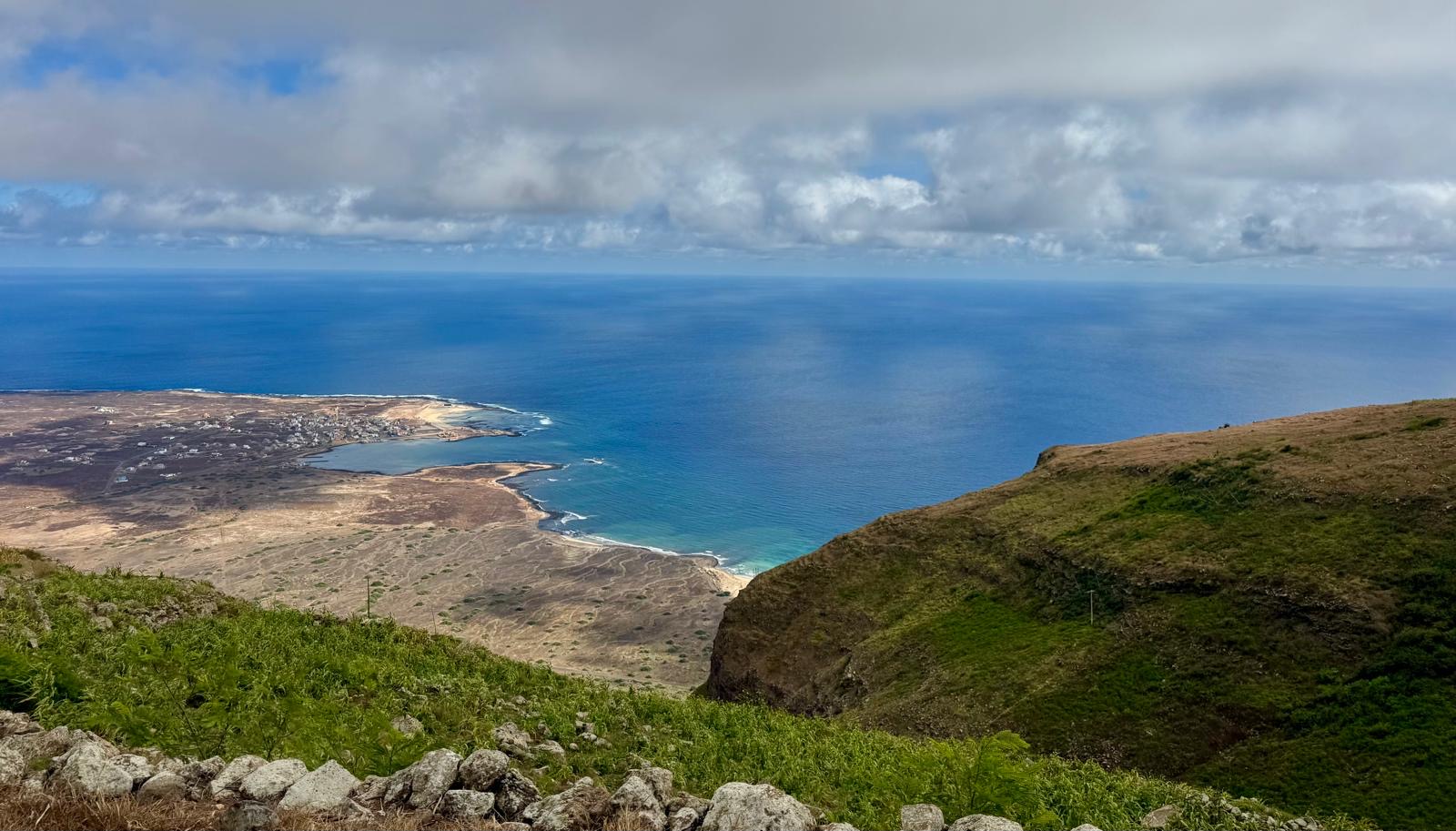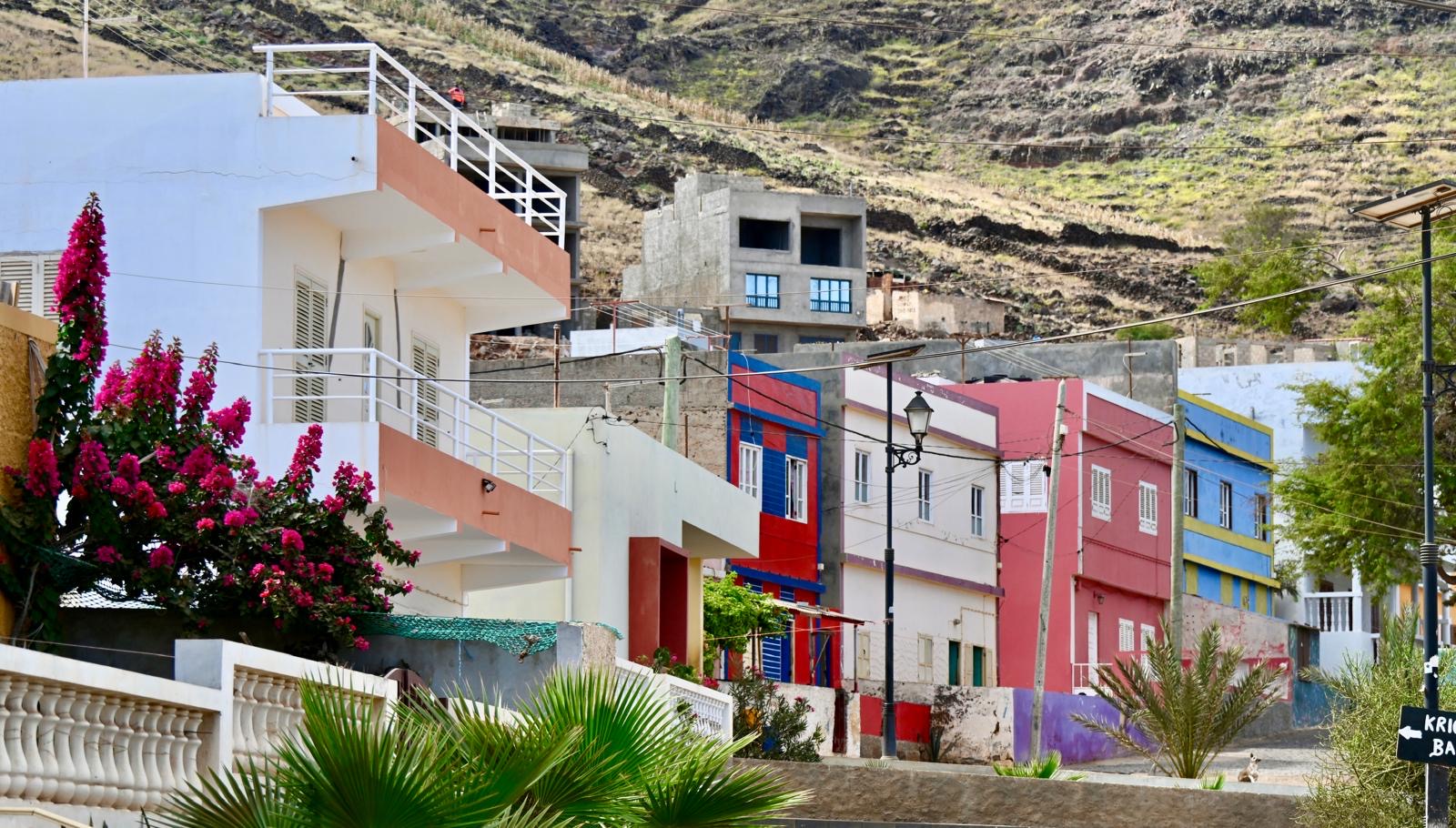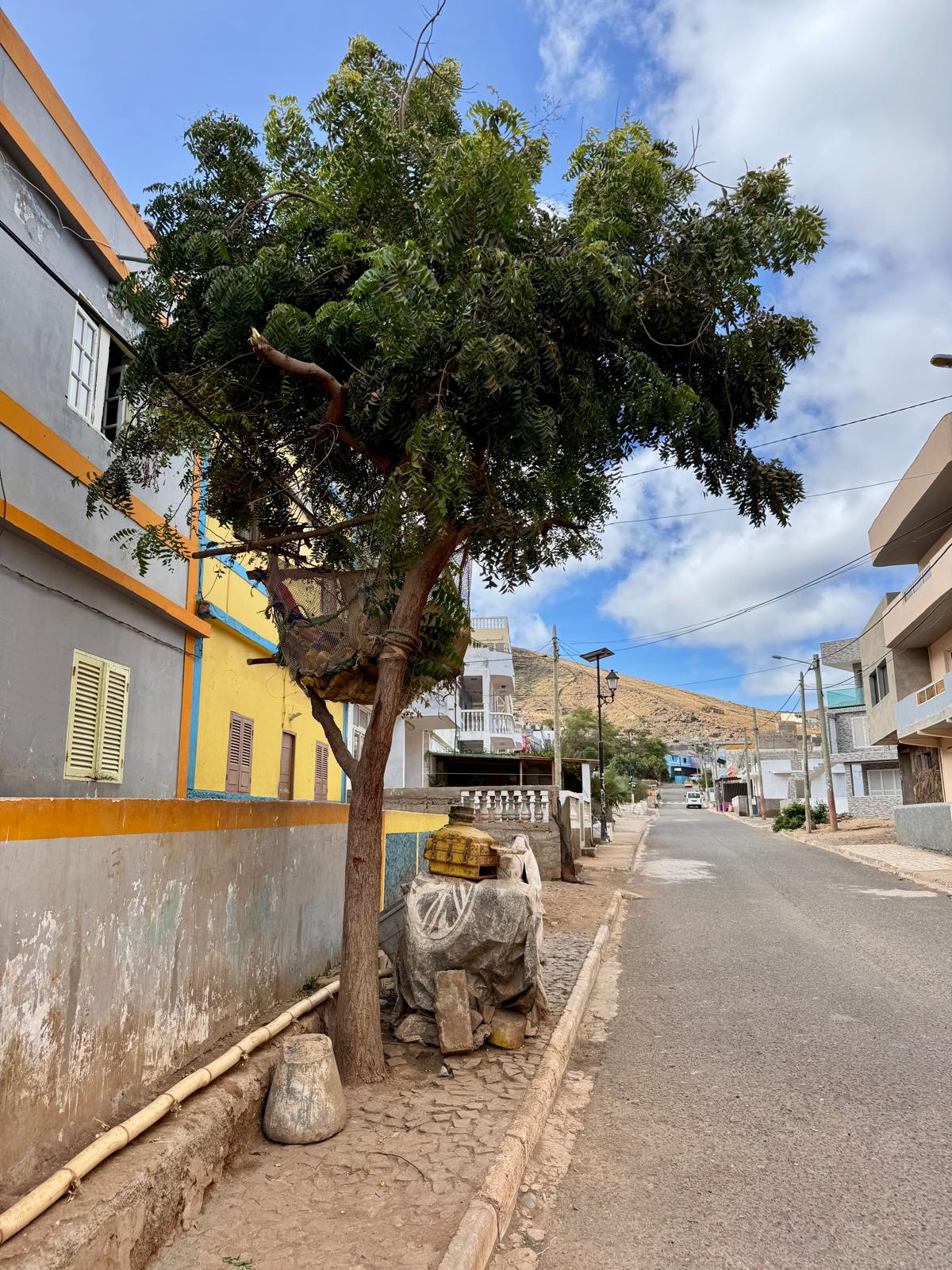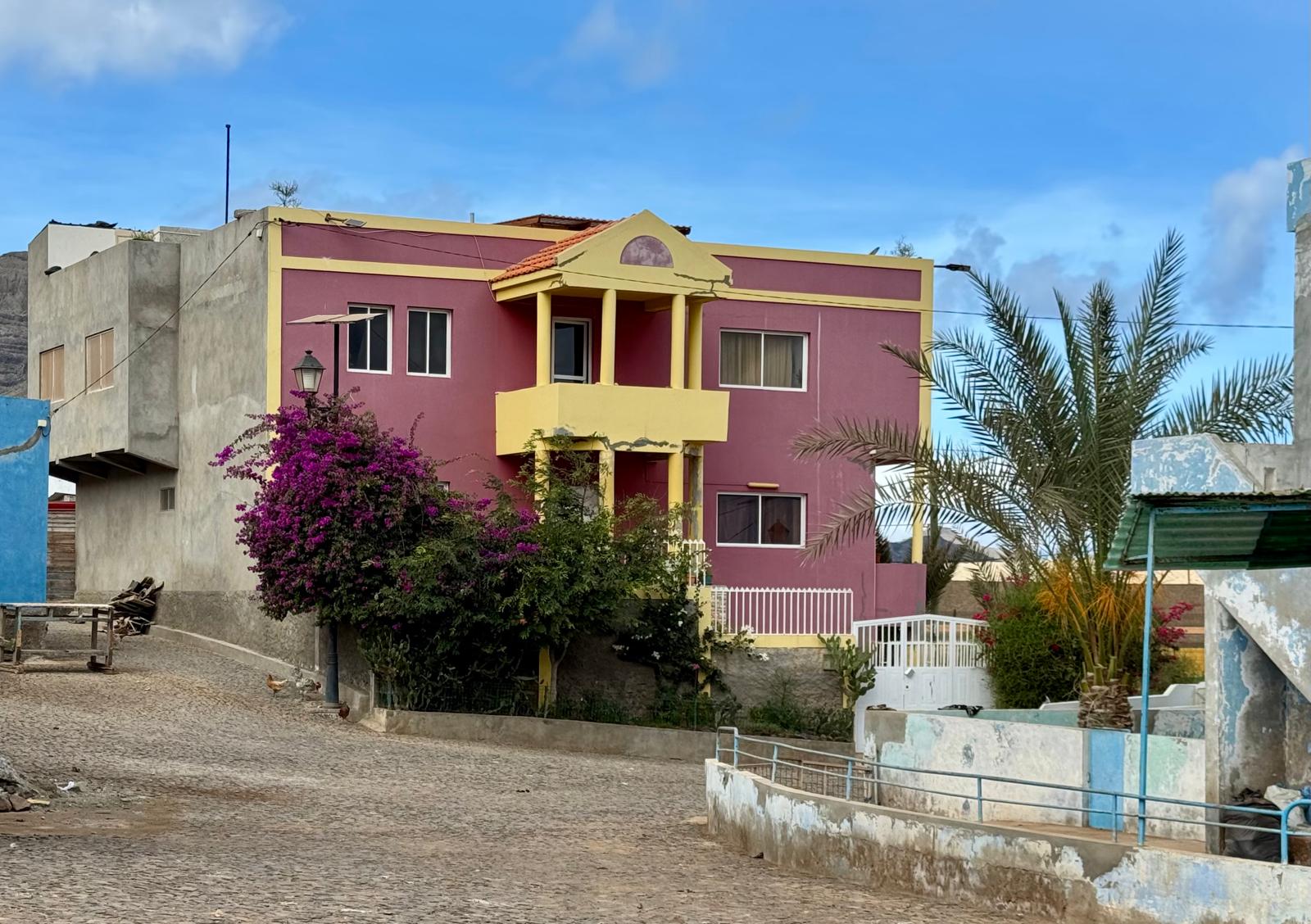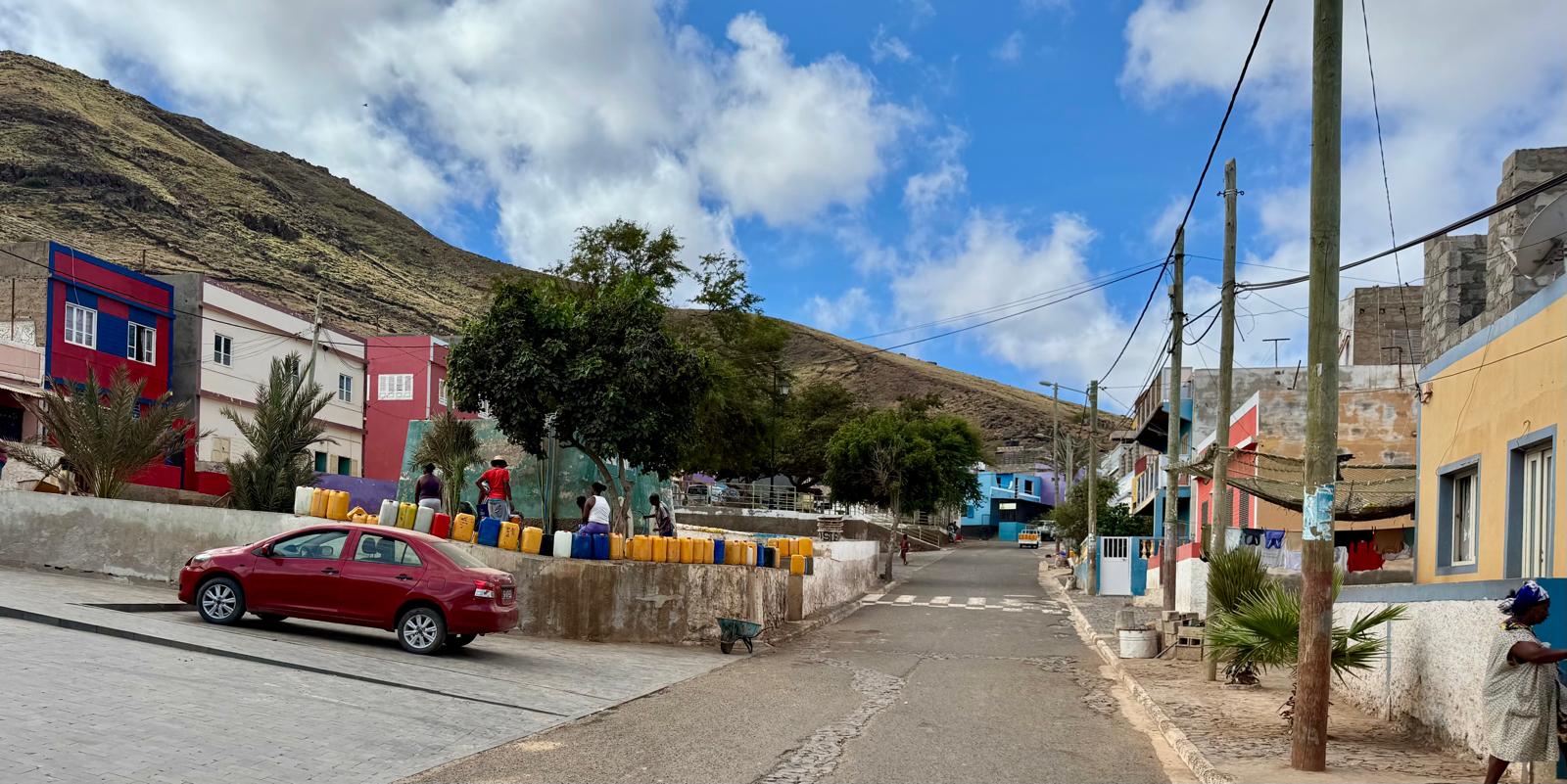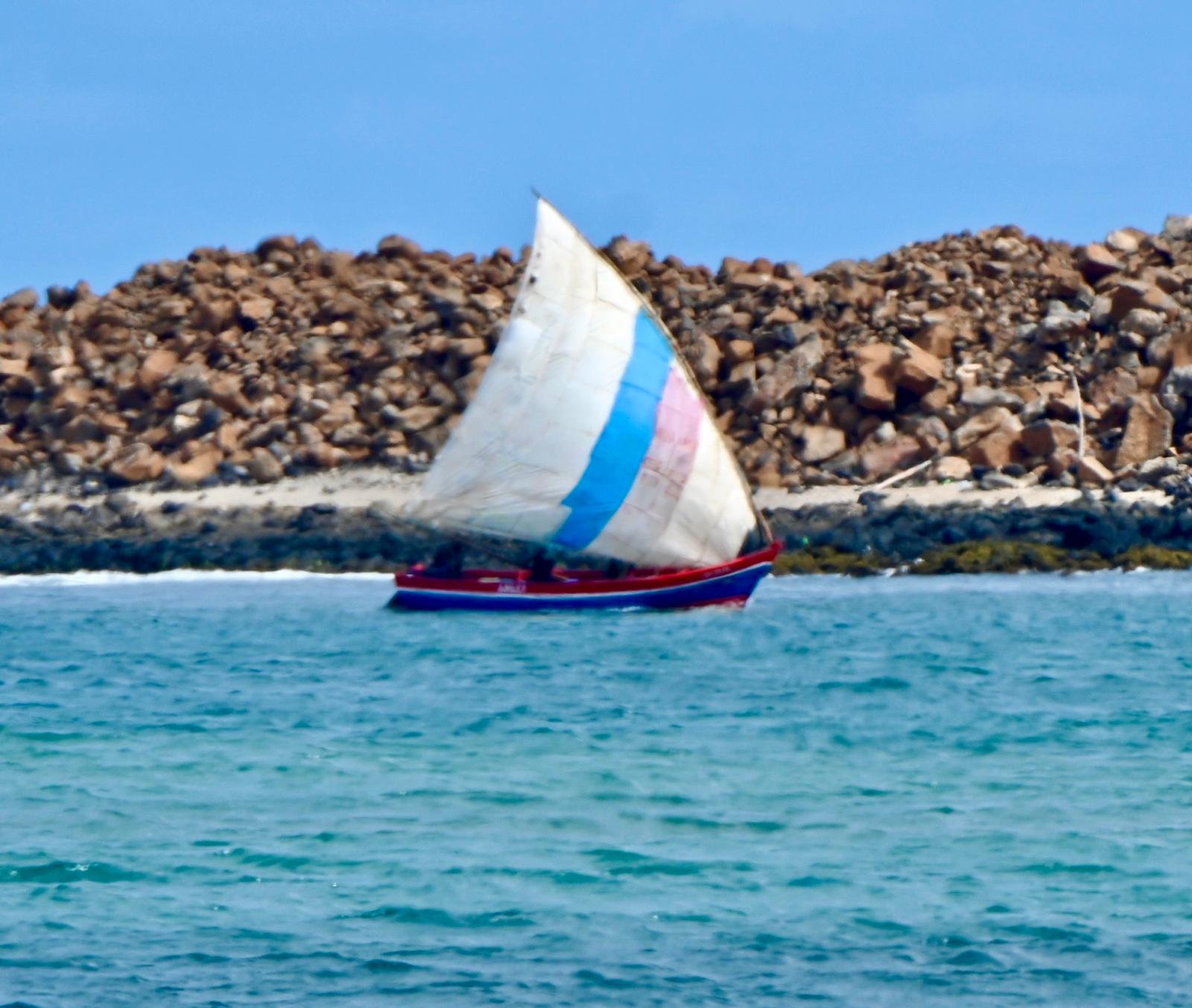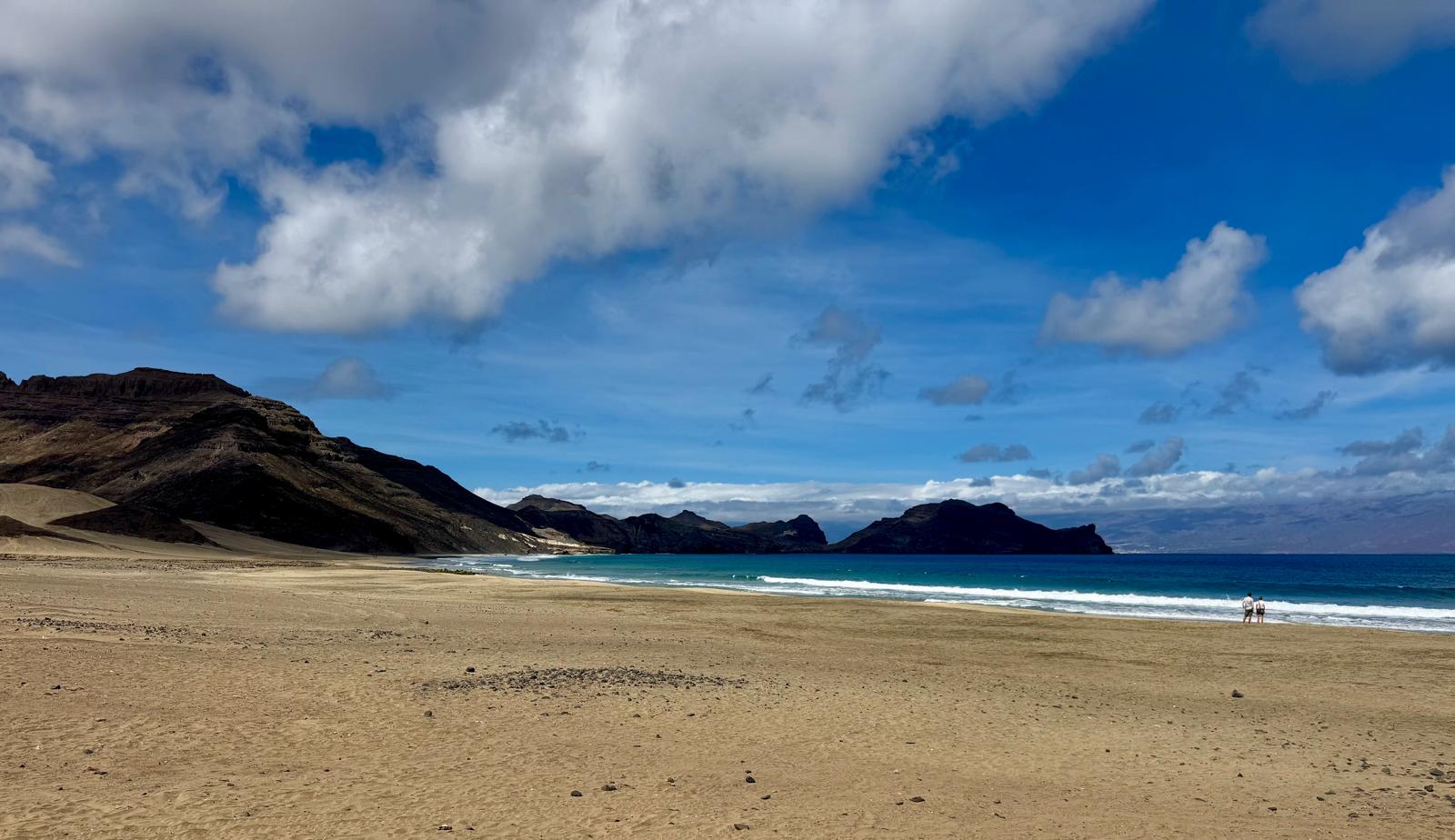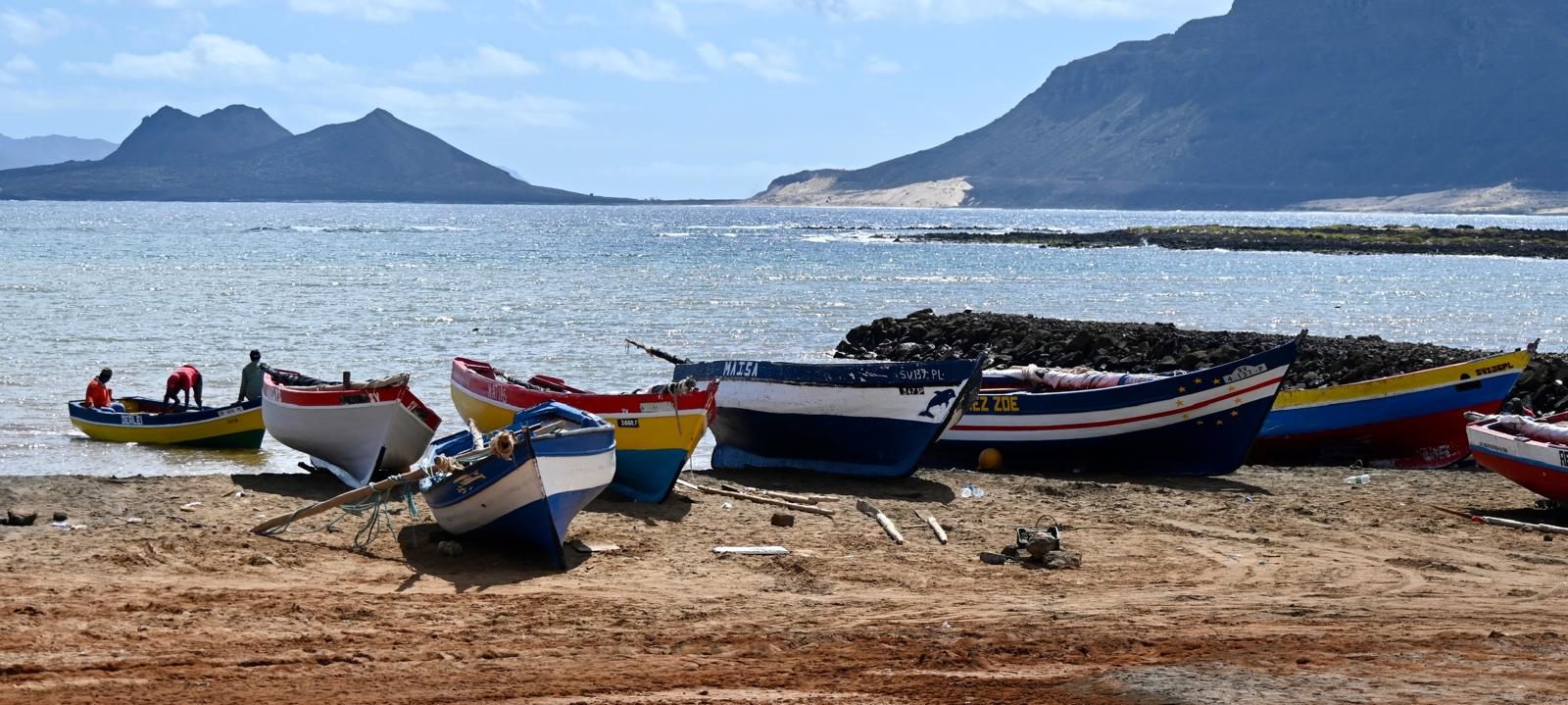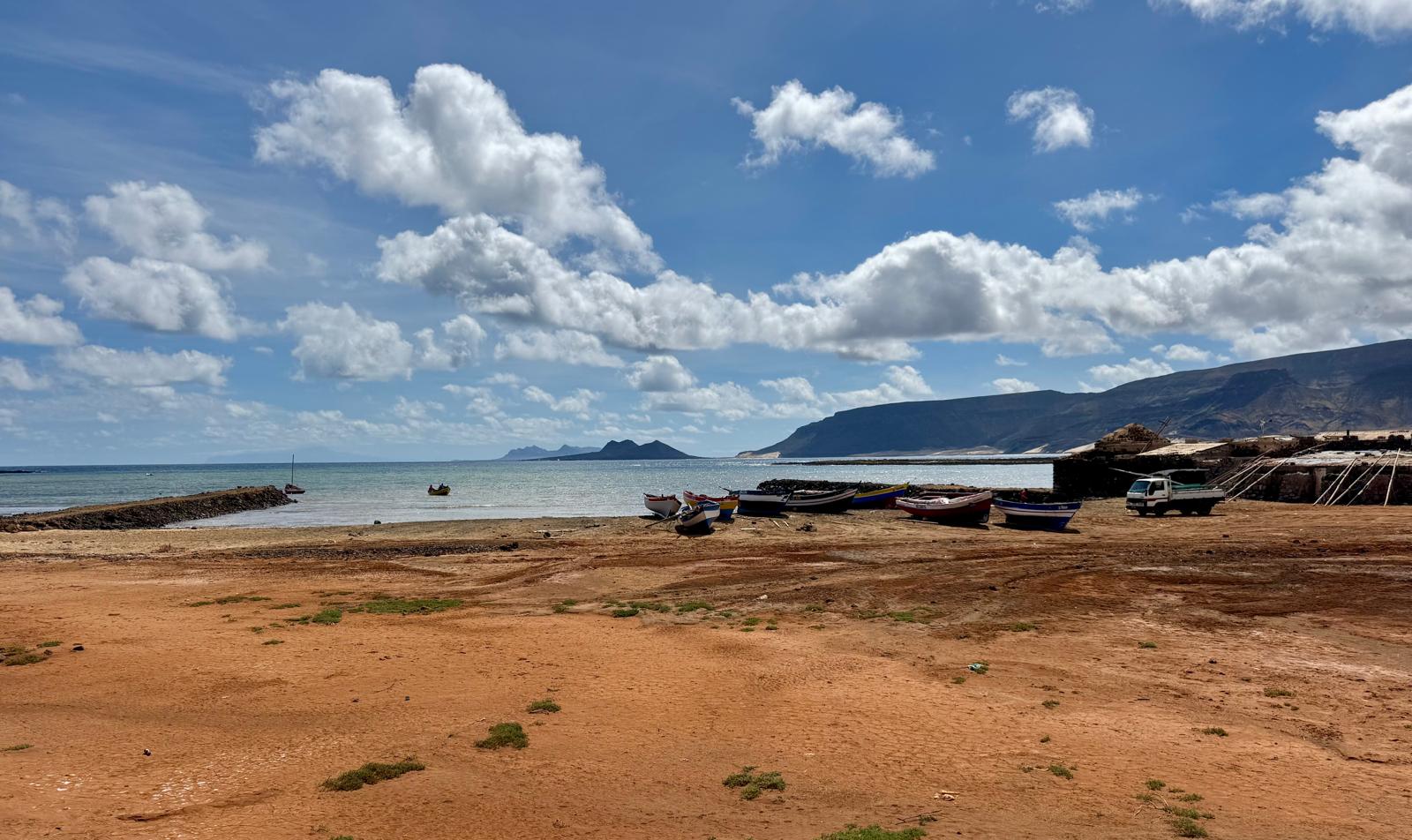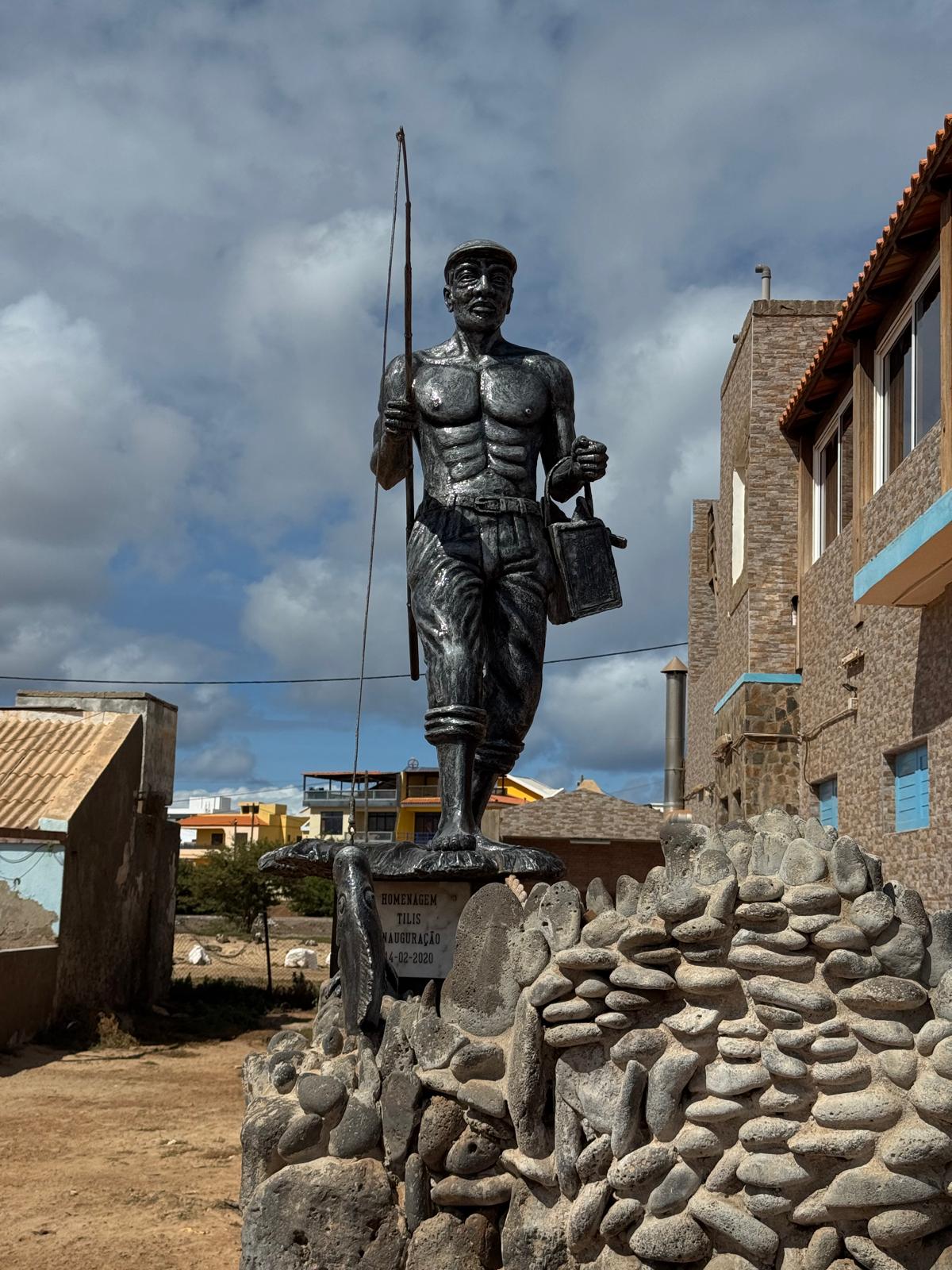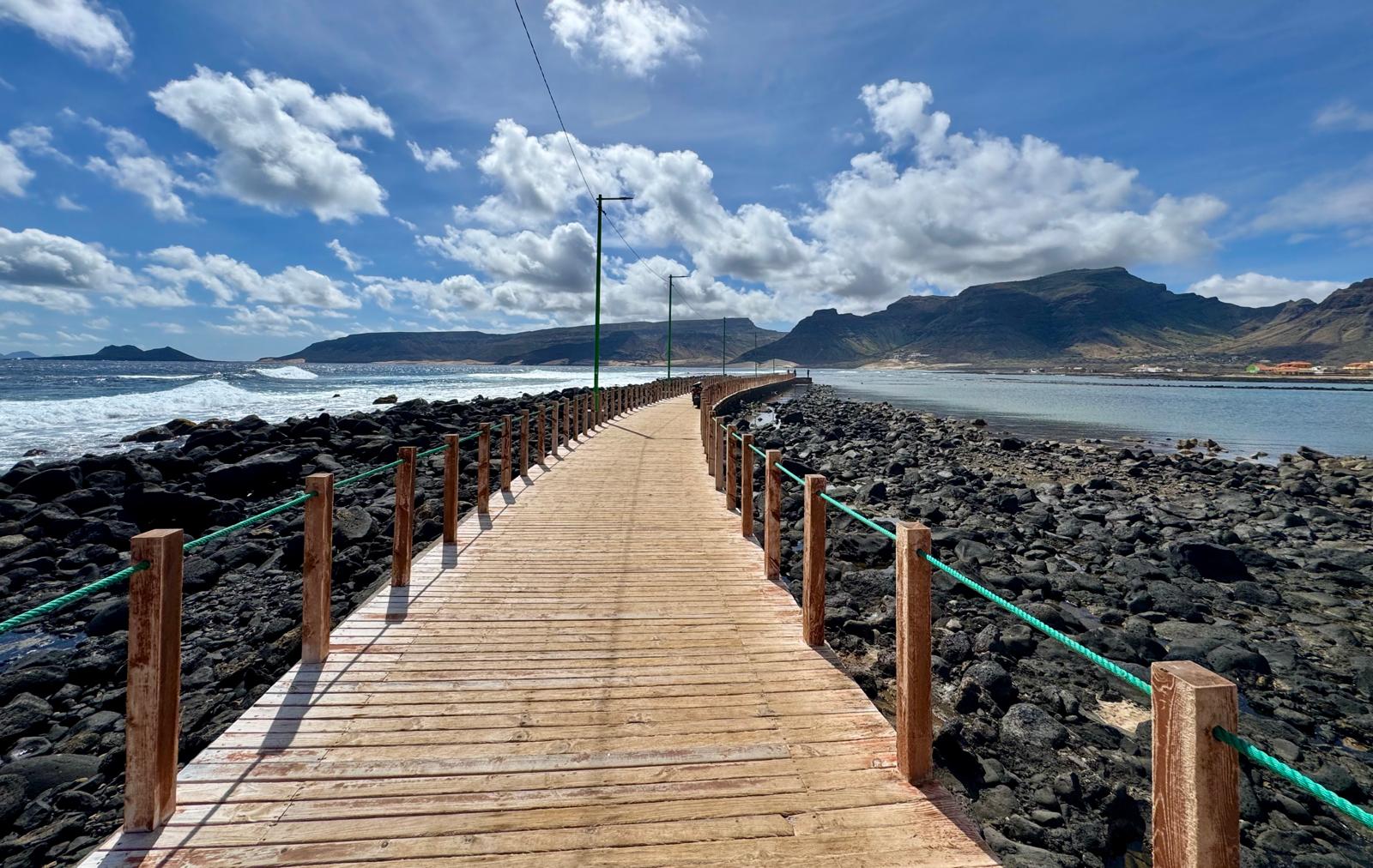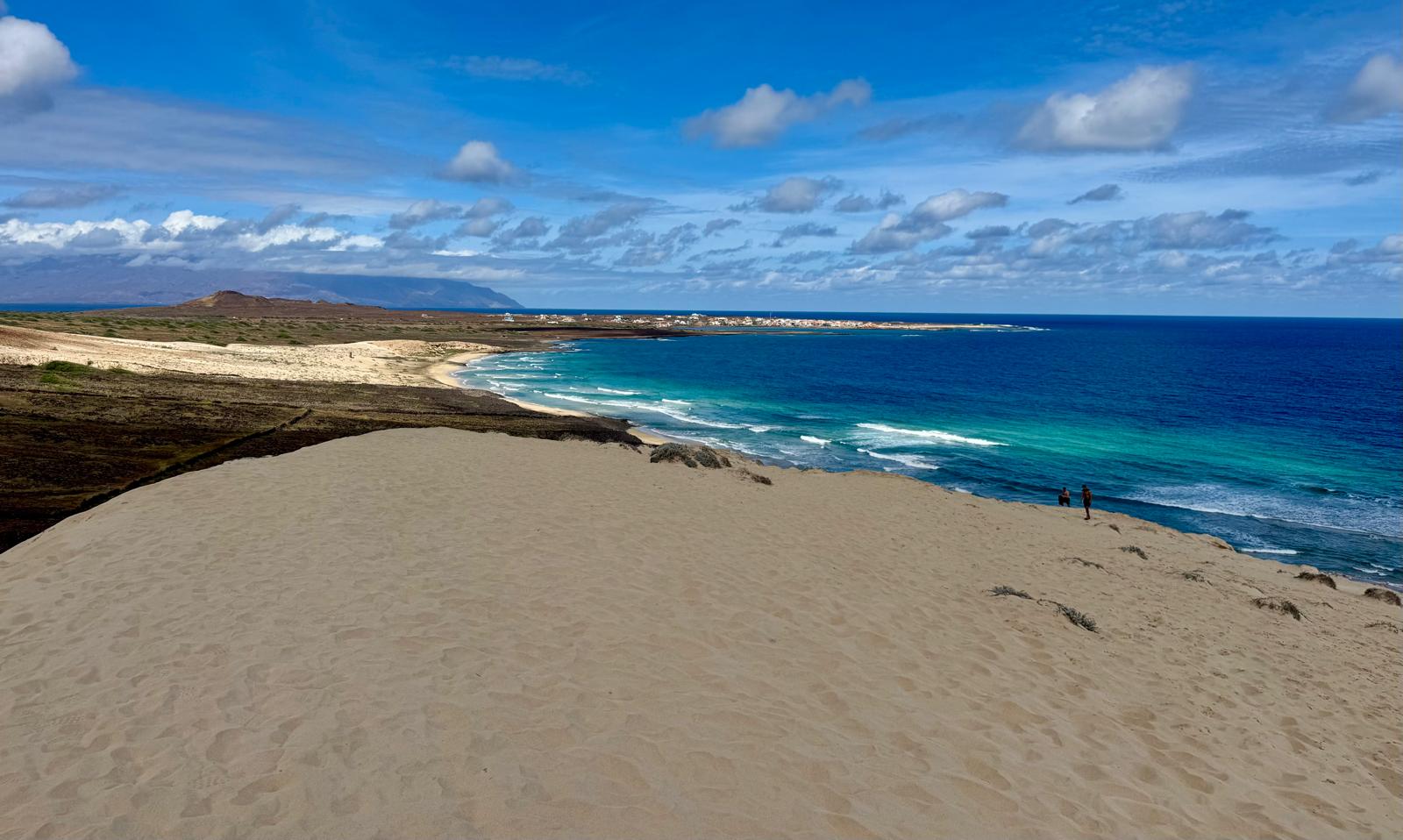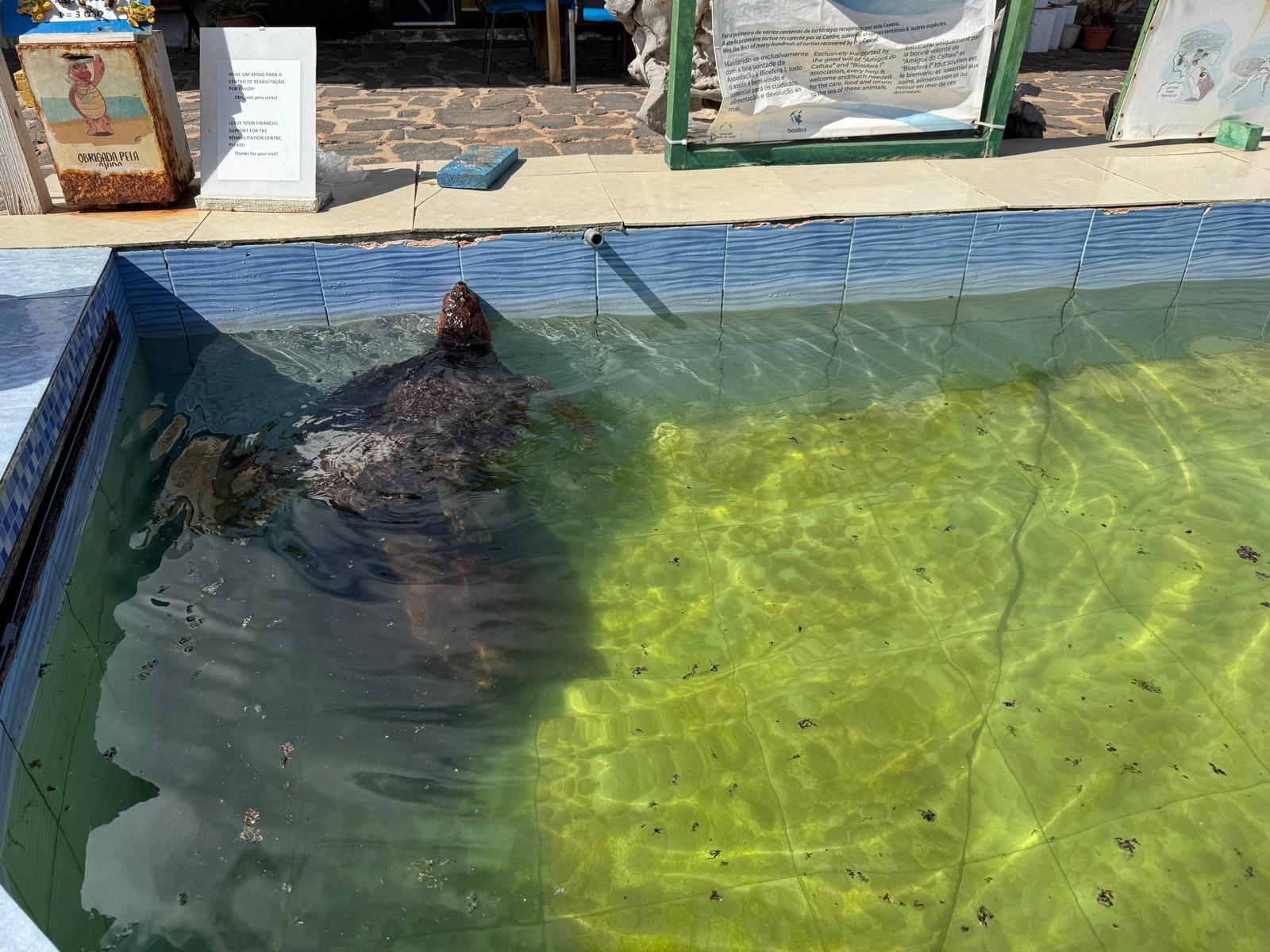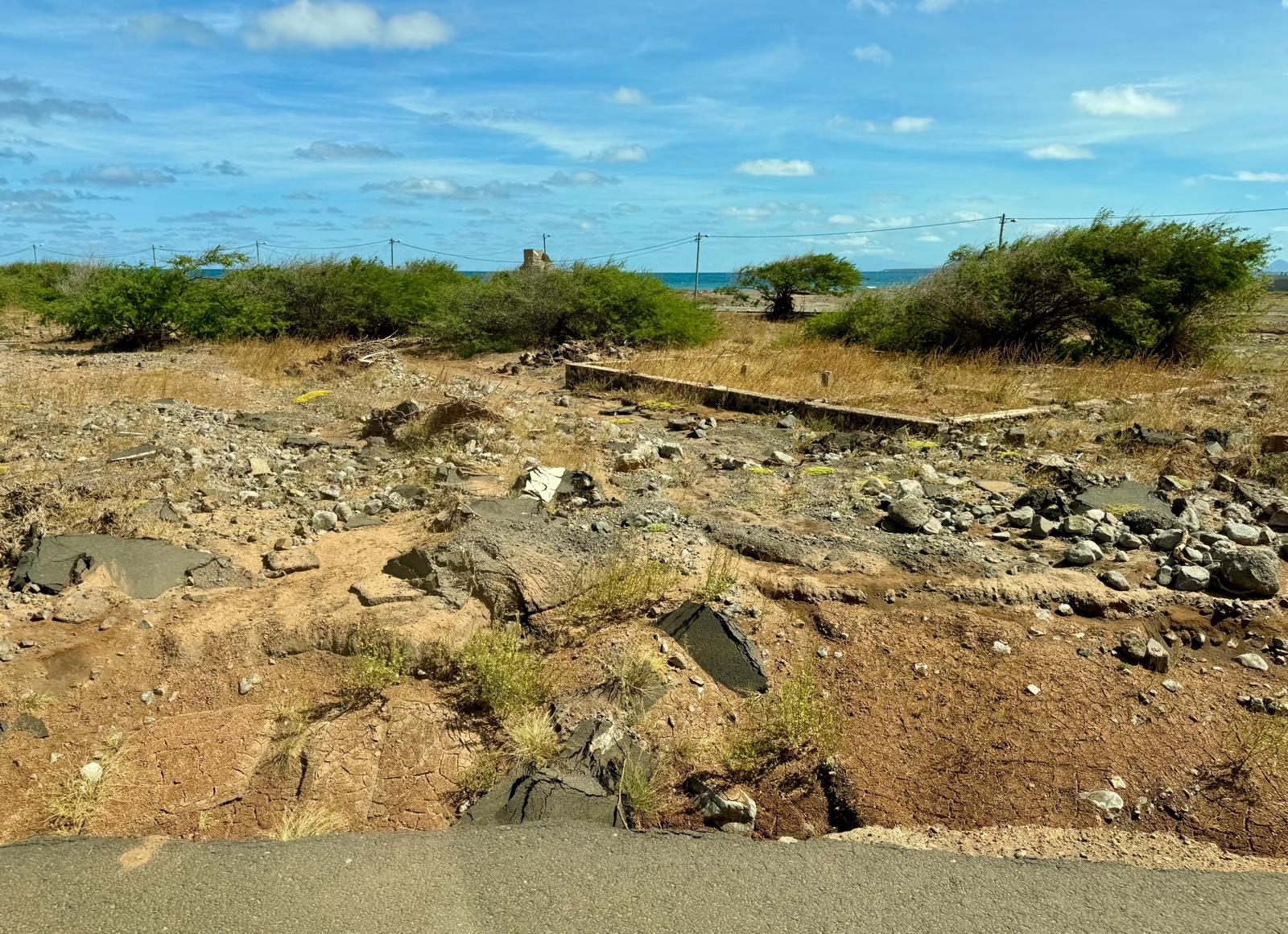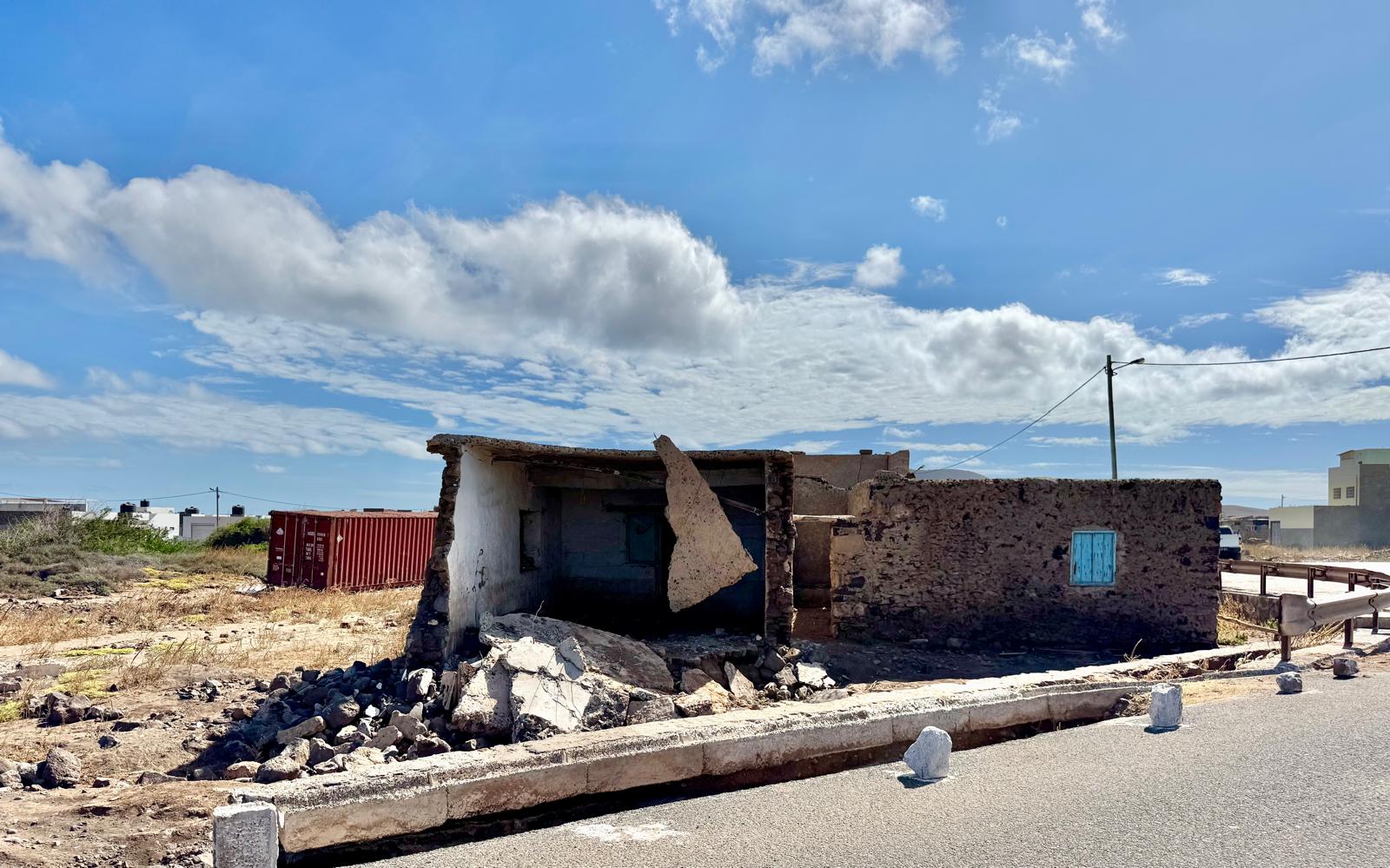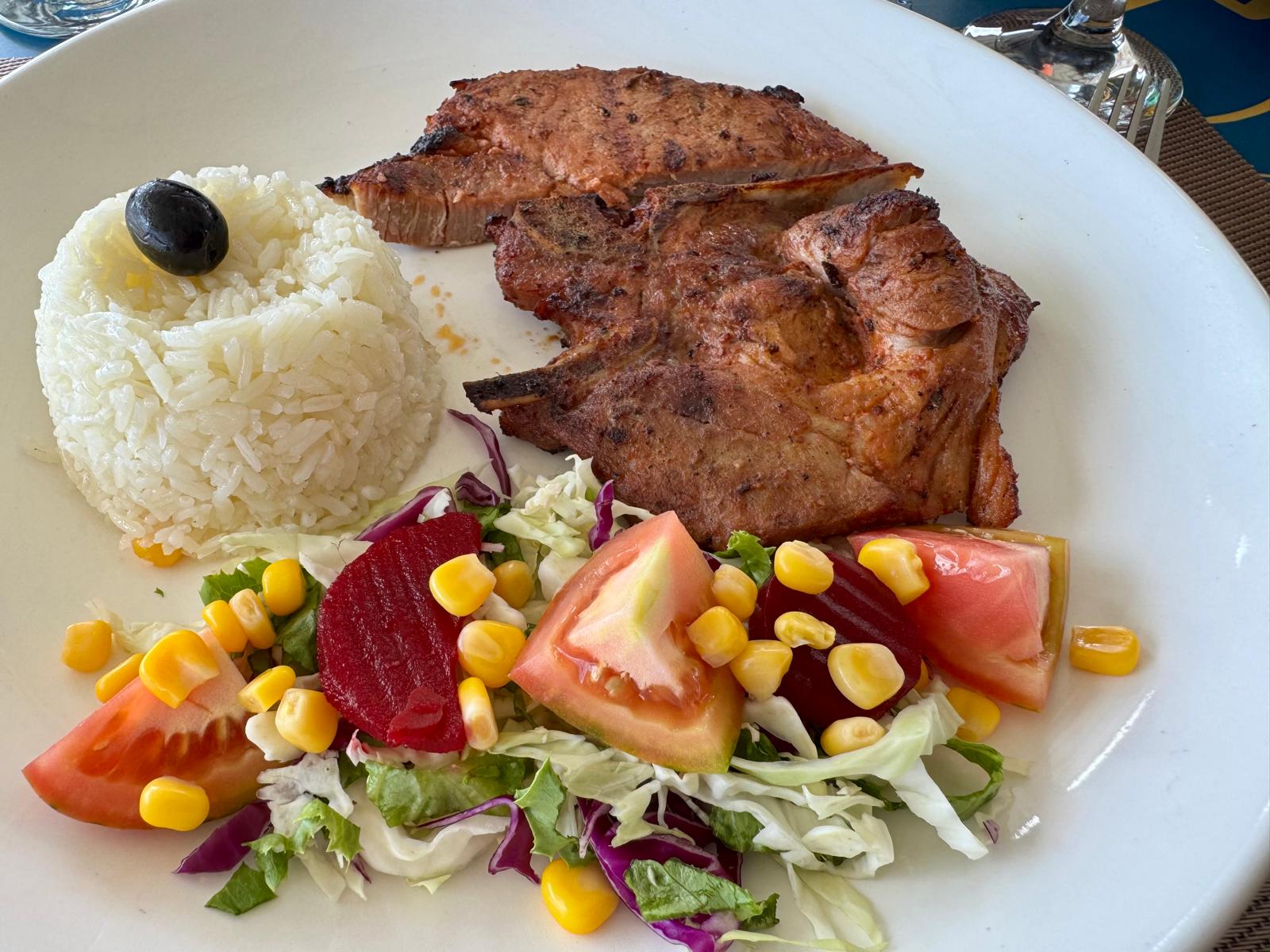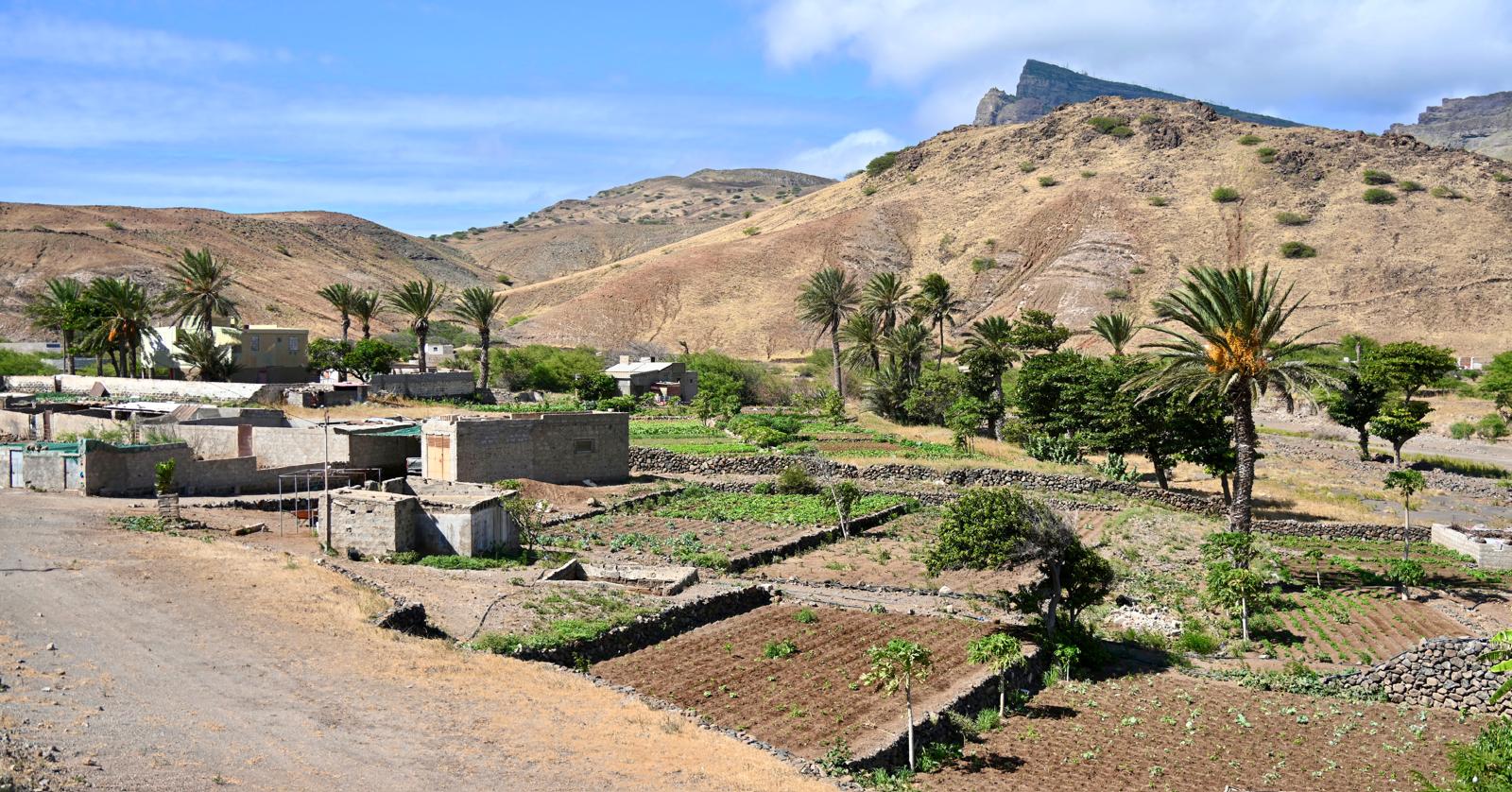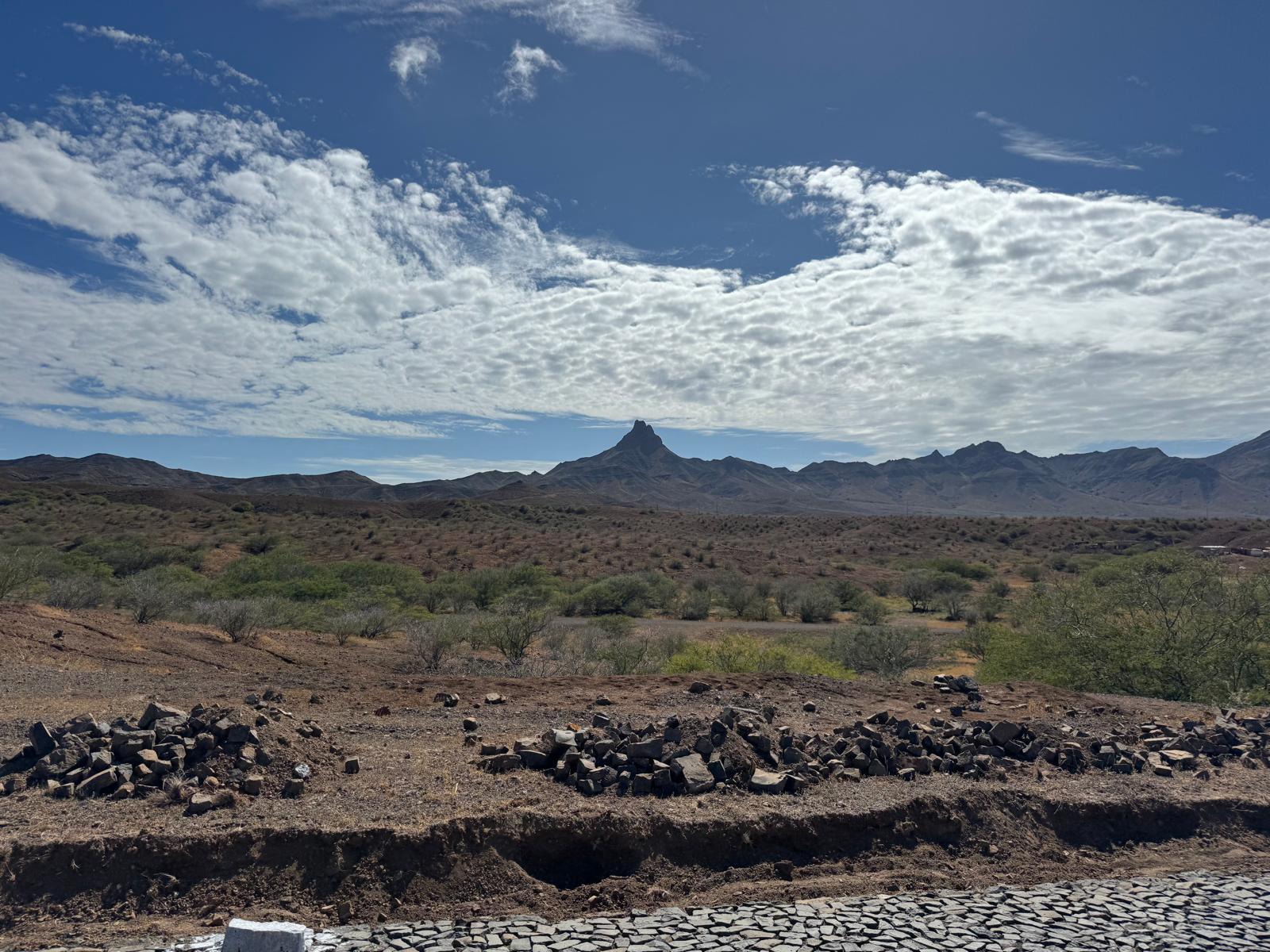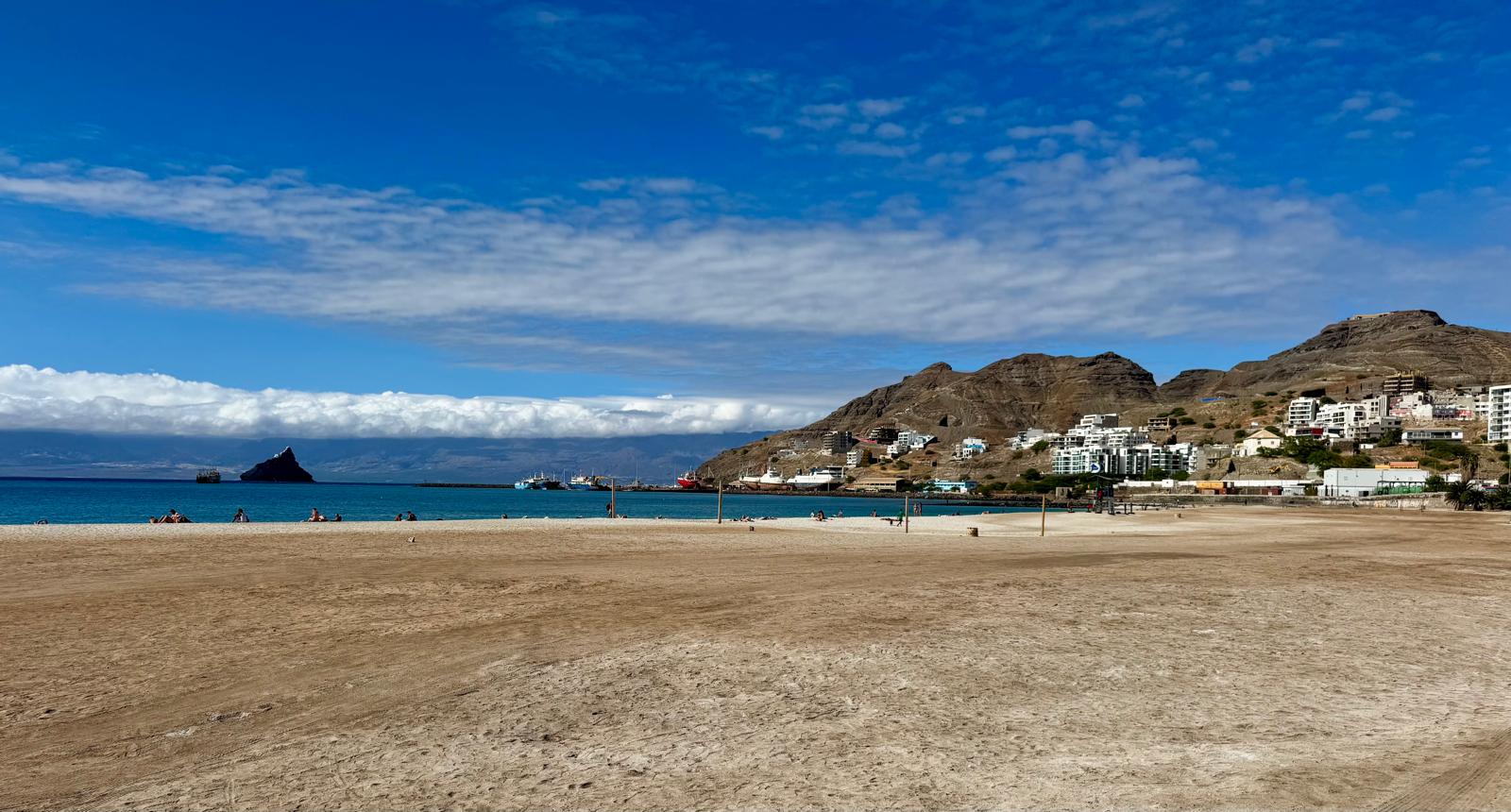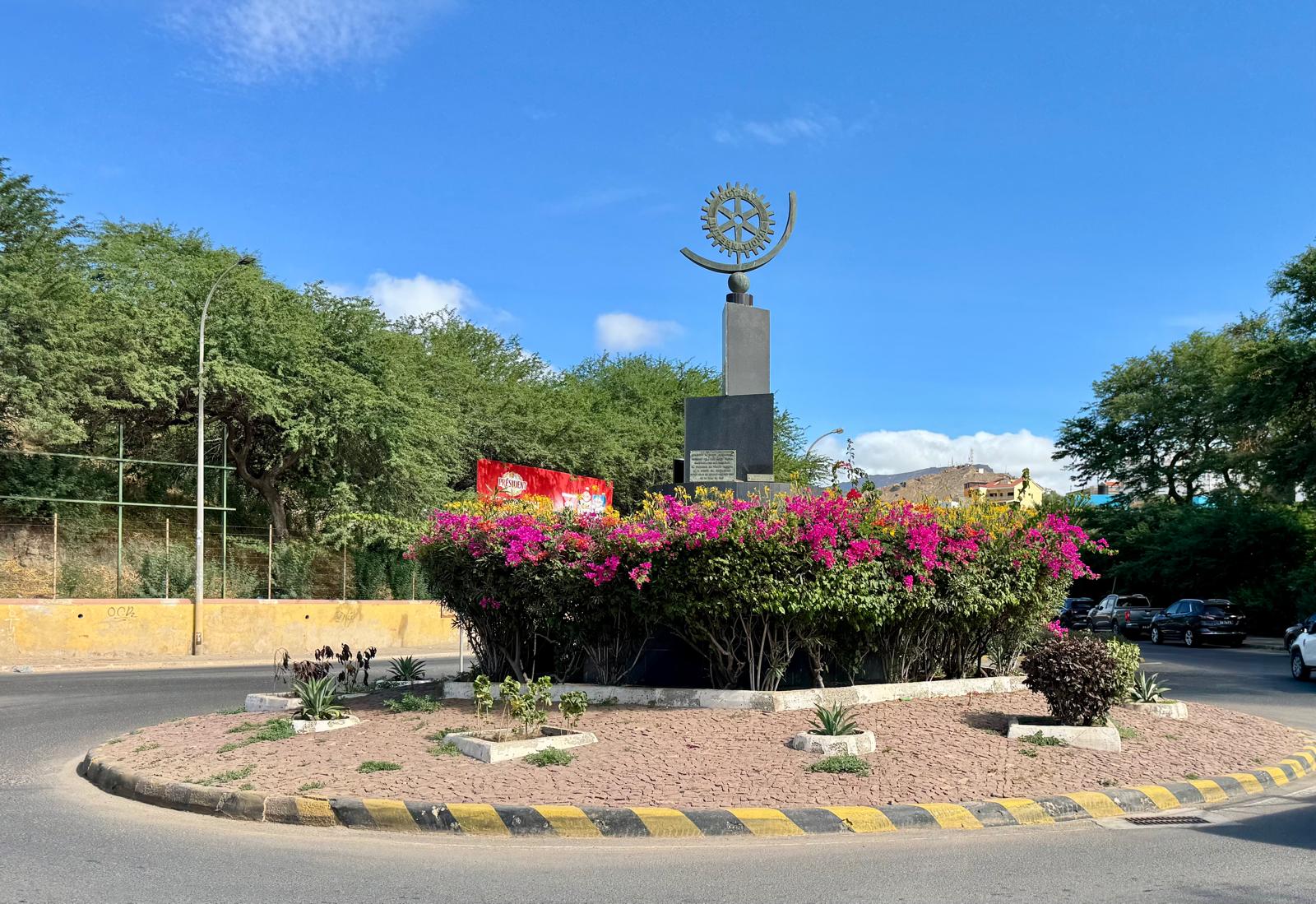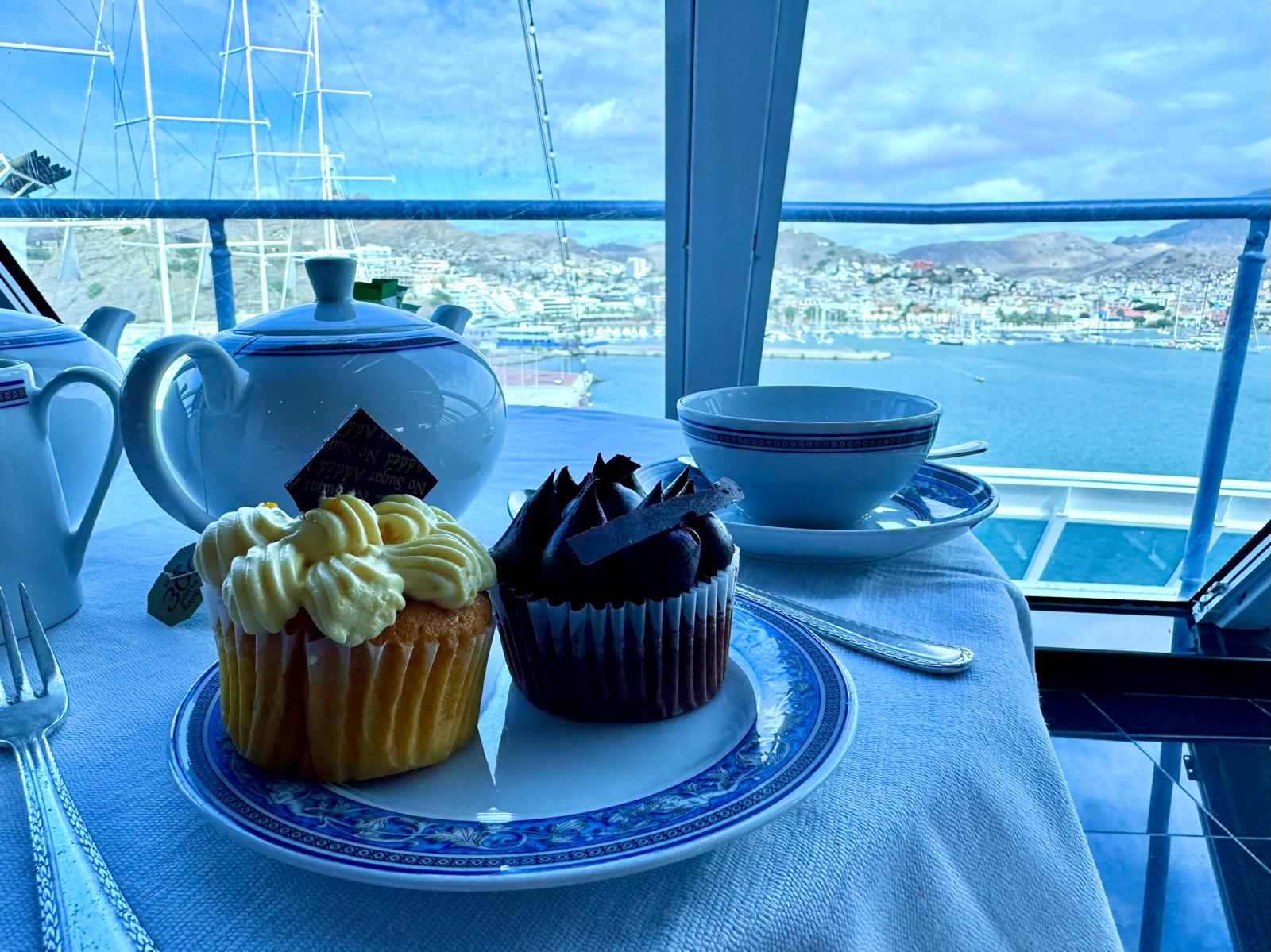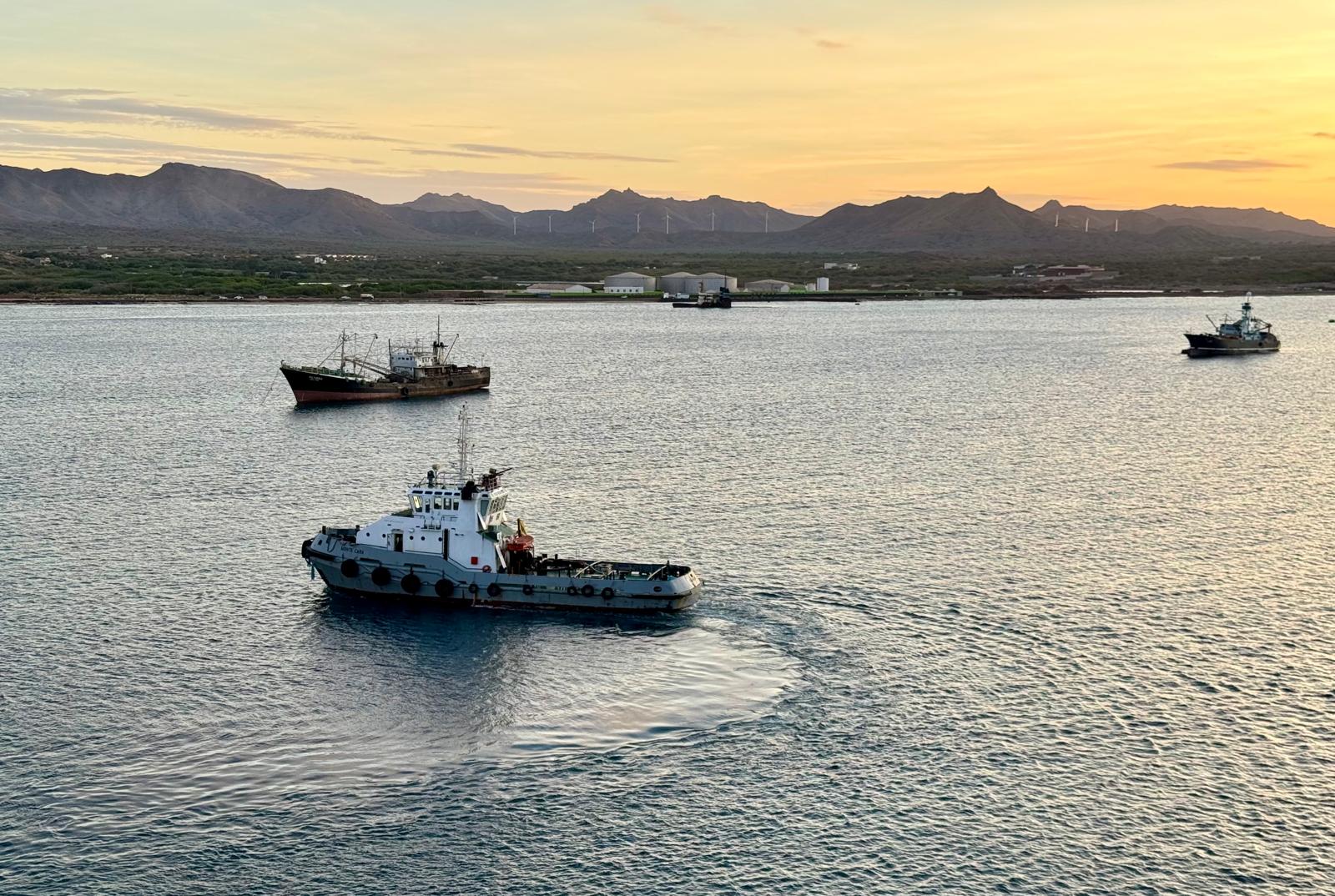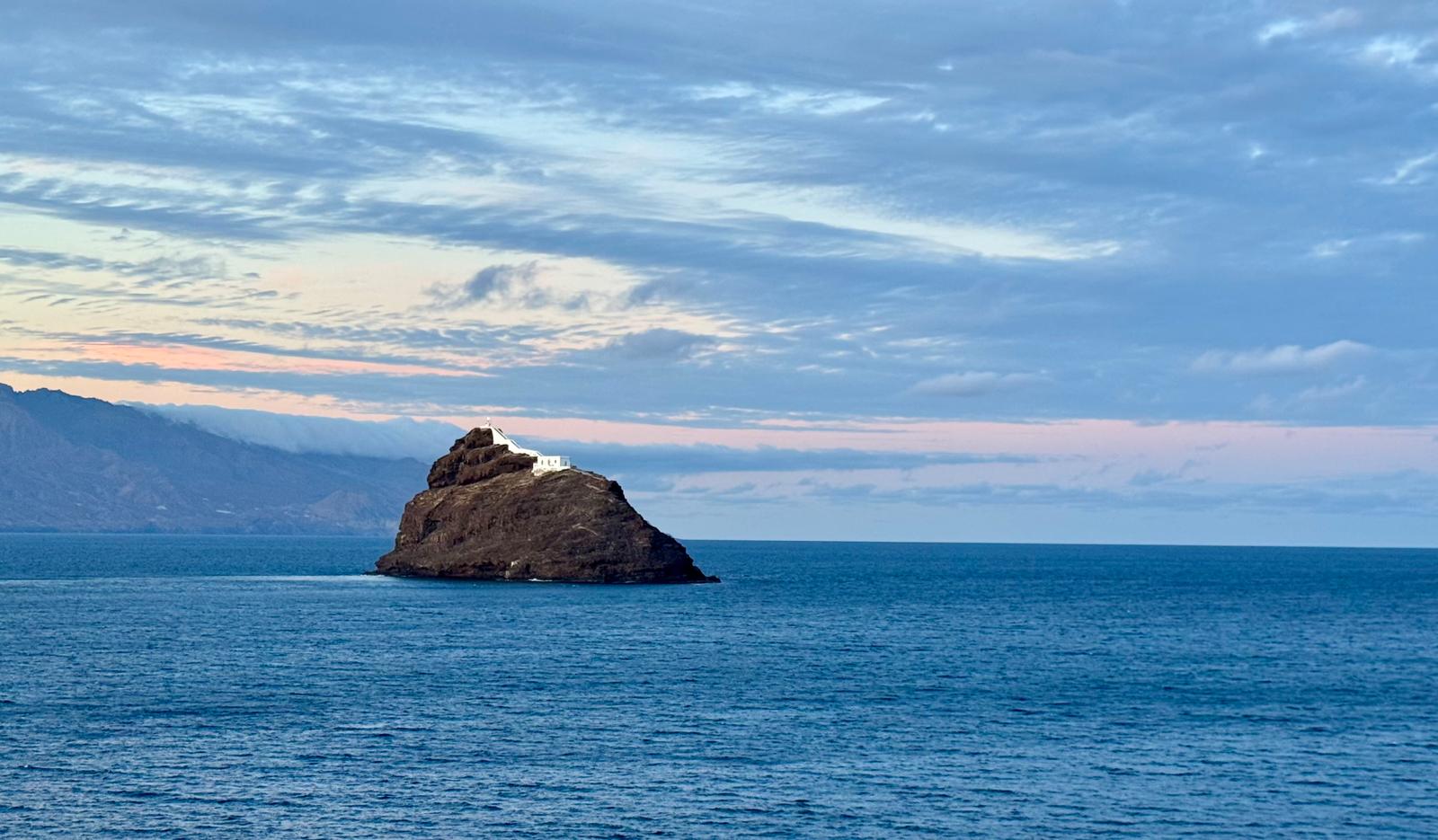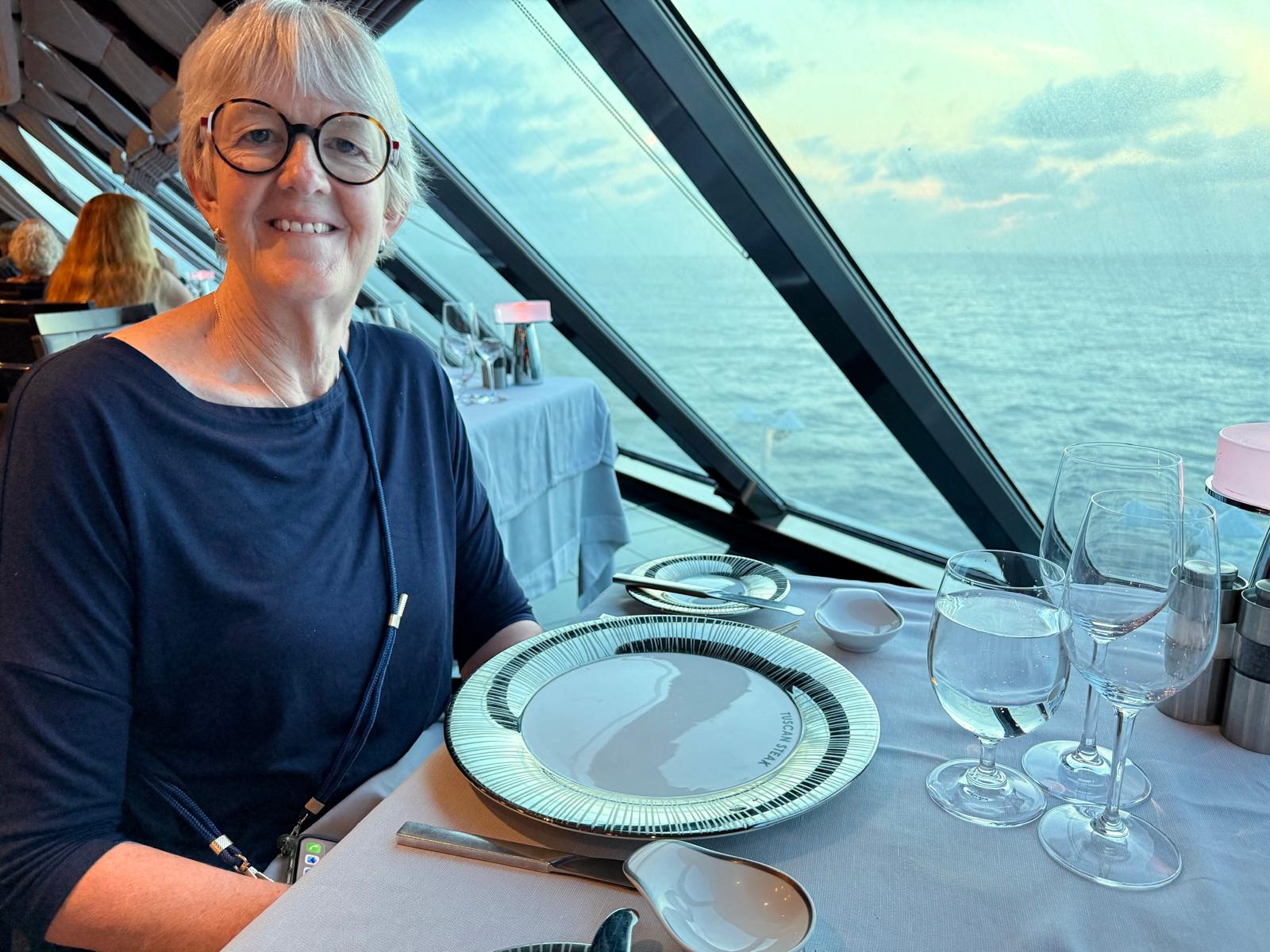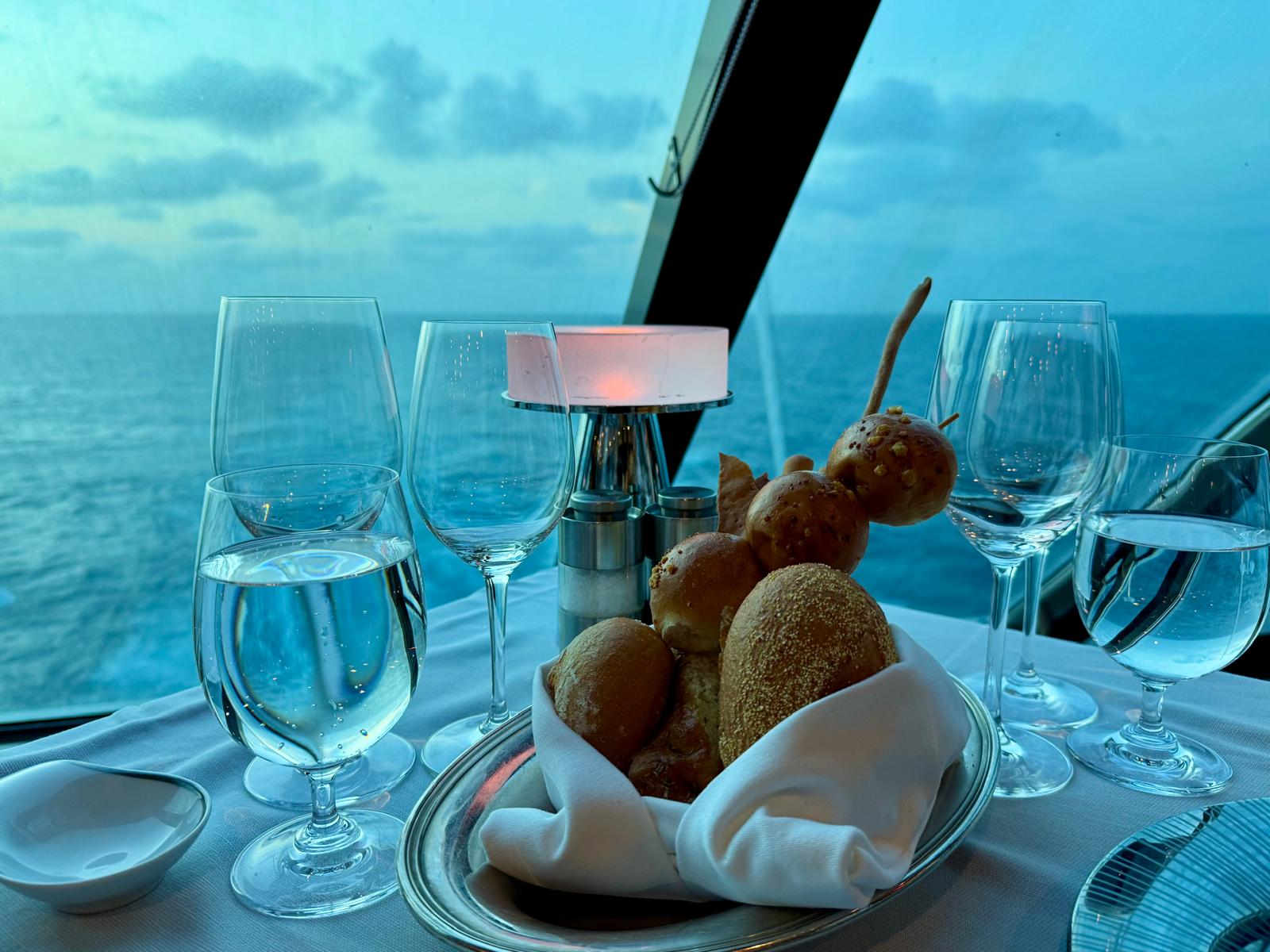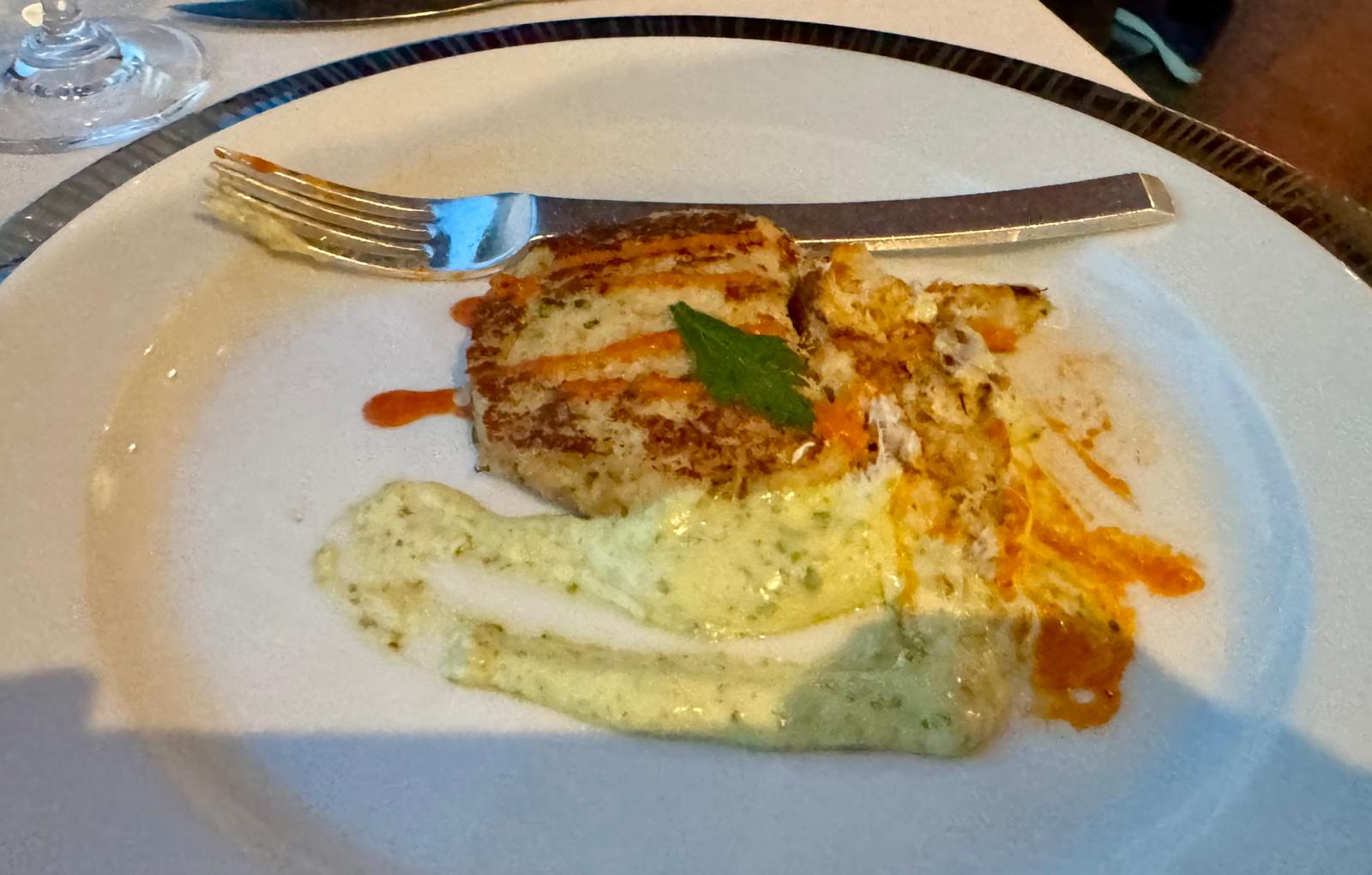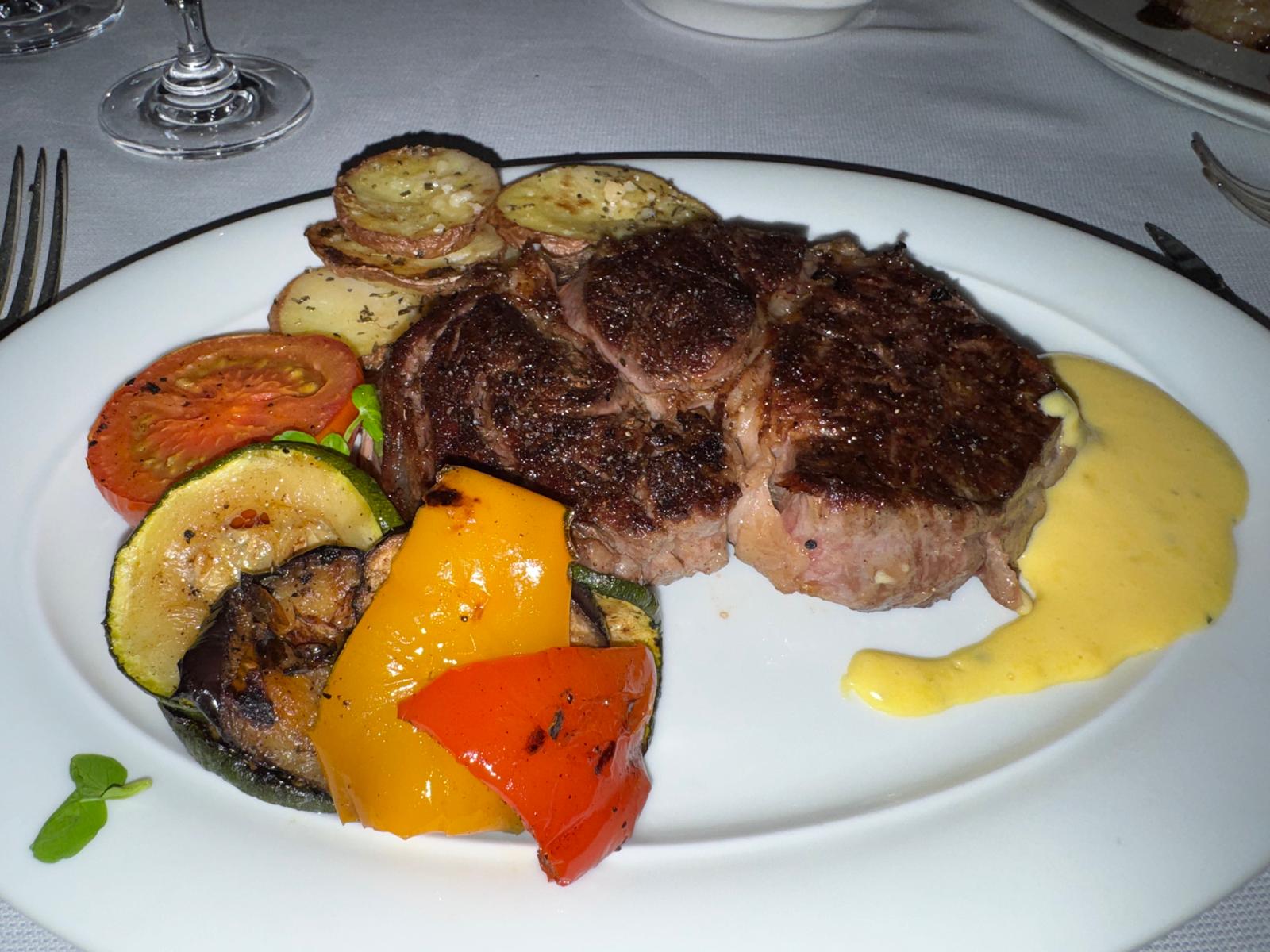Thursday 18 September 2025: Bucharest to Sibiu – Sylvia
Our guide and driver for the next few days, Florin, met us at the JW Marriott Grand at 9am. It was nice to have a relaxing morning and we had enjoyed a lovely breakfast in the hotel. We set off for Transylvania. Romania is a country with a population of about 18 million, 1.8 million of whom live in Bucharest. The country is divided into three regions, Wallachia (which includes Bucharest), Moldavia and Transylvania.
Like the other countries around it has a potted history. It was part of the Roman Empire from about 100 AD, fell to the Mongolians under Timor in the 12th century, then the Ottomans. Unlike neighbouring Bulgaria, it was never occupied by the Ottomans, but the people had to pay taxes, in corn, wheat, gold, and their sons (as soldiers). In 1866 the government invited a German officer to be king. King Carol I built a coalition against the Turks with Russia, Serbia and Bulgaria. He built an army that eventually overcame the Ottomans in the 1877 independence war. The country, at that time only Moldavia and Wallachia, became an independent monarchy in 1878. Transylvania was then a part of the Austro-Hungarian empire. It became a part of Romania after WWI.
As we made our way to our first stop, Curtea de Argas, where all the Romanian royalty are buried, Florin shared some of his experiences with us. Back in the Communist era he was a driver for the National Tourism board. He had to undergo extensive training and testing to get this position. The Secret Police would brief hm before each new group about where he could go; sometimes he had a wire tap in the car and had to stay within a certain distance of another car; he had to write a detailed report after each visit, etc. He reckons about 50% of the tourists at the time were spies. At one stage he was assigned to work as a driver for the building of the Parliament building. That is where he met his wife. Right before the revolution he got in a bit of trouble and spent three months in the rental car office. He noticed an unusually large number of young American and Russian couples visiting.
Ceausescu, the ruler under Communism, did good things for the country but bad things for the people. People were suffering. There was no freedom and no bread but the country had no debt. The revolution lasted for one week over Christmas in 1989. 1200 people died during the revolution. Ceausescu and his wife were killed on Christmas Day. Florin thinks they shouldn’t have been killed but that the country is much better off without communism.
We made our way on very good roads. Once out of the city we rocked along at 130kph, mainly through well cropped farmland, dotted about with the odd oil well. One long, straight, flat area of the road apparently used to be used for military planes during communist times. We past an oil refinery and a huge defunct factory from Communist days. On the other side of the road was a big manufacturing area for Dacia cars. The main sources of income for the country are car manufacture, oil and agriculture.
As we continued further, the roads narrowed and we started driving through forested hills, dotted about with small villages and the odd hydro power station with large red and white pylons marching across the landscape. We saw lots of big yellow-roofed chicken farms, but very little other stock. It seems most animals are kept indoors here,
After a couple of hours we arrived in the pretty little town of Curtae de Argas, the religious centre for the Romanian royals. We stopped to visit a monastery that was built between 1512-1517. Unfortunately it is being renovated at the moment so from the outside all we could really see was the wooden scaffolding. Florin shared a story about how, during construction, things were not going well. The primary builder received a vision saying he needed to make a sacrifice so he agreed to sacrifice the next person he saw. That was his wife when she brought his breakfast the next morning, so he apparently buried her alive in the walls of the building. When the monastery was being renovated a few years ago, the bones of a pregnant woman were discovered inside the walls. Apparently the builder and his 9 workers all were locked inside the roof and also died because he told the person that ordered the building that he could build a more beautiful building.

In Orthodox churches the men and women sit in separate places. In this Orthodox church there is a throne for the king and the queen also has a throne and was allowed to sit next to him in the men’s area, but her throne was much smaller and on a lower step.
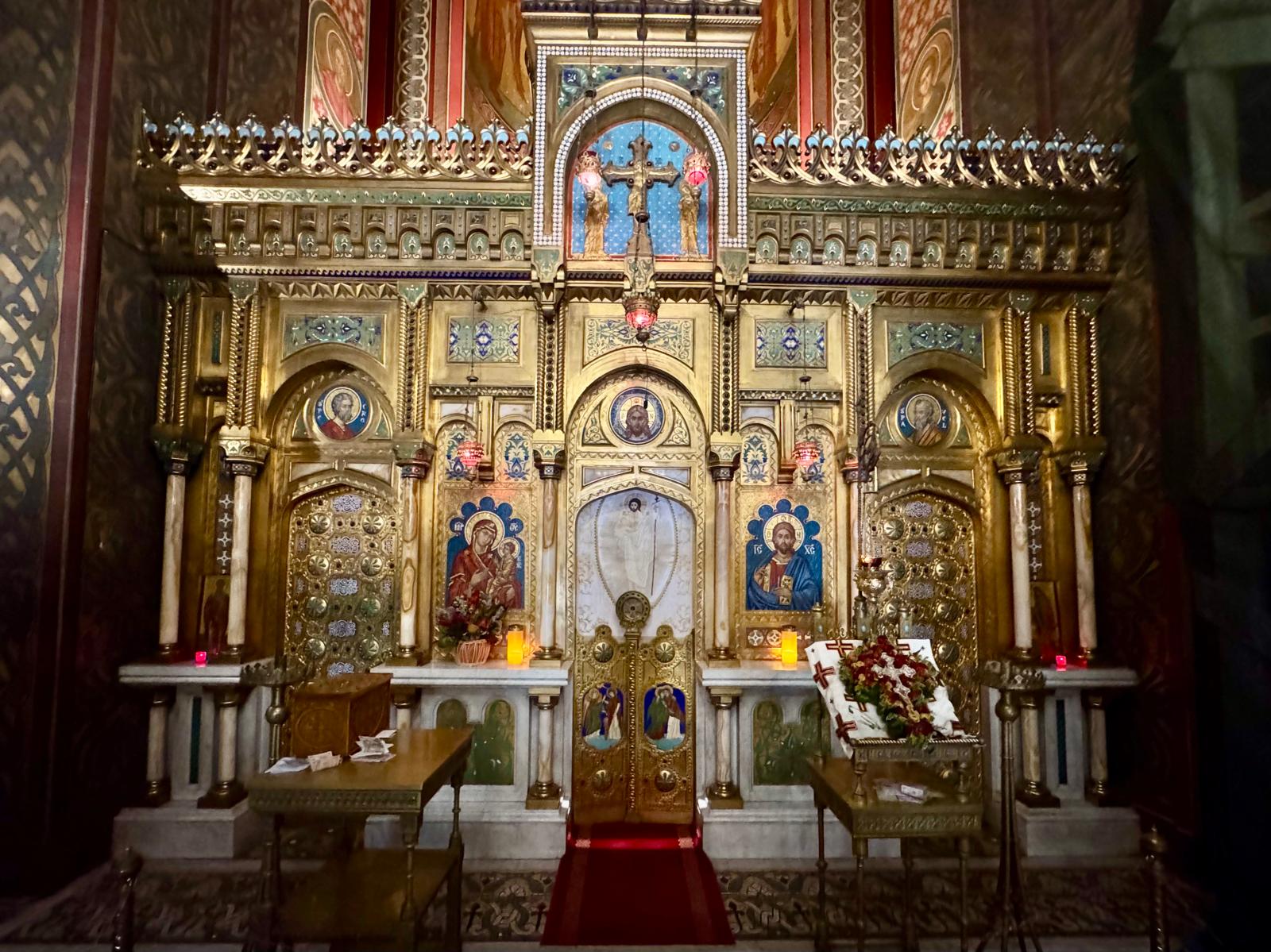


The graves of the first and second kings of Romania and their wives are buried in this monastery. Probably the two most important royals are King Carlos I, who helped overcome the Ottomans, and Queen Maria, the second queen, who is descended from both British Royalty and the Russian Tsars. She played a very important role in the decision of Romania to side against the Germans in WWI, which resulted in Transylvania becoming a part of Romania as part of the Treaty of Versailles.
Next to the monastery is another Orthodox Church, this one dedicated to Filofteia, a 12-year old girl who was supposed to bring food from the village to feed the construction workers during the building of the monastery. Apparently she gave the food to the poor people she met on her way and after the builders complained, her father killed her. Today she is recognised as a saint.




The rest of the royal family is buried in another church just down the road as there is no room left in the monastery. Even though the monarchy ended in 1947 with communist rule the royal family is still buried here in the chapel. The royal family still live, some in Romania and some in Switzerland. There are unnamed tombs waiting, ready for when more of them die.

As we continued further we drove through several tidy villages with a mix of rustic and more modern homes. Generally these are much better kept than the ones we have been seeing over the last few days. The road became narrower and started to get windier as we got closer to the mountains. Twice we came across a brown bear lying near the side of the road in the sun. Apparently there are about 12,000 brown bears in Romania, and only about 2,000 in the rest of Europe.


We came to the massive 200m high Arges dam, which provides power and water to a large area. A monument to electricity and man’s ability to harness it stands on the hill above. At the moment the lake behind is being emptied so some restoration work can be done. It is still huge but water levels were clearly very low. Apparently it will be completely empty in another month.



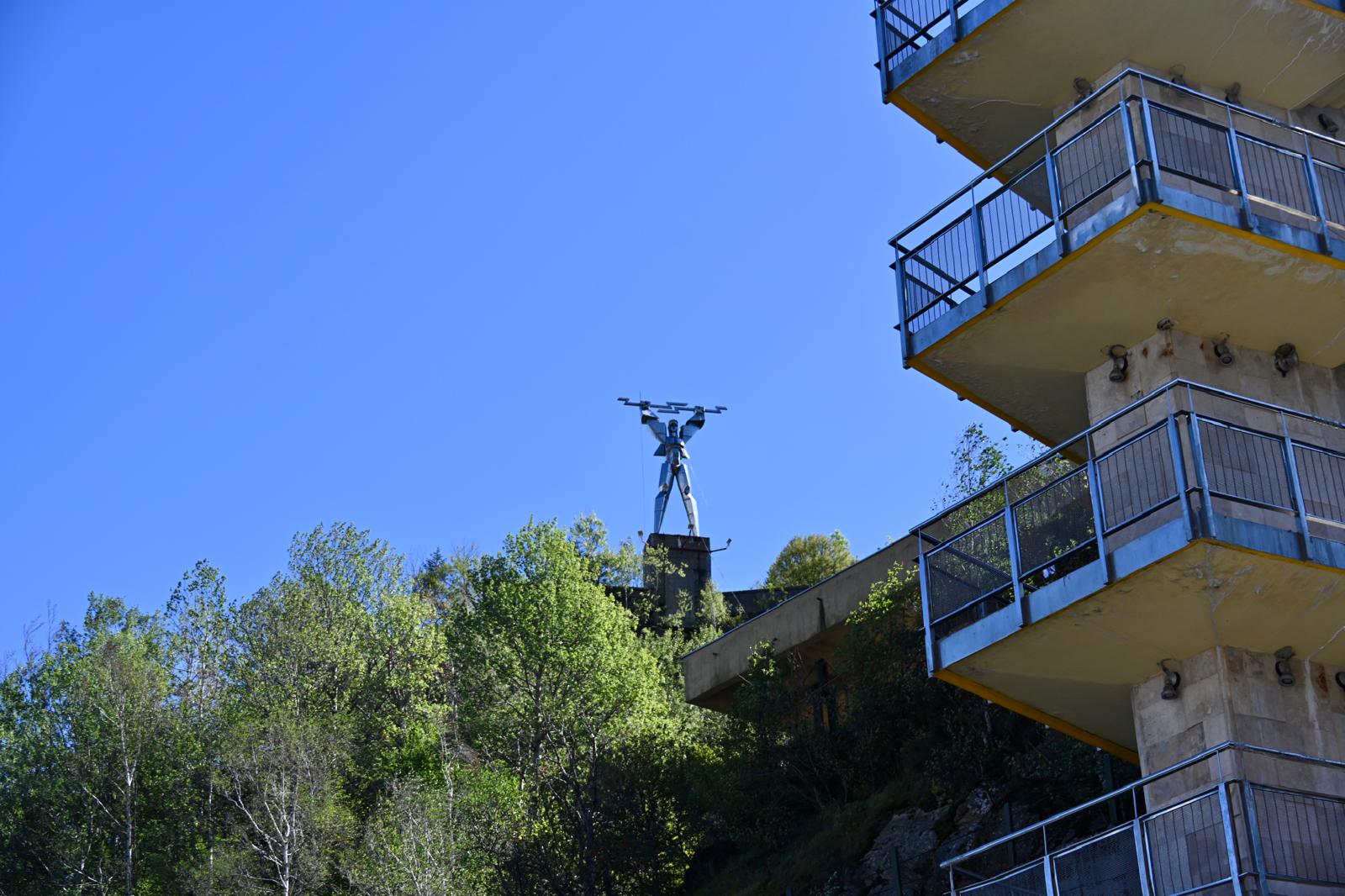
From here we could also see the fort that Vlad the Impaler (probably the source of the Dracula myths) built. More on the Dracula legends to come.

We stopped for a traditional shepherd’s lunch at a small stall just before the road started really climbing. Two big pots were bubbling away, one containing sheep meat and the other smoked pork. Lunch consisted of a big helping of each, along with a slab of polenta and a pickle, and another big ball of polenta with sheep cheese inside. It was pretty rustic, and the sheep meat was pretty tough but it all tasted okay.


After lunch we started the climb up the Transfargarasan Highway. This highway was built during the Communist era, primarily for military reasons. The military built the road from the dam through to the top, where a 1km long tunnel cuts through to the other side. A road leads off to the right about halfway through the tunnel, still out of bounds – for military only. There is a marker every kilometre with details of distances and every 100m another marker. In certain areas, the road is covered with a concrete roof, I assume to protect from avalanches. I cannot imagine the labour involved in creating this road with its massive switchbacks. It is pretty impressive.


After the tunnel, we stopped briefly to take photos of the road down the other side. There were lots of roadside stalls, most selling cheese, sausages and dried meats. A cable car leads up this side of the hill, the only way to get up when the road is closed from the first snow until 1 July. Apparently an ice hotel operates up on the hill over the winter. The cable car was not working today due to high winds.





Halfway down the road is a monument showing where the military road crews met the prisoner crews that were building from the other end of the road, after it had been decided to make the road available to the public.
About 45-minutes later we arrived in Sibiu, which used to be the capital of Transylvania. It is one of the seven cities that were fortified after the biggest Mongolian invasion in 1241. After checking into our accommodation at the lovely Artisans Boutique Villa, I went for a walking tour around the town with Florin while Roger sat in a nearby bar enjoying a beer and cigar.
Sibiu is a really lovely town with lots of pastel coloured buildings. It has a lot of history and many things to be proud of: the first iron bridge in Romania – 1859, the first beer factory – 1717; the first hospital – 1292; and the first mint – 1350 to name just a few.





We visited the Catholic Church, dating from 1733, with its impressive stained glass windows and fresco. It also has an interesting heating system for the pews.




We also visited the newer Orthodox Church, built in 1910 to resemble the Hagia Sofia in Istanbul. Despite the fact that both these religions started the same – the Orthodox Church only started in 1054 as a breakaway from the Catholics, the churches today look very different.





There are three main squares inside the fortified part of the city. Back in the day, executions were conducted in the main square. It was also in the main square that another unique feature of this city started. All the houses have vents in the roof. Meats etc were hung in the ceilings to cure. The mayor at the time changed the shape of the vents in his house to resemble eyes, saying that it would enable him to keep an eye on visitors. In 1703 apparently he made a comment that only the Germans in town (about 10% of the population) were paying taxes and complaining that the Romanians didn’t want to pay tax. After this he was decapitated in the square. From then on, a number of the German citizens built their houses with the same eye shaped vents in their roofs. In Sibiu the walls don’t have ears, but the roofs have eyes….


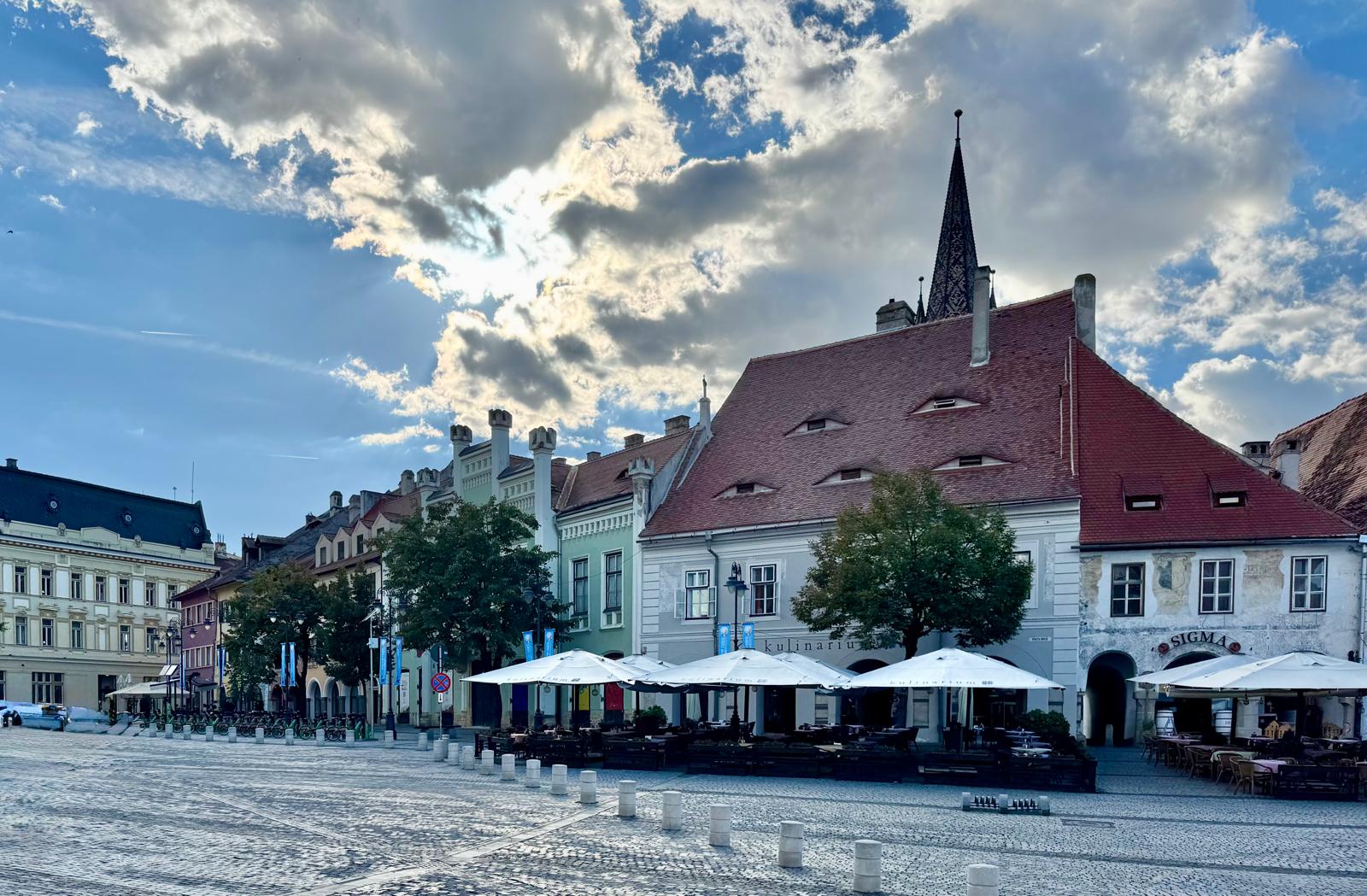
Friday 19 September 2025: Sighisoara and Brasov – Roger
As we drove out of the city of eyes we headed into the countryside, where there is lots of cropping and large mobs of sheep. The sheep are accompanied by local Romanian shepherd dogs, which stay with the flocks overnight to protect them from wolves, bears and other such predators. These look like a mixed breed of dogs, some quite big, but they seemed quite friendly as they drove the mobs of sheep across the paddock with the shepherd.

The hay is in the process of being baled at the moment with both hay and lucerne, some in the process of being cut and others having already been baled. We watched as mowers went round the paddocks followed by tedders, putting the hay into line ready to be baled. There were also large crops of corn, some which had already been harvested and others we saw being harvested. The other big crops here are sunflower seeds, most of which have now been harvested but some stood ready to be harvested, and sugar beets.



Our first stop was at the small village of Alma Vii, which is a very old town dating back to the 1400’s. Back in the day the villages didn’t have enough money to fortify the whole town so they fortified the church. When the town came under attack everybody withdrew to the church and defended themselves there. There were walkways around the walls with arrow slits where the locals could shoot their arrows from. There were also a number of towers, one of which was where the locals would hang their meat and collect their weekly supply every Sunday, and another to hold the grain, which was once again collected every Sunday when the locals came to church to get their week’s supply. There was also an old bell tower, which we were able to climb to the top of through some rather rickety and narrow, probably more ladders than stairs and tap the bells to hear the sound they made. We also climbed the meat tower, where we got views over the town and out into the country. We could see farmers going about their business, some with their horse and carts and others with tractors. This church and and its fort had just been restored and our guide hadn’t been there before so he was quite excited he was taking us there for the first time. If you organise in advance you can also get a traditional meal there prepared by the locals.


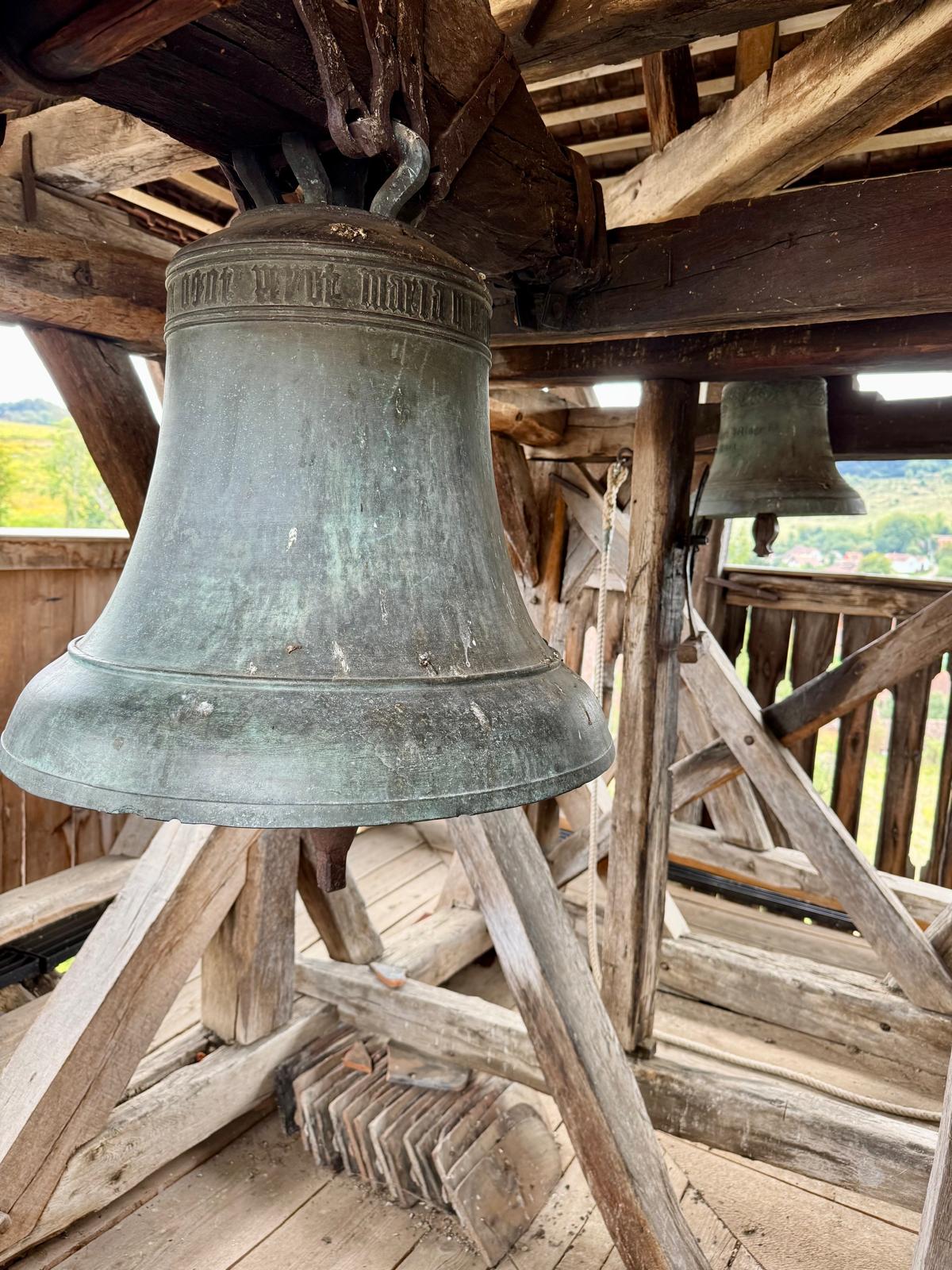



The next stop was another fortified church at Biertan. This one was a bit more substantial and had three layers of walls protecting it. Back in the day the river flowed right around the fort, I think between the second and third wall to make it even harder to attack. There was an impressive locking mechanism on a rather impressive door inside the church. It even won an award in Paris in the 1500’s. The priest here had set up a ‘prison’ for couples that confessed to marital difficulties. He locked them up together in a small space until they agreed not to get divorced.






Driving a little further we came to the fortified town of Sighasoara, dating back to 1280. There were seven fortified cities in the region and about 300 fortified churches. It’s interesting that even back then they had managed to fit three churches in the town, one Lutheran, one Catholic and another Lutheran church that was dedicated for women and a was up some steep covered stairs.



We enjoyed a nice lunch at a local restaurant before exploring the town. I particularly enjoyed the pork and sausages, which were rather tasty. After lunch we wandered around the town, admiring the walls and the nine remaining towers (there were originally 14). Each tower was owned by one of the guilds and they were responsible for maintaining it and defending it. There was one for the shoemakers, one for the leather workers, one for the blacksmiths etc. This town even had a massive town hall behind the walls. As we looked across outside of the walled town, a massive new Orthodox church had been built there. Interestingly, since 1990 they have been some 1900 churches built by communities throughout Romania but no new schools and no new hospitals as the churches are built and paid for by the community.




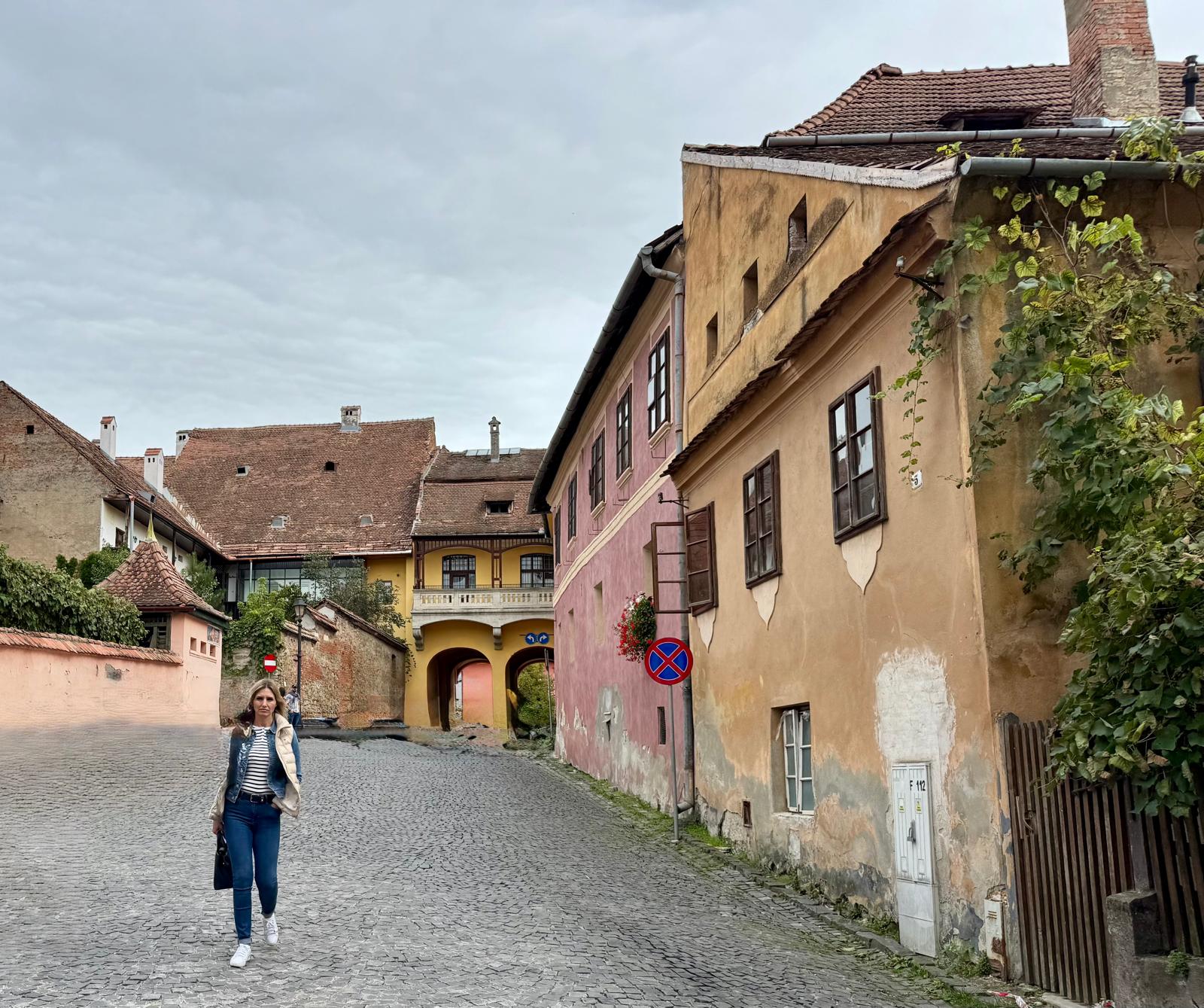

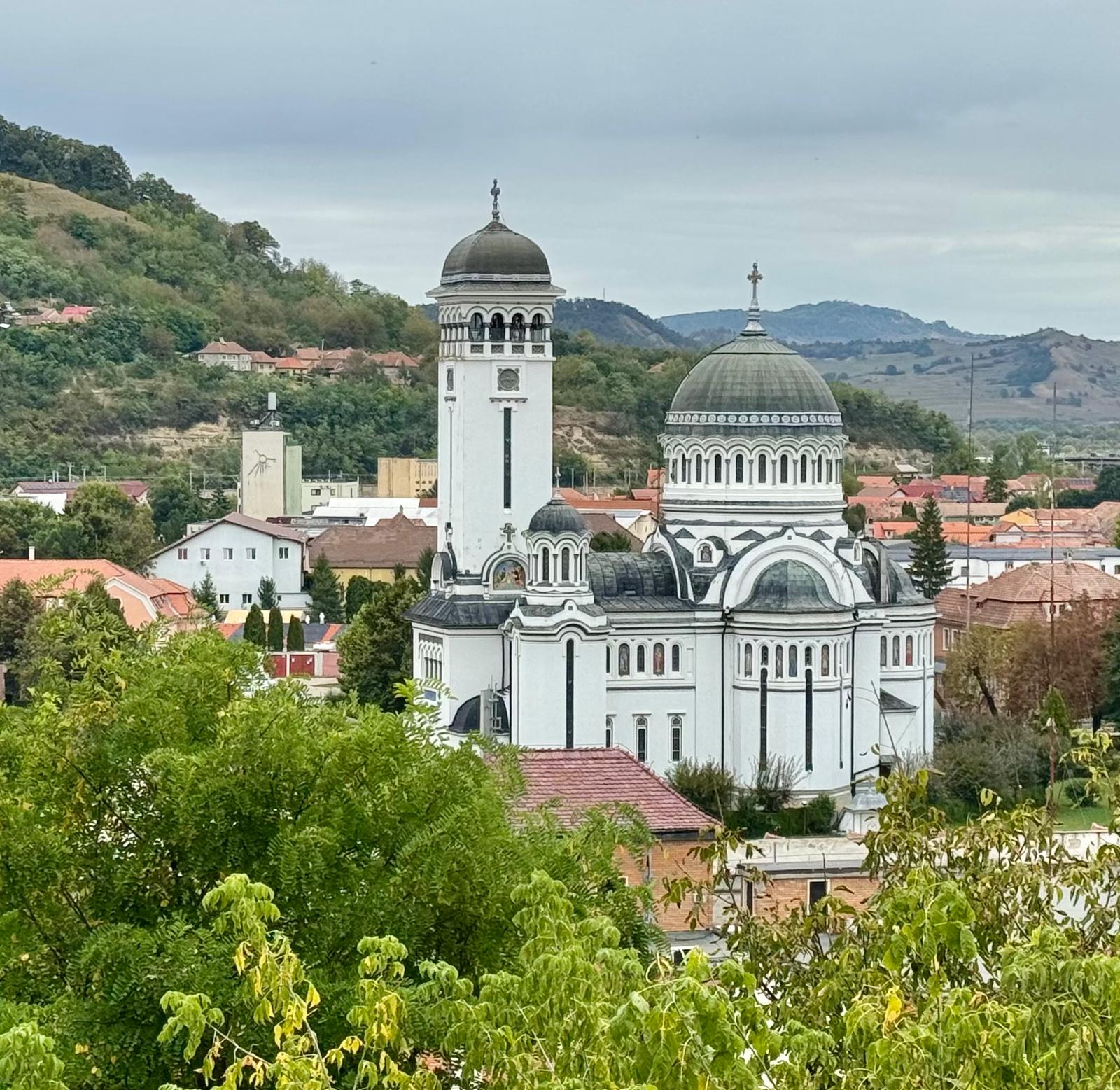
There was also a house in Sighasoara where Dracula was born in 1431. His real name was Vlad. Apparently he got the name Dracula because it kind of means ugly/evil. His father used to make coins to be used in the community which had his face on one side and I think a dragon on the other, but they were so badly made that he was nicknamed Drac meaning ugly/evil. The nickname stuck and his son became Dracula or son of Drac.
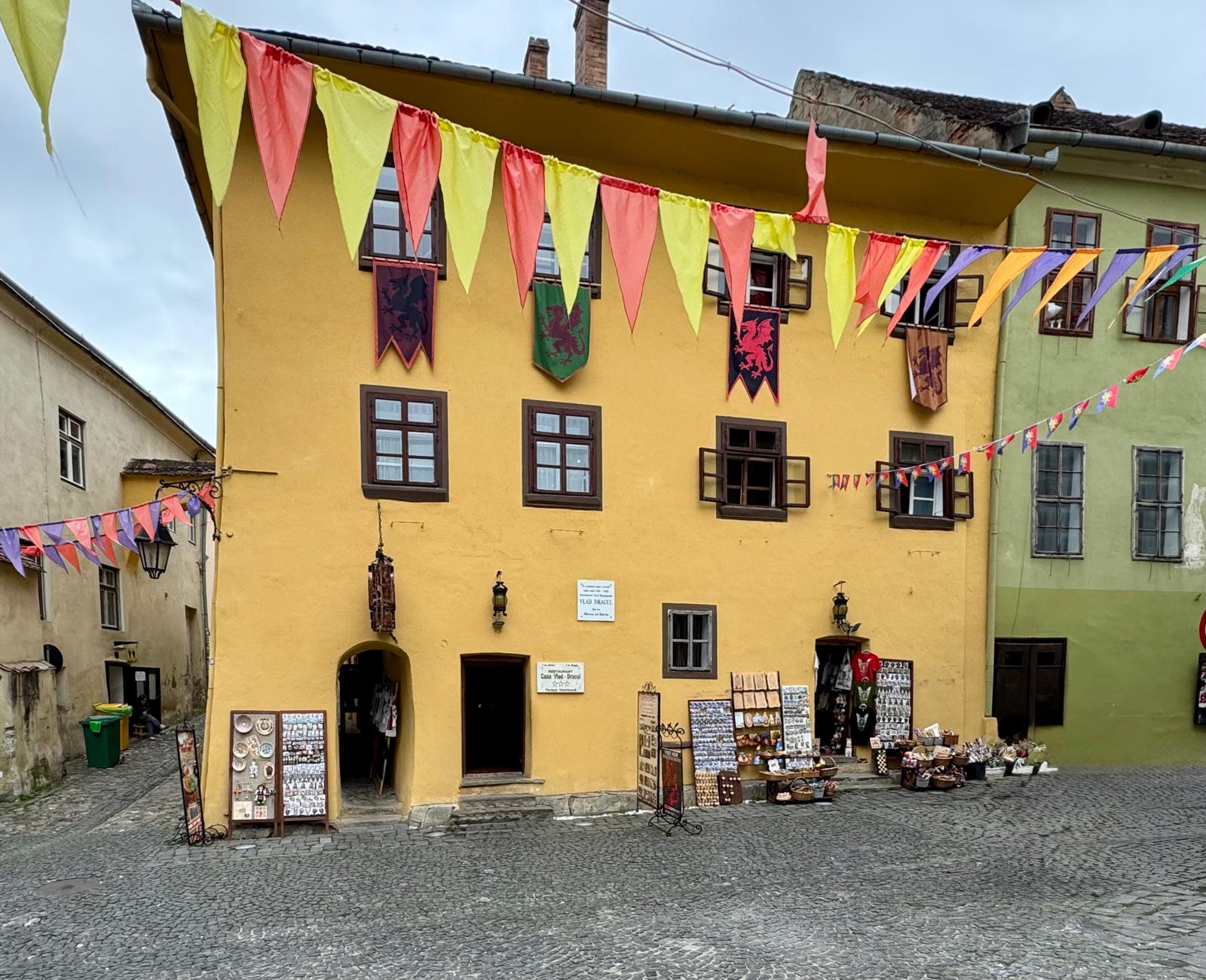


The next stop was a house in the small village of Viscri, owned by King Charles III, who bought it some years ago when he was the Prince of Wales. He used to come and stay here every year and apparently still comes to Romania every year since he has been King but doesn’t stay in this place. It has now been turned into a museum. There were lots of boards about King Charles and the Royal family but one interesting piece showed the lineage of the royal family going right back to Dracula. It is just as well the stories of the vampires are not true or the royal family may have a couple of fangs in place of their eye teeth.






As we continued, Florin pointed out a fort on a hill from the early days, which was like a hotel to house travellers and keep them safe as they made their journey. This one was situated about one-days journey from Sibiu, where we stayed last night, and one-day’s journey from Brasov, where we will stay tonight, making it an important half way stop. It had been hit by a large storm or tornado in 1780 and nearly destroyed; it is the in process of being rebuilt. Apparently at the same time in the same storm another town was destroyed quite some distance away. There is so much history in this country that it is impossible to write it all down; it would be a volume of an encyclopaedia in itself so I’m trying to keep this relatively brief.

Eventually we reached the city of Brasov, which is a city of some 250,000 people and was originally a fortified town. We headed to the white tower on the hill overlooking the city and also got a view up onto the mountain with the city’s name on it. There is also a cable car that runs up there that was built during the communist era.


As we headed to the Schuster Boarding house, well hardly a boarding house but that’s what it’s called, we passed the University where they had knocked down the fortifications to build it. The old city with its narrow streets and alleyways is quite charming and the receptionist at the very nice, boutique hotel was very welcoming. We both enjoyed a massage in the small spa downstairs, a pleasant way to end the day.
Saturday 20 September 2025: Brasov, Liberty Bear Sanctuary and Pelés Castle – Sylvia
The Schuster Boarding House, despite its name, is a very pleasant and comfortable hotel. We slept well and enjoyed a very good breakfast. We will stay here again tonight. Florin met us at 9am and we headed off on a walking tour of Brasov. This city of ~250,000 people has retained the character in its old medieval heart. It is impossible to really explain the history but like the other fortified cities we visited it was fortified in the 1200’s with the support of the Germans. At that time the Lutheran religion became more prominent. Many of these towns have a huge German or Saxon influence.
We first walked down Rope Street, a very narrow corridor covered in graffiti. Narrow alleyways like this were built throughout the town as a way for fire-fighters to be able to get quick access between the streets. As Roger put it “they must have had very small fire engines”. Today, this is the only one remaining, the rest have been widened as buildings have been knocked down.

We walked outside of the old German gate. After the devastating fire of 1689, which destroyed almost the entire city, the German’s blamed the Romanians and when the city was rebuilt, the Romanians had to build their houses outside the city walls. There were separate gates for the Romanians to enter the city and one of these still remains. In my opinion it is much prettier than the austere German gate. Most of the city walls have now been destroyed.


We walked past Vila Katharina, which used to be the home of the girlfriend of Vlad (Dracula – Roger wrote about how he got named Dracula yesterday). He had three children with her and she was the love of his life. He ruled Wallachia for two different periods of time and was imprisoned for a time in between. The history here gets complicated – something to do with his cousin giving him up but they later made up. Apparently when he was in prison Katharina was given a very hard time by many of the local people. She was German and in theory was not supposed to be in a relationship with a Romanian. When he was released from prison he was very angry and rounded up all the people who had made fun of her and impaled them in the main square of Brasov. He was generally well regarded by the people because he fought against the Ottomans. He was extremely tough on his enemies though and impalement was his favourite way of dealing with them. (It was a fairly common form of punishment back in those days). Thus he became known as Vlad the Impaler. It is this gruesome way of dealing with his enemies, combined with the nickname of Dracula that gave rise to the legend that was popularised by Bram Stoker, even though there is no truth at all to the vampire legend.

We walked past the Black Cathedral, which was one of only two buildings to survive the fire, and got its name after turning black from all the soot. After being restored it is now more grey in colour but seems to have retained its name. It was originally a Catholic Church, constructed over 100 years, finishing in 1477. It was changed in 1543 to a Lutheran church due to the increasing German population in the town. The old town hall was the only other building to survive the fire. Apparently all the other buildings were made of wood. After the fire the city was rebuilt all in brick and stone.


Florin left us to wander around the pretty main square and poke our heads into the small Orthodox Church while he went to get the car. We met him again outside a striking pink building to head to the Libearty Bear Sanctuary.



We drove about 40-minutes through the city and surrounding industry and then countryside, eventually arriving at the sanctuary. Prior to Romania becoming part of the EU, it was common for brown bears to be kept privately, generally in appalling conditions. Restaurants and service stations often kept a bear in a small cage for entertainment. Others were made to perform in circuses or kept in tiny zoos. One of the requirements of EU membership, which was achieved in 2007, was a change in the laws, banning private ownership of wildlife. This law was passed in 2006. The sanctuary, which opened in August 2005 now cares for 130 bears on 69 hectares of land. Relative to wild bears this is still a relatively small space, but compared with the cramped cages they used to live in, these bears now live a luxurious existence. Unfortunately they cannot be released into the wild as they have no natural skills and don’t even know how to prepare for hibernation. The sanctuary stress that they are not a zoo and only allow visitors through one of 5 tours a day, all in the morning so the bears get a break from people.
We were first shown a brief, heart-wrenching video showing how the bears used to be kept. We were then guided along a ~2km path, stopping regularly to look at some of the bears and to hear their stories. The sanctuary provides about 2000kg of food per day, funded from the tourist fee. The bears are all behind electrified fences and are free to roam within large spaces. Staff only enter the enclosures to provide necessary medical treatment. Food is thrown in to ensure the bears live as naturally as possible. Obviously I would much rather see animals in their natural environment but I can definitely see that these animals have a much better existence today. I was proud to see that Mars and Royal Canin are sponsors of the sanctuary.




We then drove another hour or so to the tourist area of Sinaia. This is a lovely town in the Carpathian Mountains. As with tourist areas the world over, there are large holiday homes and row after row of market stalls selling mostly Chinese goods. As well as the beautiful scenery, and in the winter skiing, the main attraction in the area is Pèles Castle, built by King Carol I, the first king of Romania. In 1870 he rode his horse from Bucharest. He stayed overnight in the area in a local monastery and decided he liked the area so much he wanted to build his summer palace there. He liked it so much it became his permanent residence. It was the first fully electric palace in Europe.


We stopped just outside the palace for lunch. Entrance to the palace is managed by time zones. Florin had it worked out perfectly. Our entrance time was between 12:30 and 2:30pm. After lunch, we arrived at about 2:15pm. There were queues outside of people waiting for their entry time starting at 2:30pm. Inside though, we were almost on our own and felt like we had a private tour of the magnificent place – we were always ahead of the crowd. Having visited numerous castles and palaces over the years, we both felt this was the best one we had seen. It is still a clear display of exorbitant wealth and excess but there was something quite appealing about it. One of the highlights for Roger was, of course, the armoury. The photographs will not do it justice but I could not begin to try and explain it either.
















After exploring the castle, we went to visit the monastery. The initial, quite modest monastery was built in 1695 by Prince Mihail. In 1870, King Carol I stayed in the monastery, and ended up living there for 10 years while he built the castle. He built the newer, larger monastery as a form of thanks. Interestingly he also built synagogues and mosques in Romania during his reign – quite inclusive for that era.






On the way back to Brasov, we detoured briefly to have a brief look at another castle. This one once belonged to the Prime minister of Romania and has recently been used for filming the new Addam’s Family series, Wednesday.

We arrived back in Brasov around 5pm. Florin has been an amazingly knowledgeable guide with a very interesting personal story. His driving has at times left me on edge. I have gritted my teeth but even Roger commented that I’d have given him a pretty hard time if he drove like that. Florin also has a healthy disrespect for the rules. This has worked in our favour as he has found us close parking places and back entryways. All part of the tour experience.
We decided to wander around the city a bit, exploring some of the back streets. It is much prettier than I had originally thought. We found a cigar shop, and a bit later a nice outdoor bar/restaurant, where Roger enjoyed his cigar and a couple of wines, while I indulged in a local Romanian desert specialty of a type of donut with sour cream and jam – delicious it was too. We had a lovely chat with a Romanian couple at the next table before taking the long way back to the hotel to explore this endearing city a little further.







Romania is a really interesting country. It has an incredible history, some really beautiful scenery and the people we have met have all been extremely welcoming and hospitable. Yet, I am left with a sense of discomfort too. Maybe it is still the hangover from communist days. One part of me would like to have had more time to explore other parts of the country and the other is definitely ready to head home.
Sunday 21 September 2025: Bran Castle to Bucharest – Roger
After a nice breakfast in the Schuster Boarding House, Florin picked us up and we were on the road again, this time heading to the Bran Castle. This is a castle that was originally built as a fortress – it almost looks as though it has been stuck to rocks on the top of a hill. The car park and surrounding area was full of large buses. We wandered through some shops and some markets full of Chinese junk to the gate where Florin bought some tickets from the machine. We joined the queue, which must have had about a thousand people in it. Florin tried to take us up the fast lane but we were directed back to the main queue. We stayed in that line until we were around the corner and then Florin lifted up the rope and guided us back into the fast lane. We walked past everyone merging only at the castle entrance.



The first room had pictures of all Romania’s leaders and kings dating back to 1211. There seemed to be a few gaps and it is quite hard to understand exactly what was going on. Not only was the country initially broken into three separate countries, but after the Romans, the different parts were at times ruled by different empires. The southern parts were under Ottoman rule and Transylvania under the Austro-Hungarian empire.
Bran castle was originally built as a fortress in 1211, on the border between Wallachia and Transylvania. It burned down and the current one was built in 1377, still as a fortress. It wasn’t until 1921 that King Ferdinand and Queen Marie, the second king of Romania and his wife, decided to turn the fort into their summer palace. Queen Marie was present at the signing of the Treaty of Versailles after World War I and arranged for the unification of Romania. In 1917 the French correspondent wrote: “there is only one man in Romania, and that is the queen”. She was also known as the soldier queen as she went to the front lines during the war to encourage the troops. She was also described as a true romantic, loving everything beautiful.
In 1921 they moved into this somewhat dingy castle. There was one floor for her and a floor for her husband above. Probably the nicest things on display were a frock that she’d worn at some point and a uniform from the Saxon knights, part of the crusaders that came through this area in the 1400’s. After visiting her quarters, we pushed up a very narrow staircase cut into the stone cliff, that led to the kings floor. Originally it had been hidden behind the fireplace and when the Ottomans raided the fort at one point they couldn’t find out how to get up to the next level. Some other stairs have since been added.





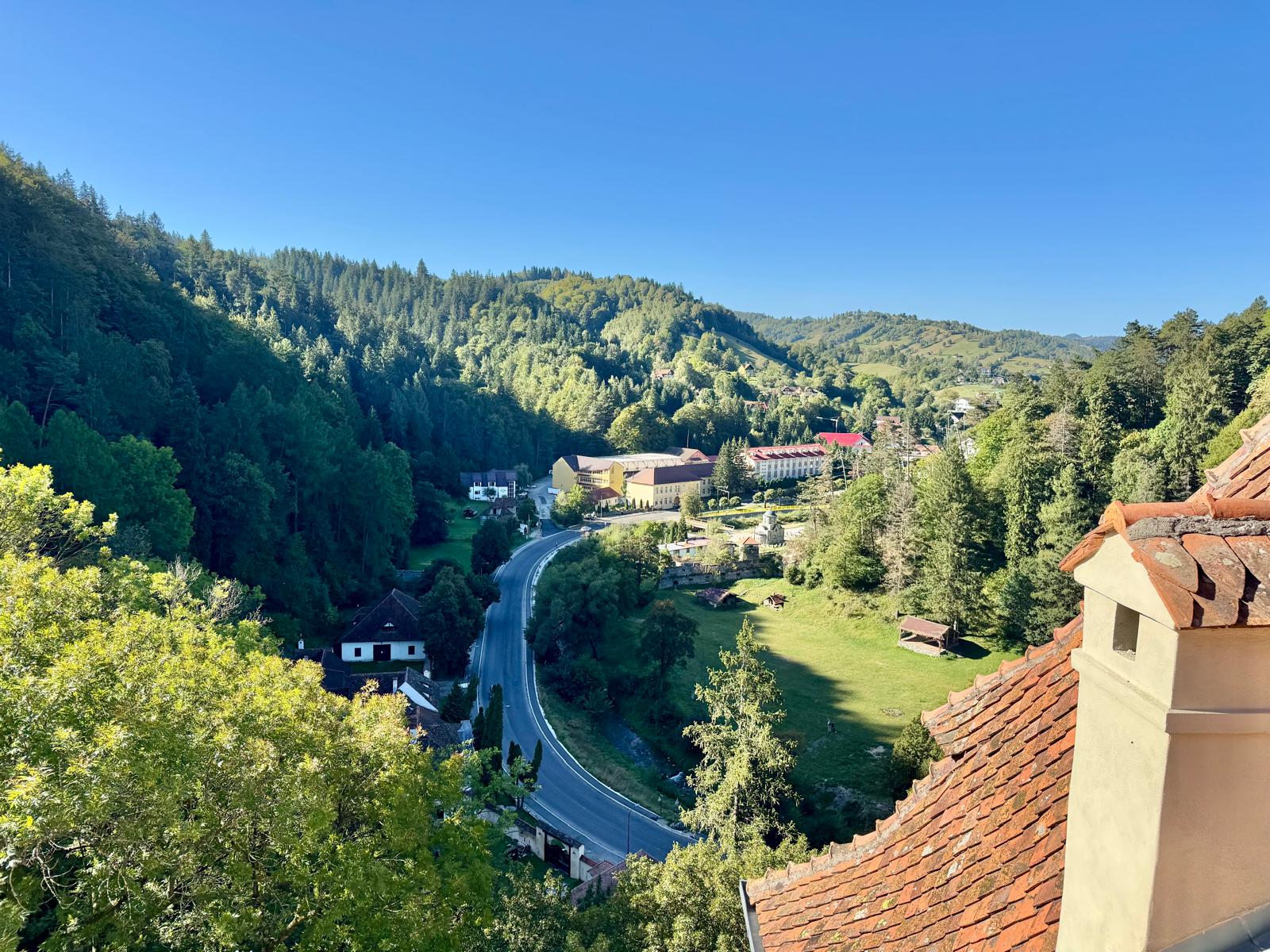
Next we came to a Dracula display with ghostly figures moving across the concrete walls, and a few other Dracula objects. Vlad the Impaler (Dracula) himself, never occupied this castle or any of the other castles in the country. However, the movie Dracula was made in this castle. Signs around the place indicated that they would have a scary, and maybe dangerous, Halloween here. There was a small torture museum that we didn’t bother to enter, and eventually a spiral staircase took us back down to the ground. As we wandered back down the path there were probably only about 500 people queued up.




The next four hours were spent in the car, with the first two just getting to the town of Sinaia, where we had been yesterday. Sinaia, with its two pedestrian crossings created quite a road block, with Sunday being the day everyone heads back to Bucharest. After that the journey sped up; the road took us over some tree-covered hills, eventually ending up on the plains, another massive cropping area, that runs all the way to the Danube. There was a new motorway just being started that will eventually run all the way to Brasov. Maybe if we come back in 10-years or so the journey will be a lot quicker, no doubt being funded by the EU.
We stopped for a brew at a cafe attached to a Service Station before making our way to the airport, passing an area with four oil refineries in it. Florin dropped as at the door and we made our way through security and immigration to one of the roughest business class lounges I’ve seen anywhere in the world.
The flight from Bucharest to Qatar on an A320 was only around 4-hours. As we disembarked from the aircraft somewhere in this massive airfield, a woman was there to greet us and escort us through security to the first class lounge to await our flight to Auckland.
In summary, over the last four weeks I’ve probably been into more churches than a good catholic goes to in a lifetime. This reminds me of a story one of the guides told us about a bus driver and a priest that turned up at the pearly gates. St Peter apologised and said we’ve only got one place so I’m going to have to check the records to see who deserves to go in. After checking the records he returned and ushered the bus driver in, telling the priest he’d have to go downstairs. The priest was shocked and asked why. St Peter said, well Mr Priest, you gave a sermon several times a week, but most of the people slept through it. The bus driver drove his bus every day carrying thousands of people who all prayed to God all the way.

That’s it for six weeks until we head off again.















